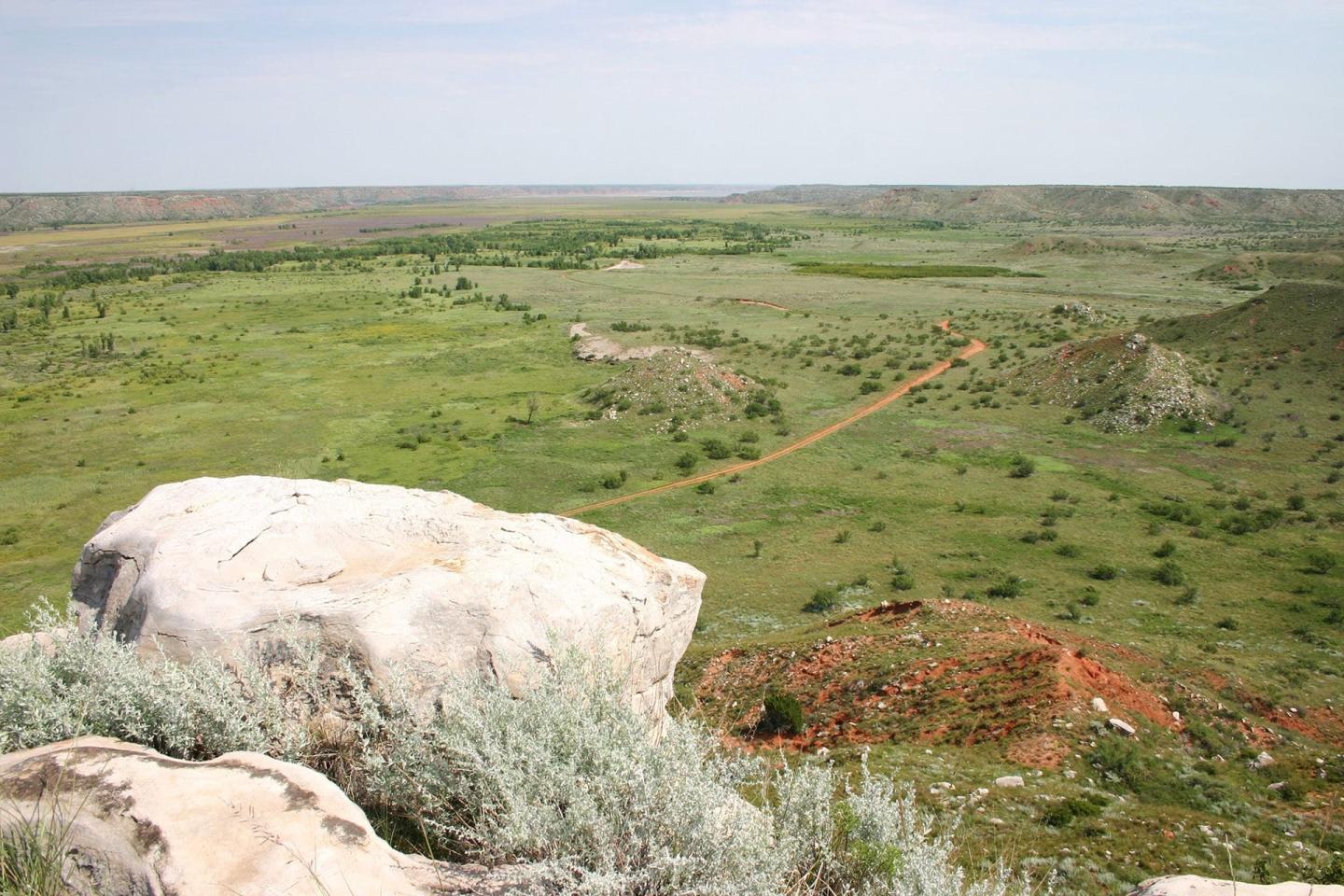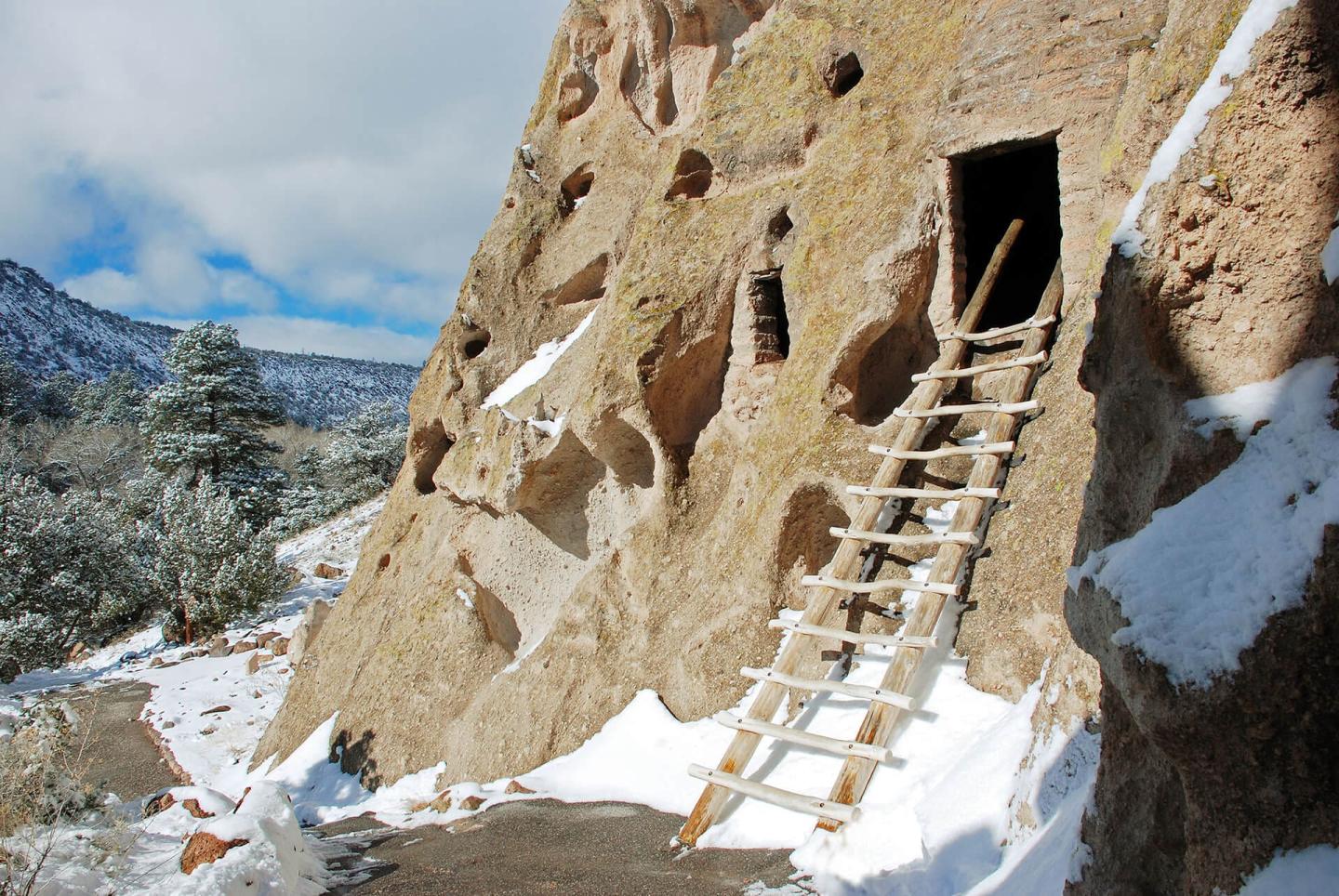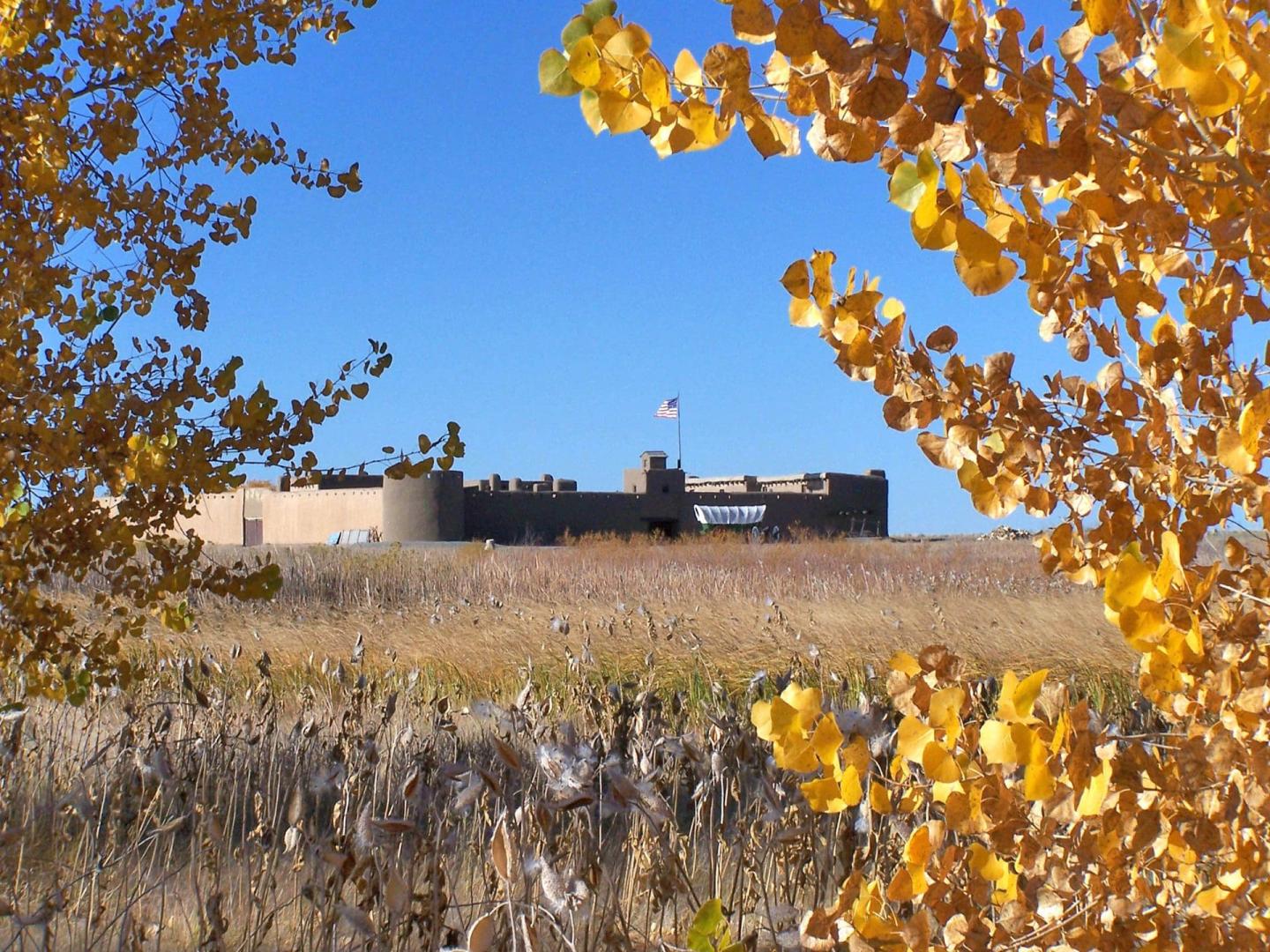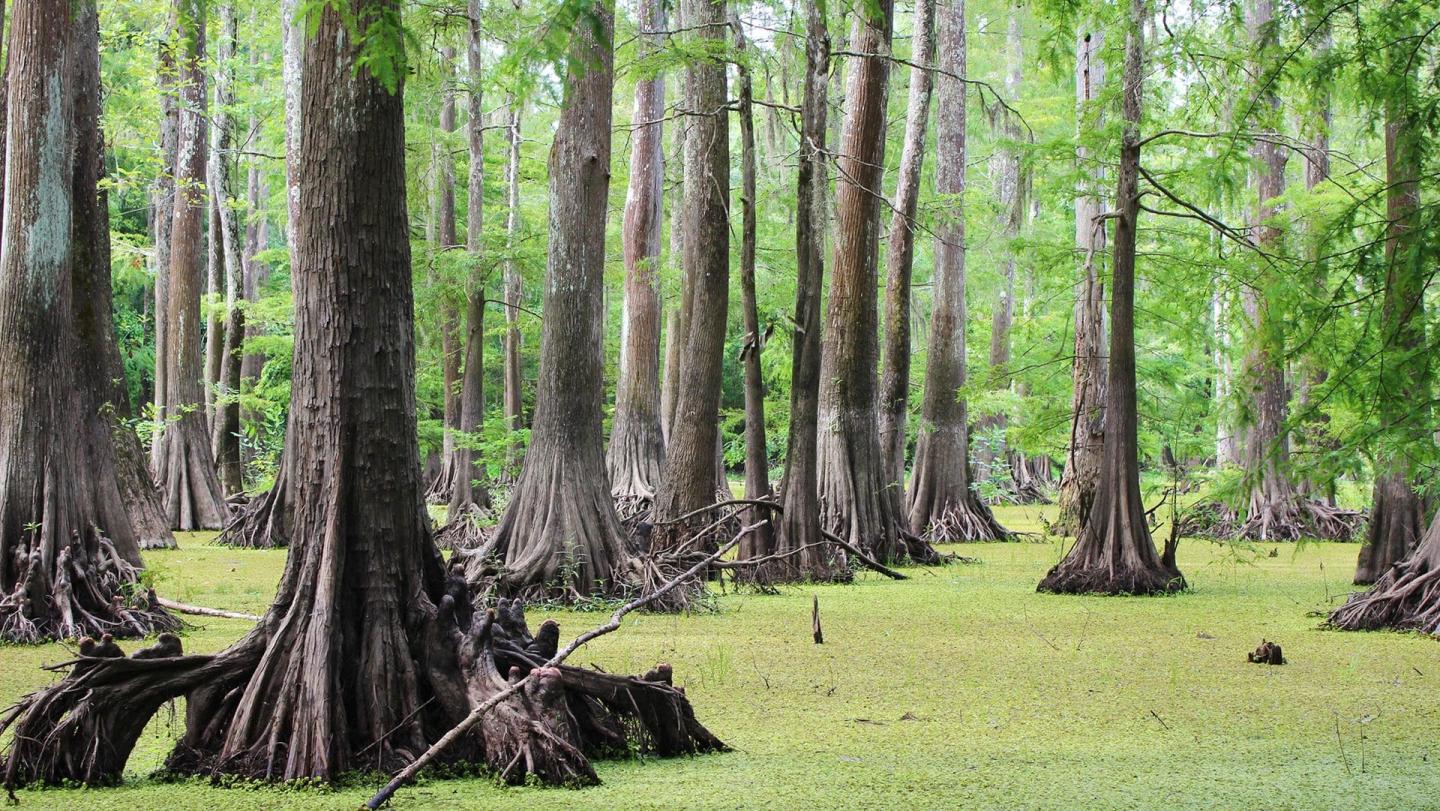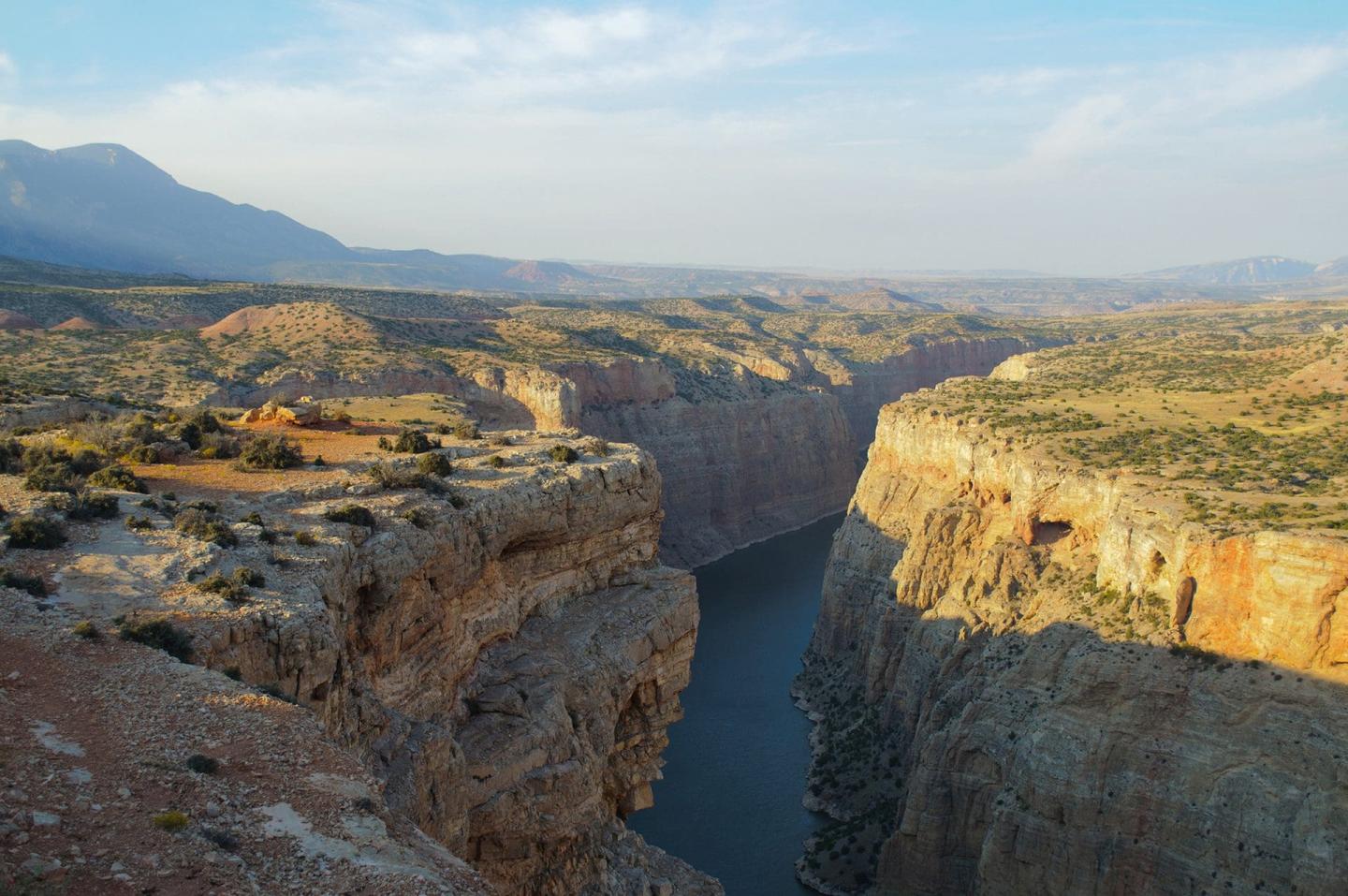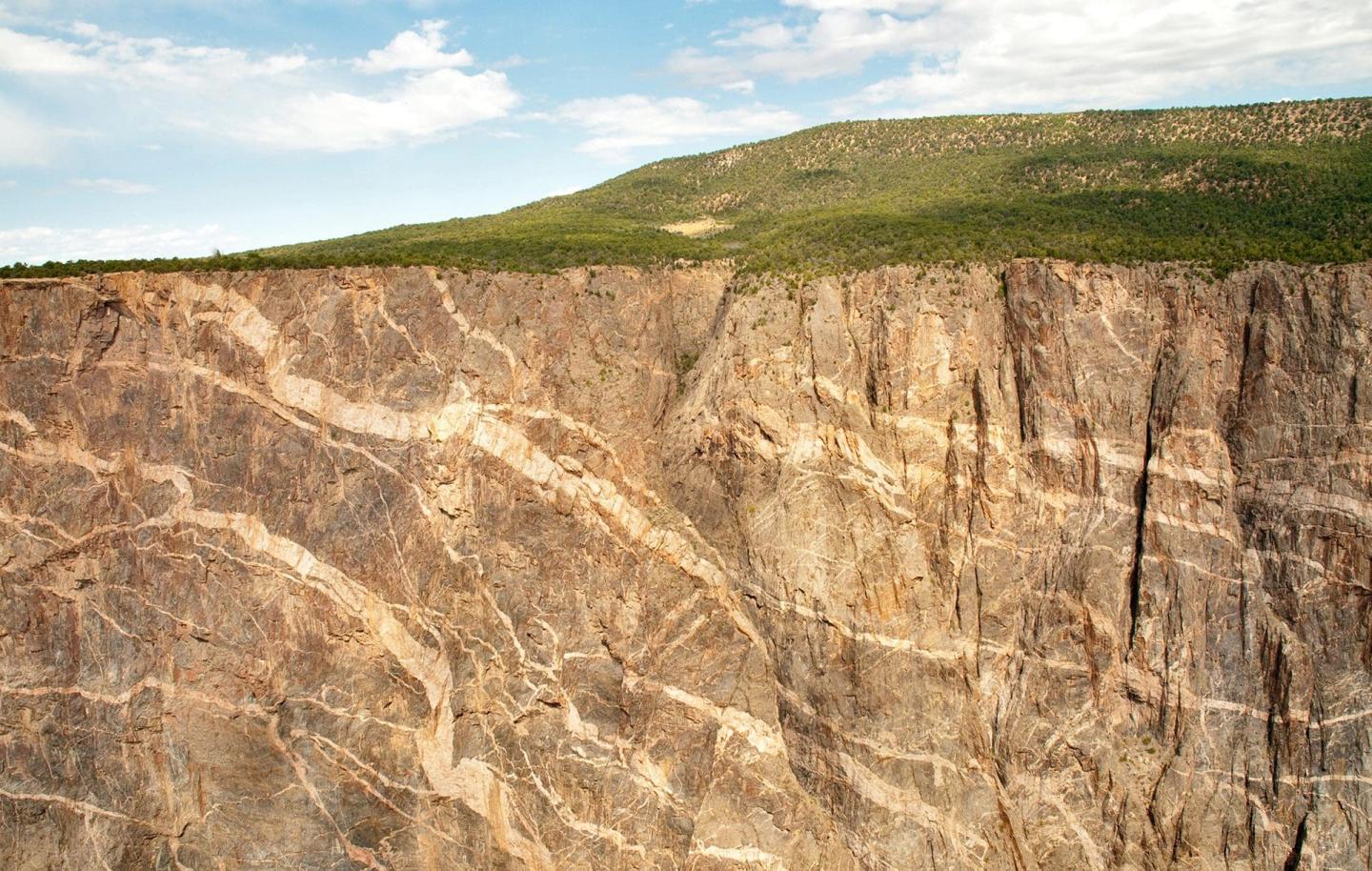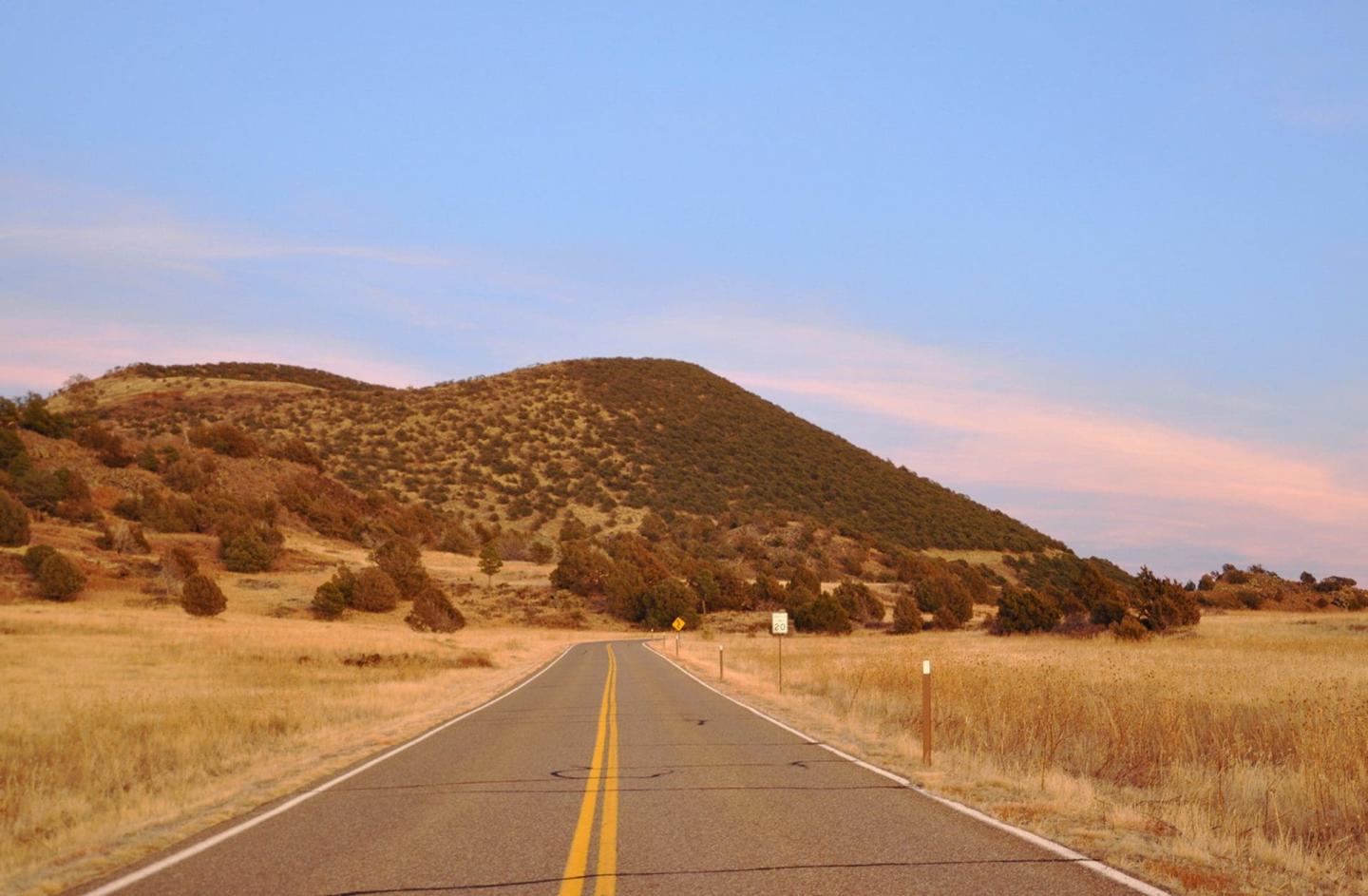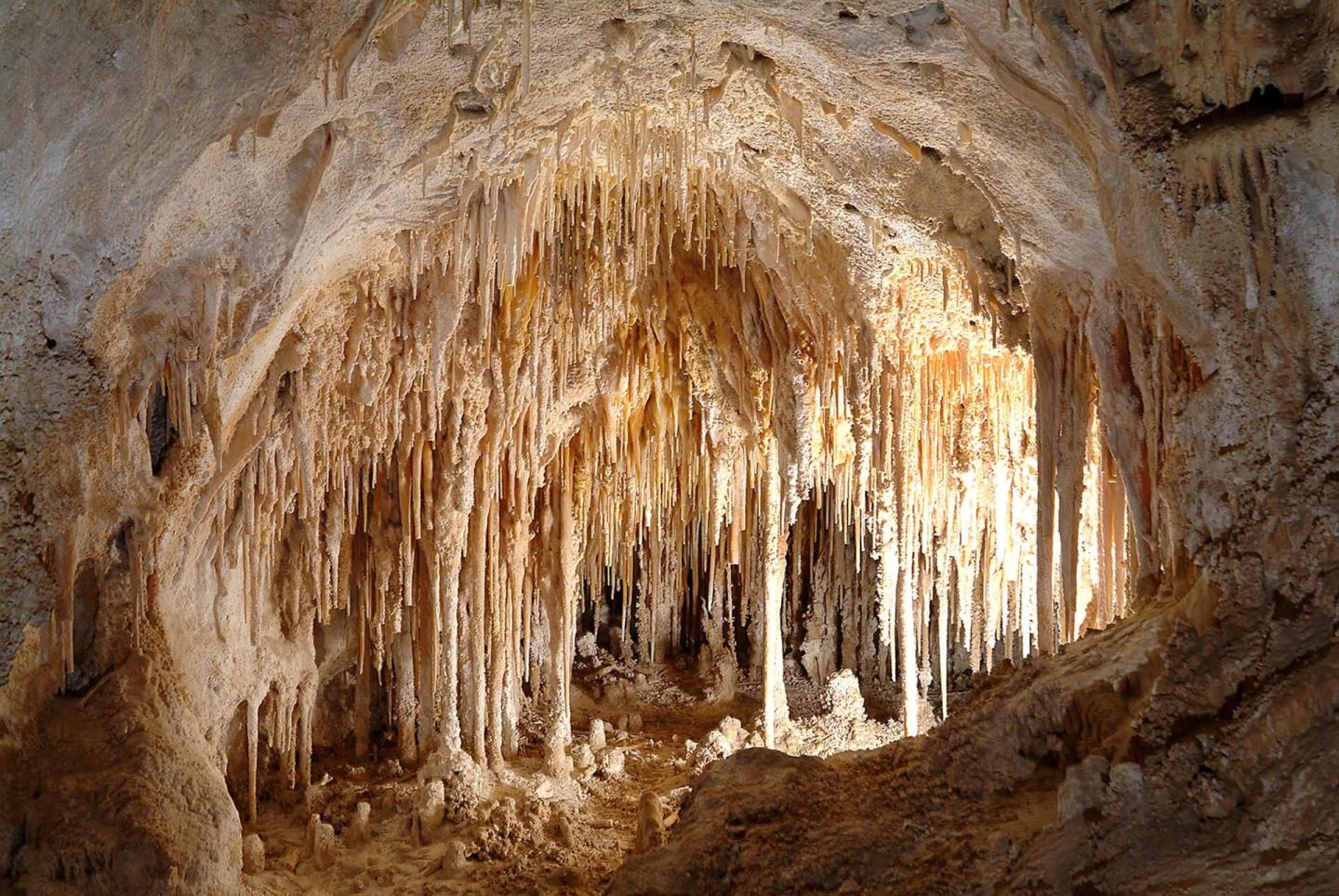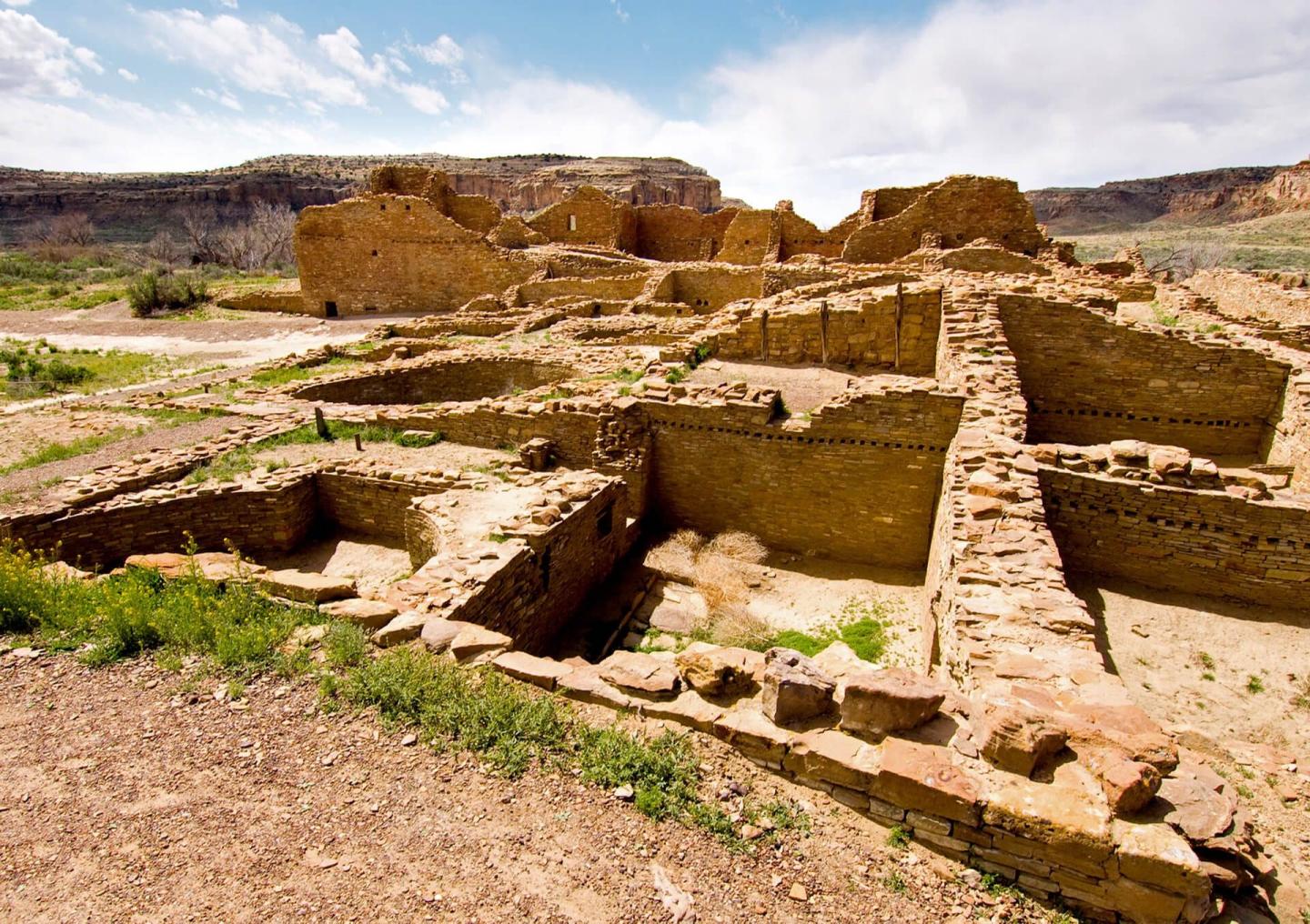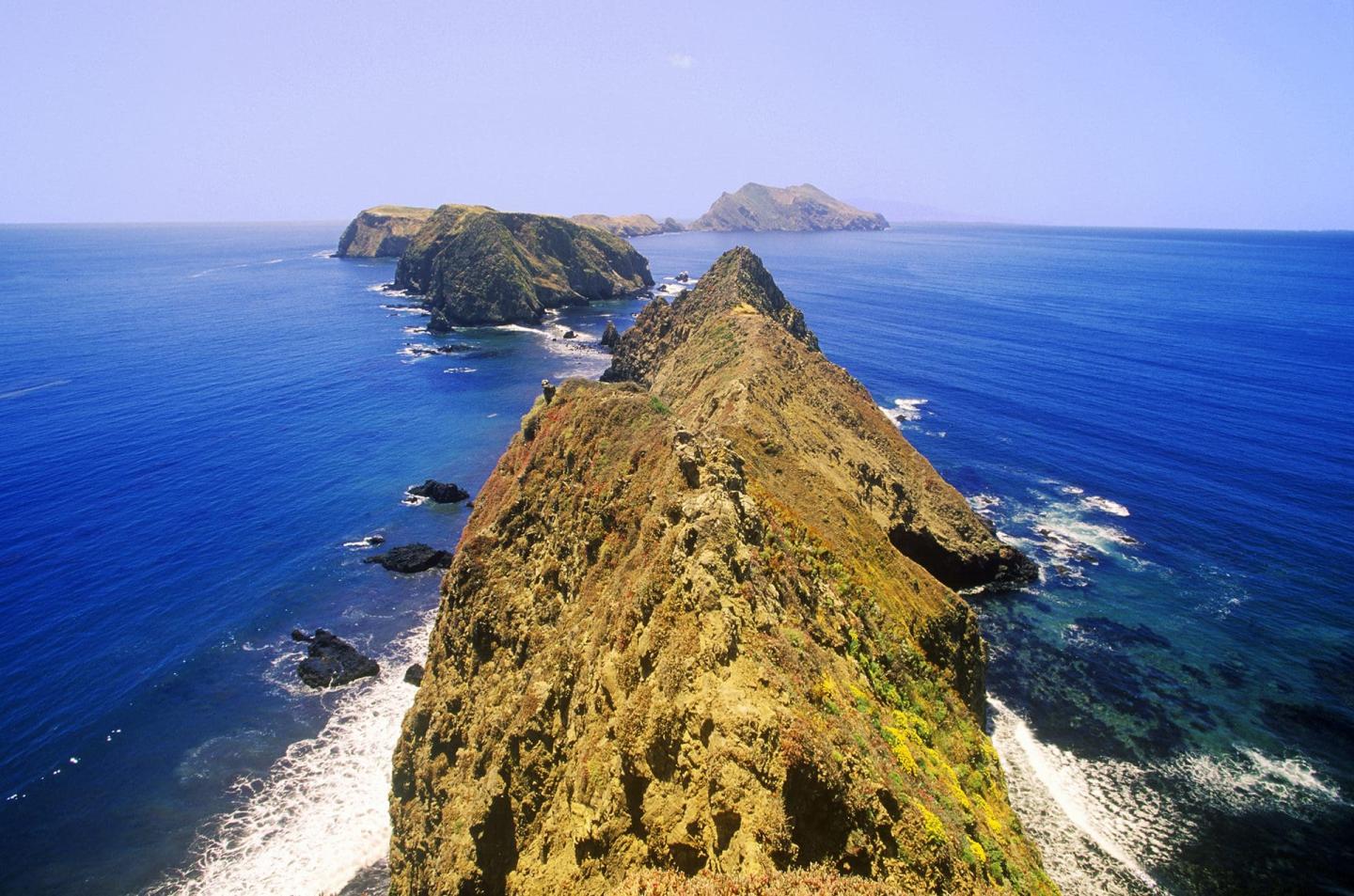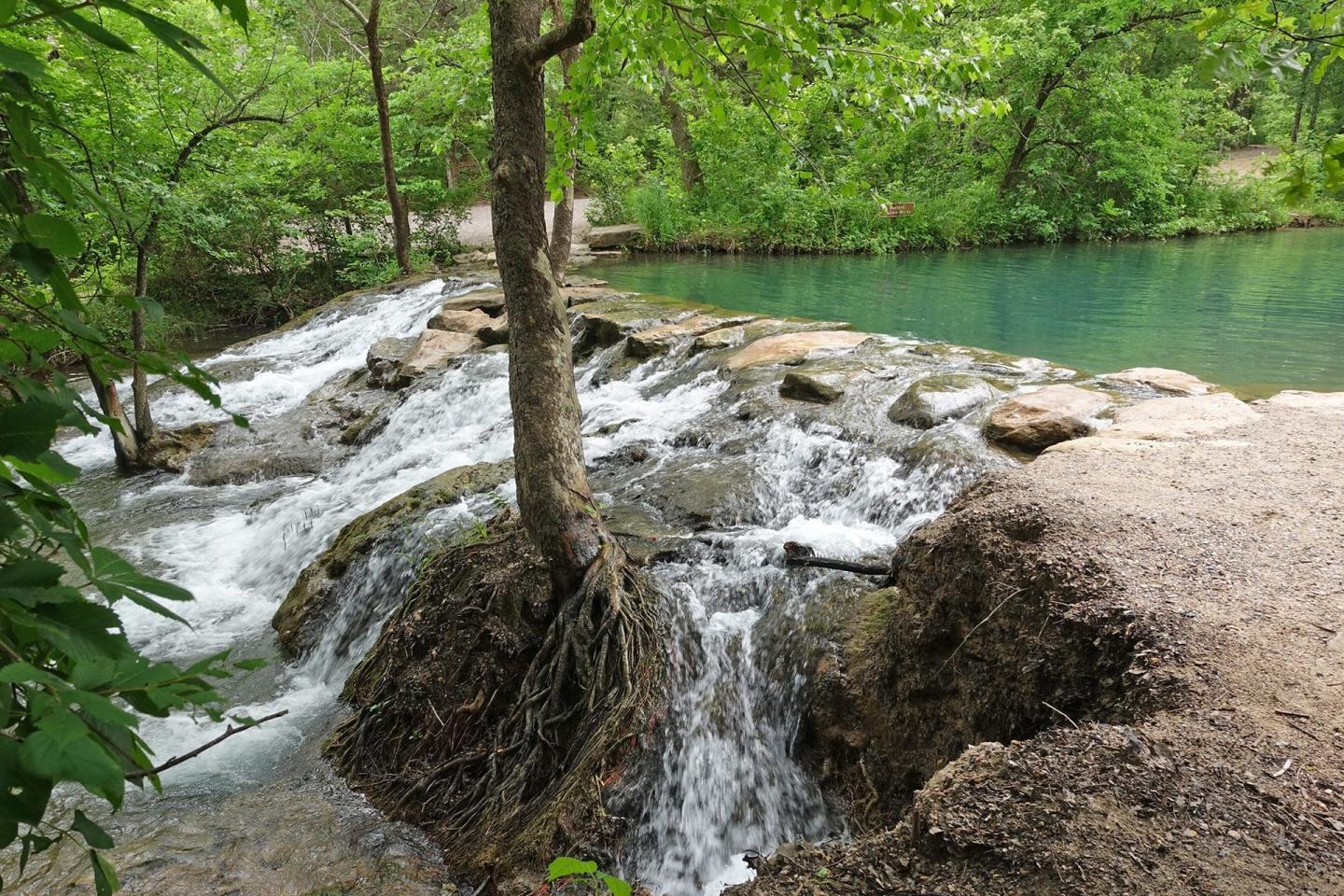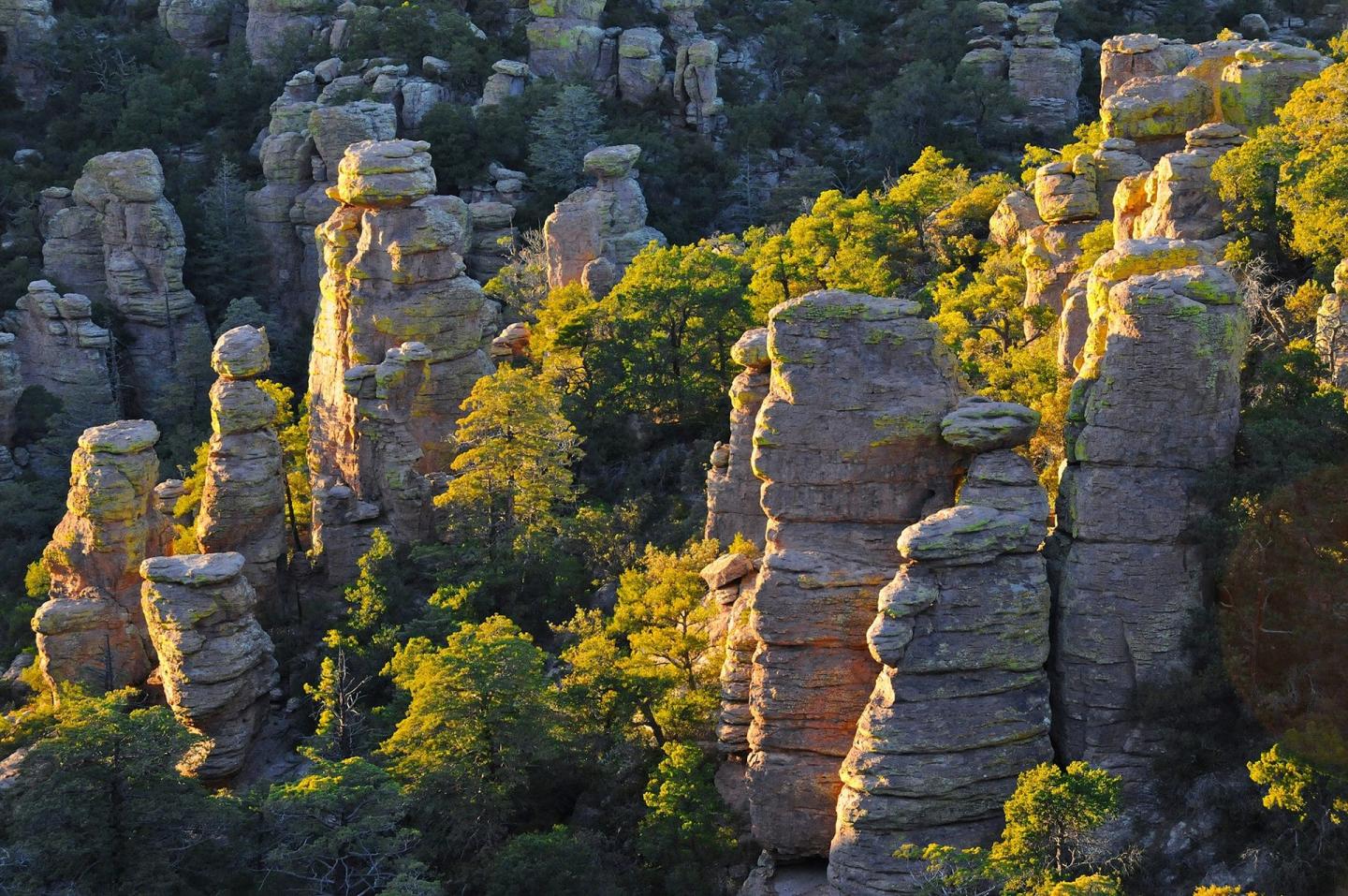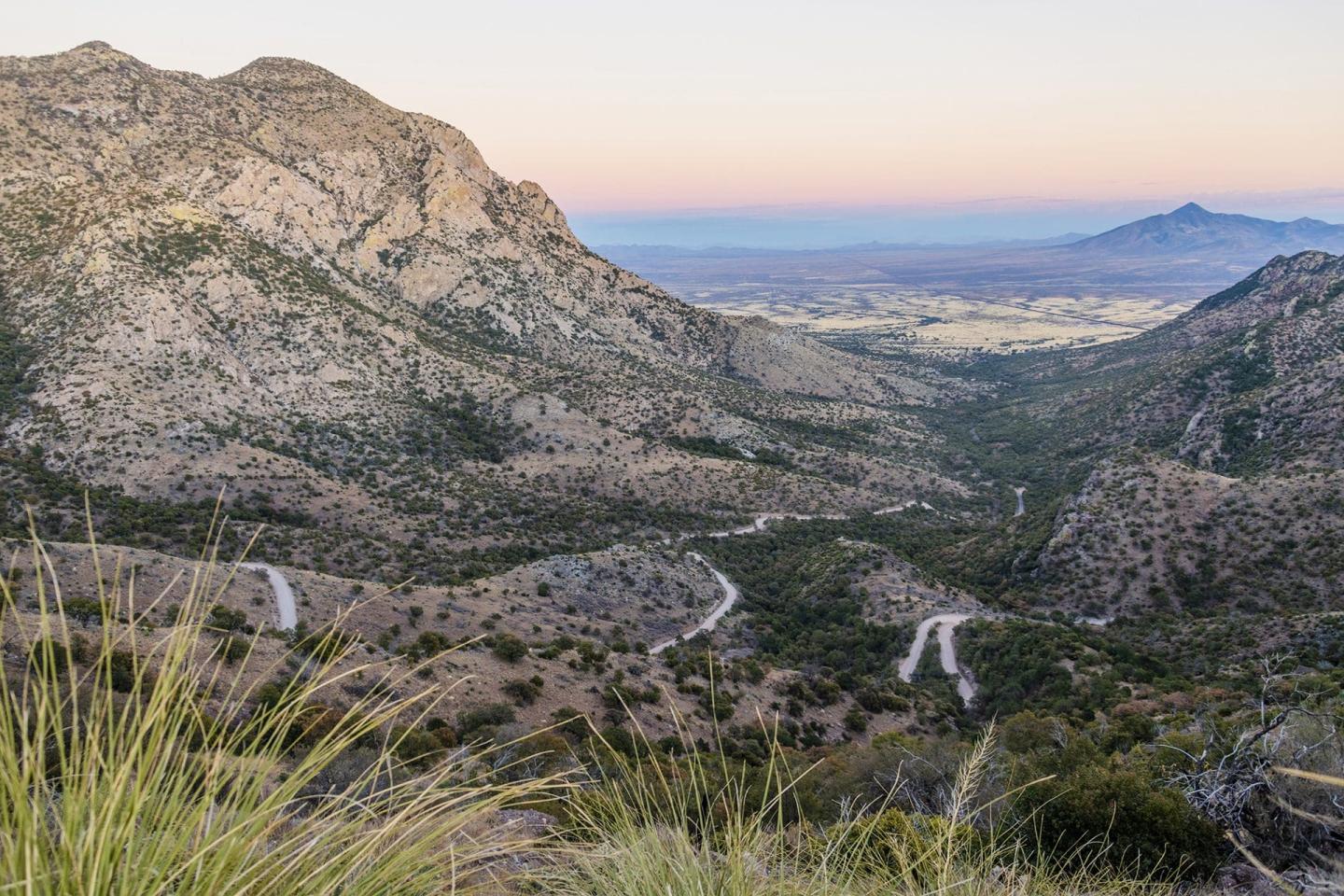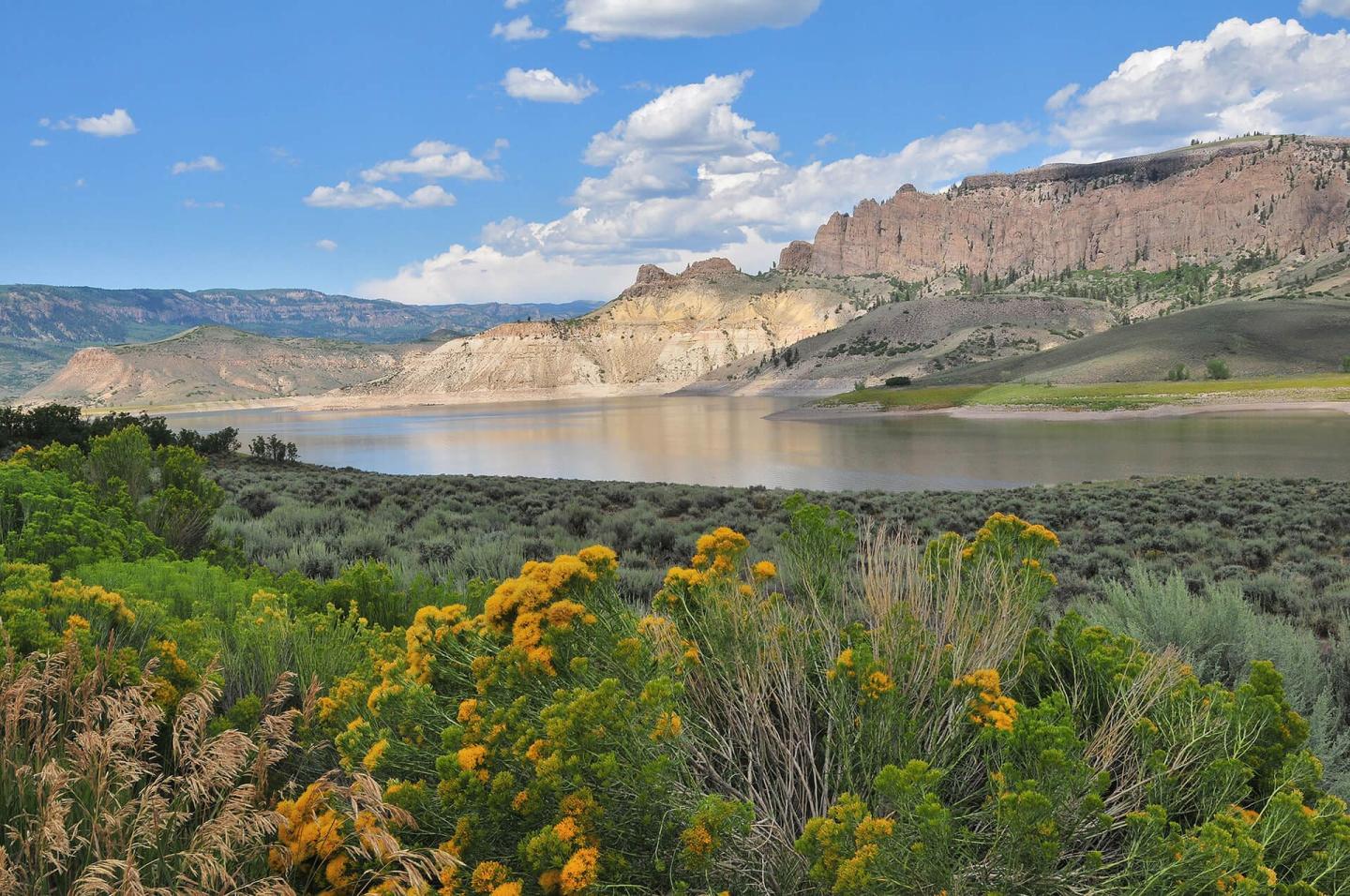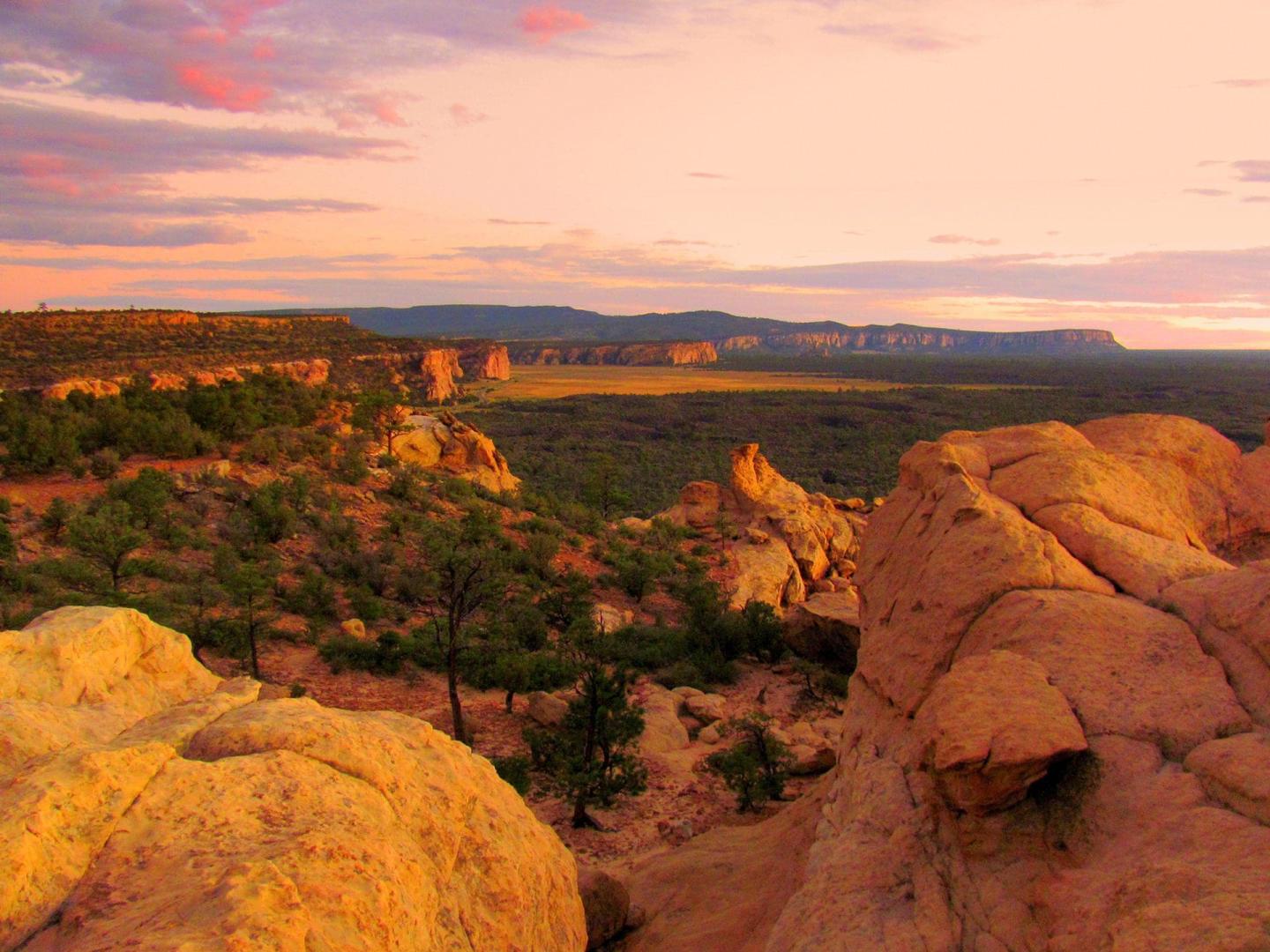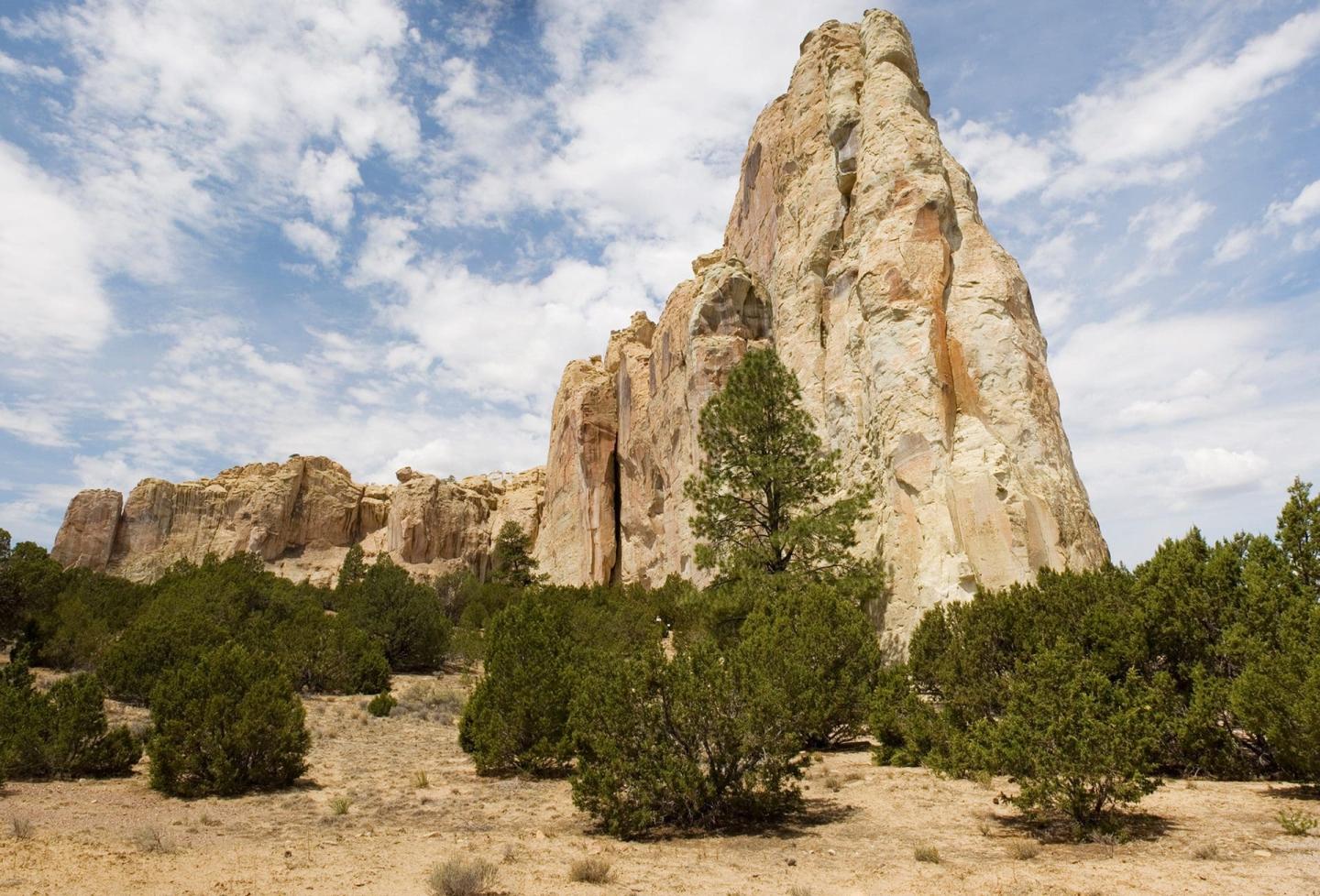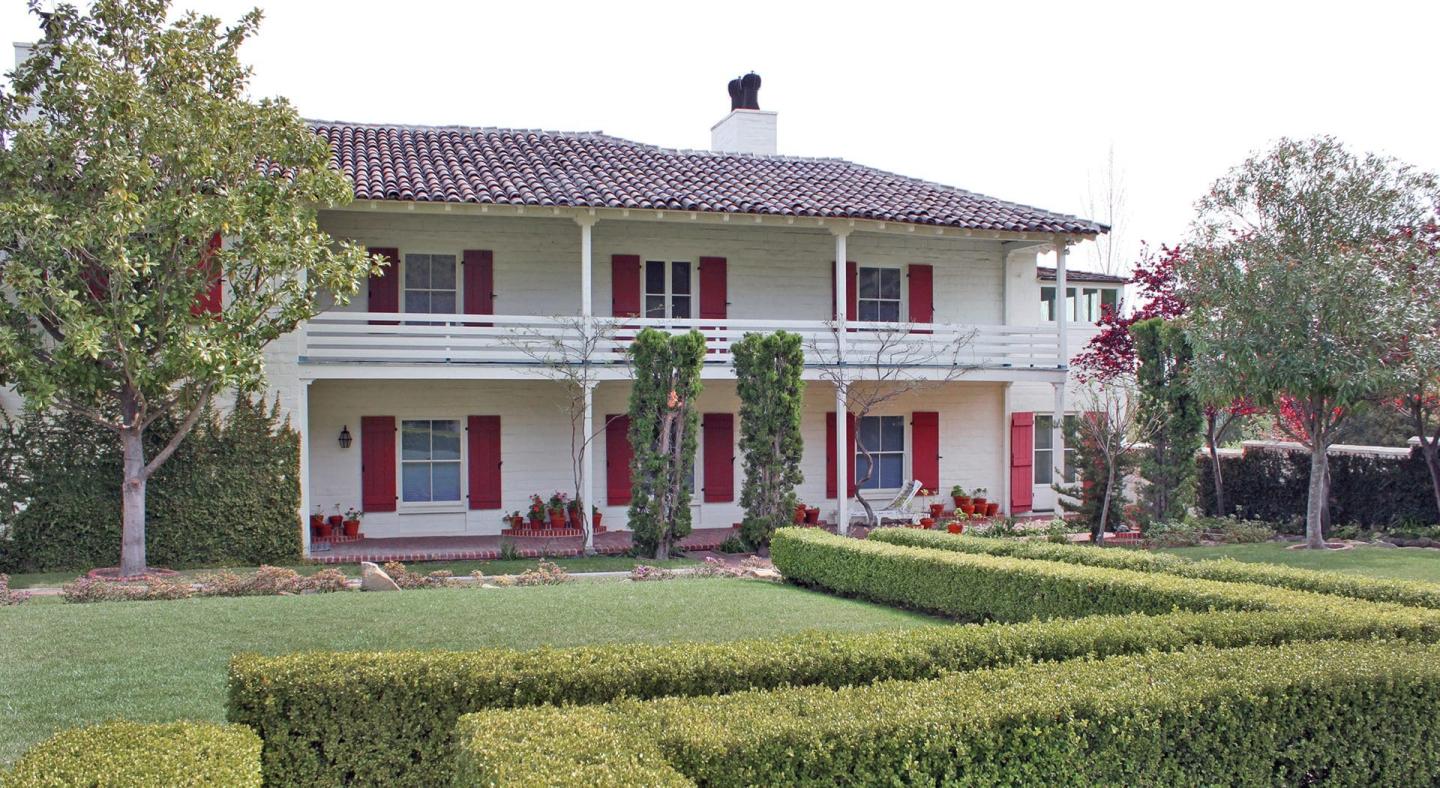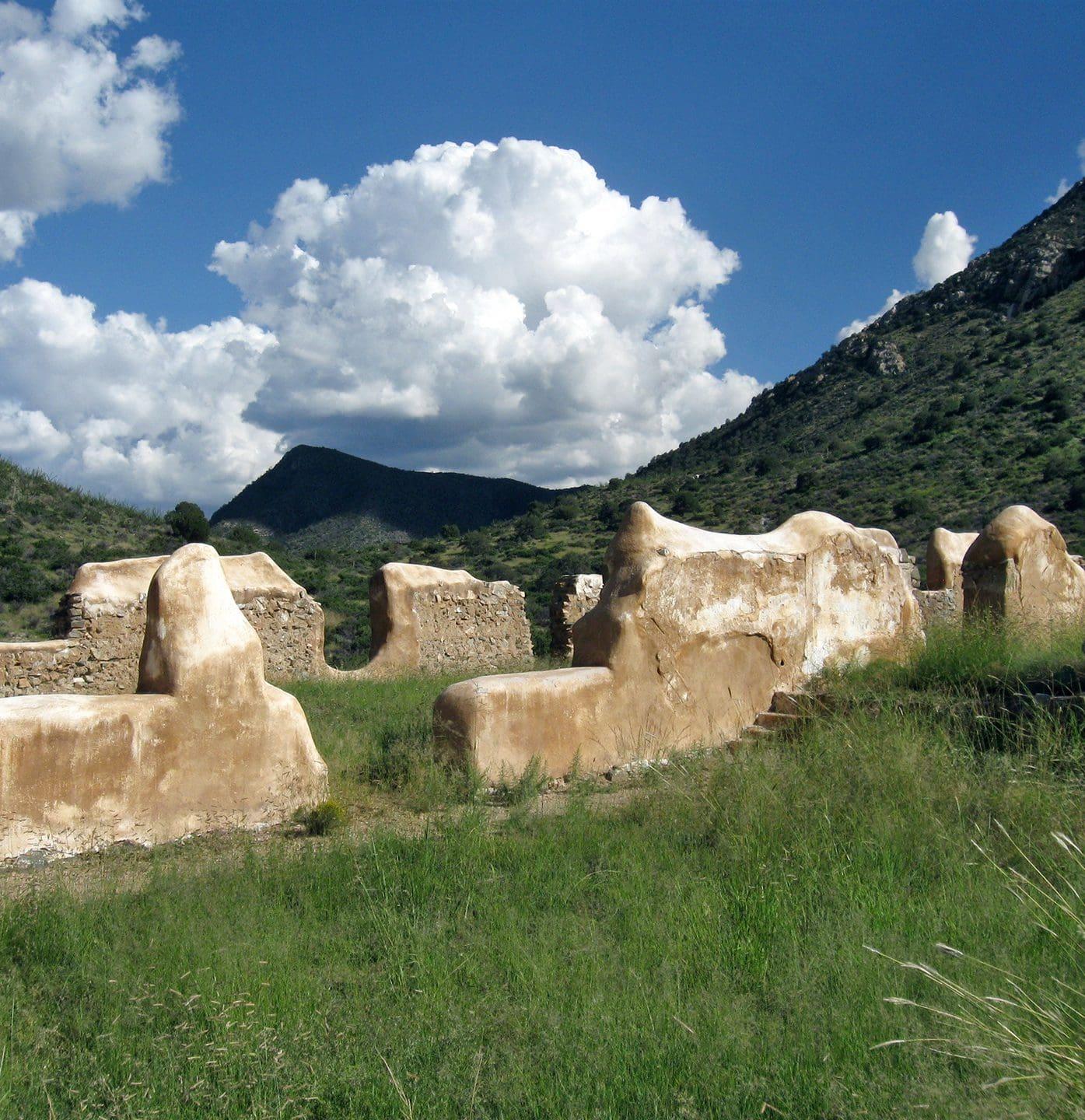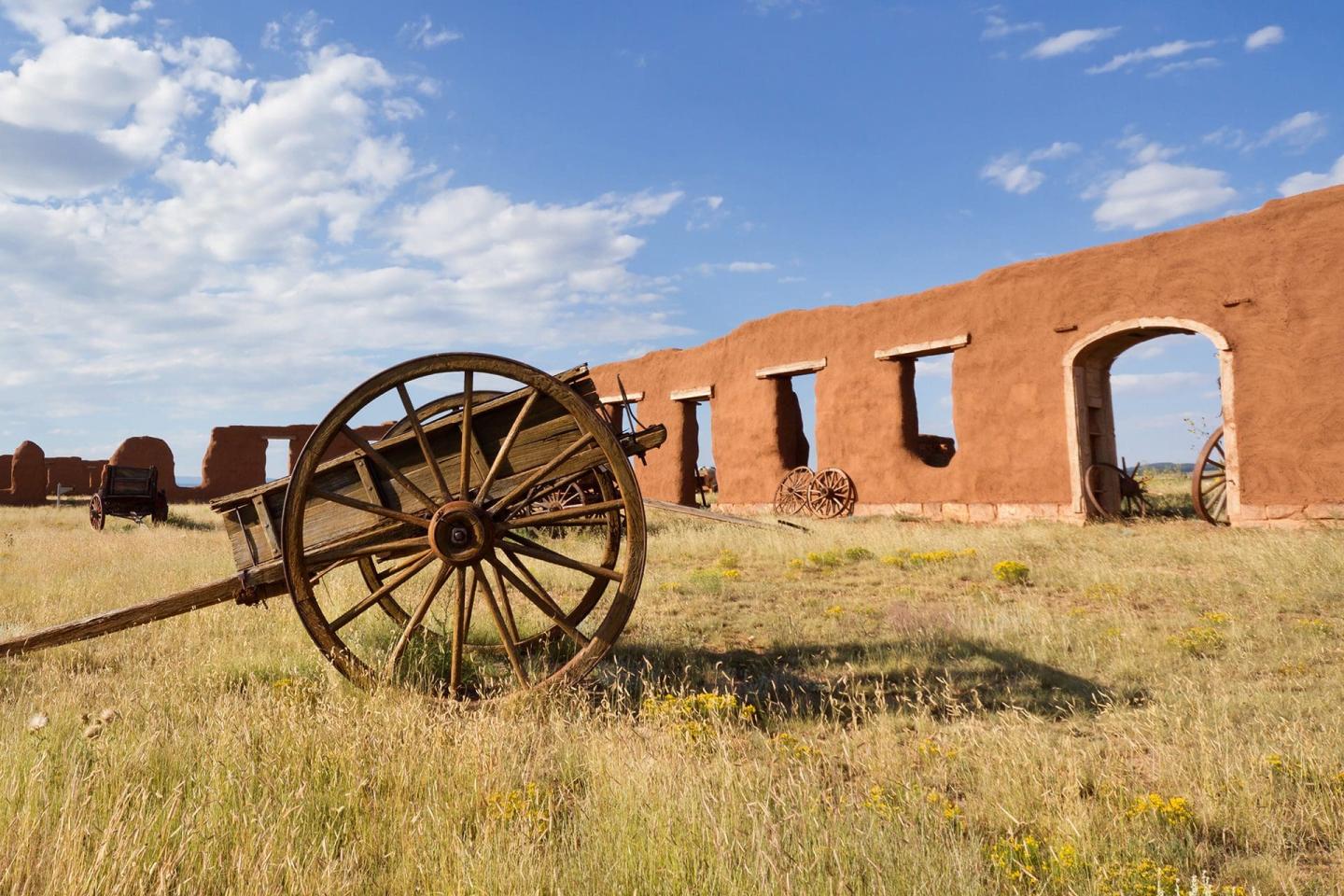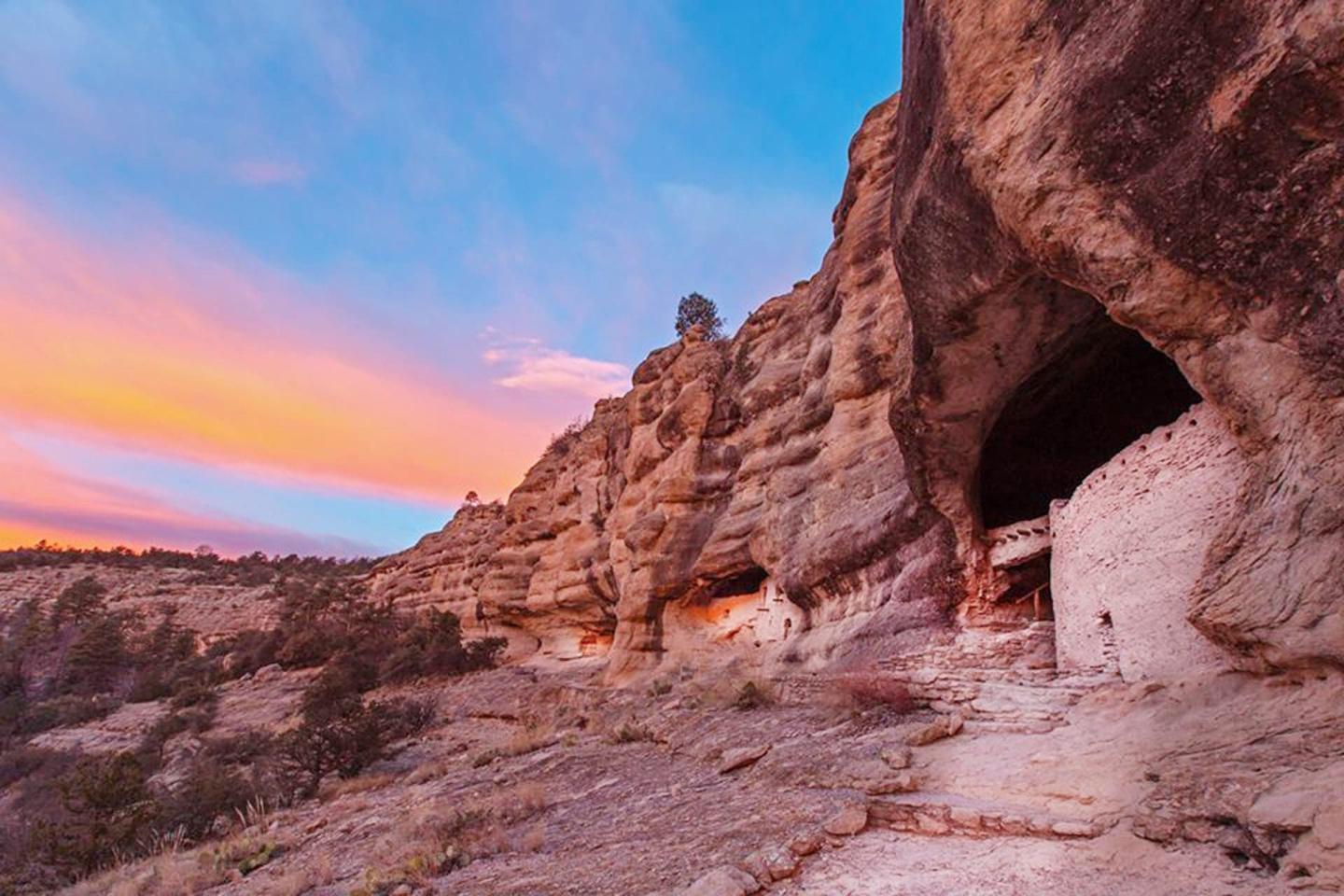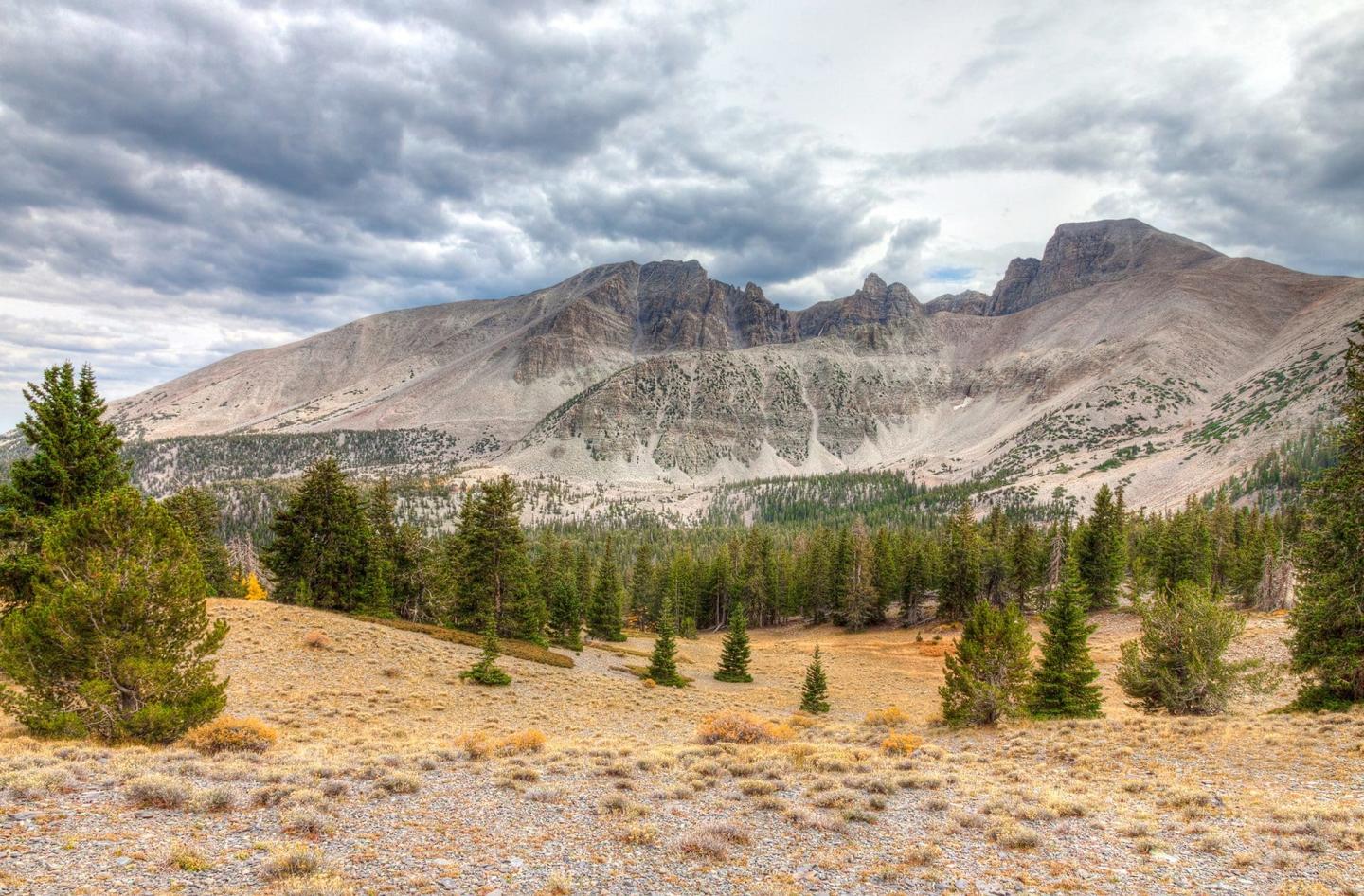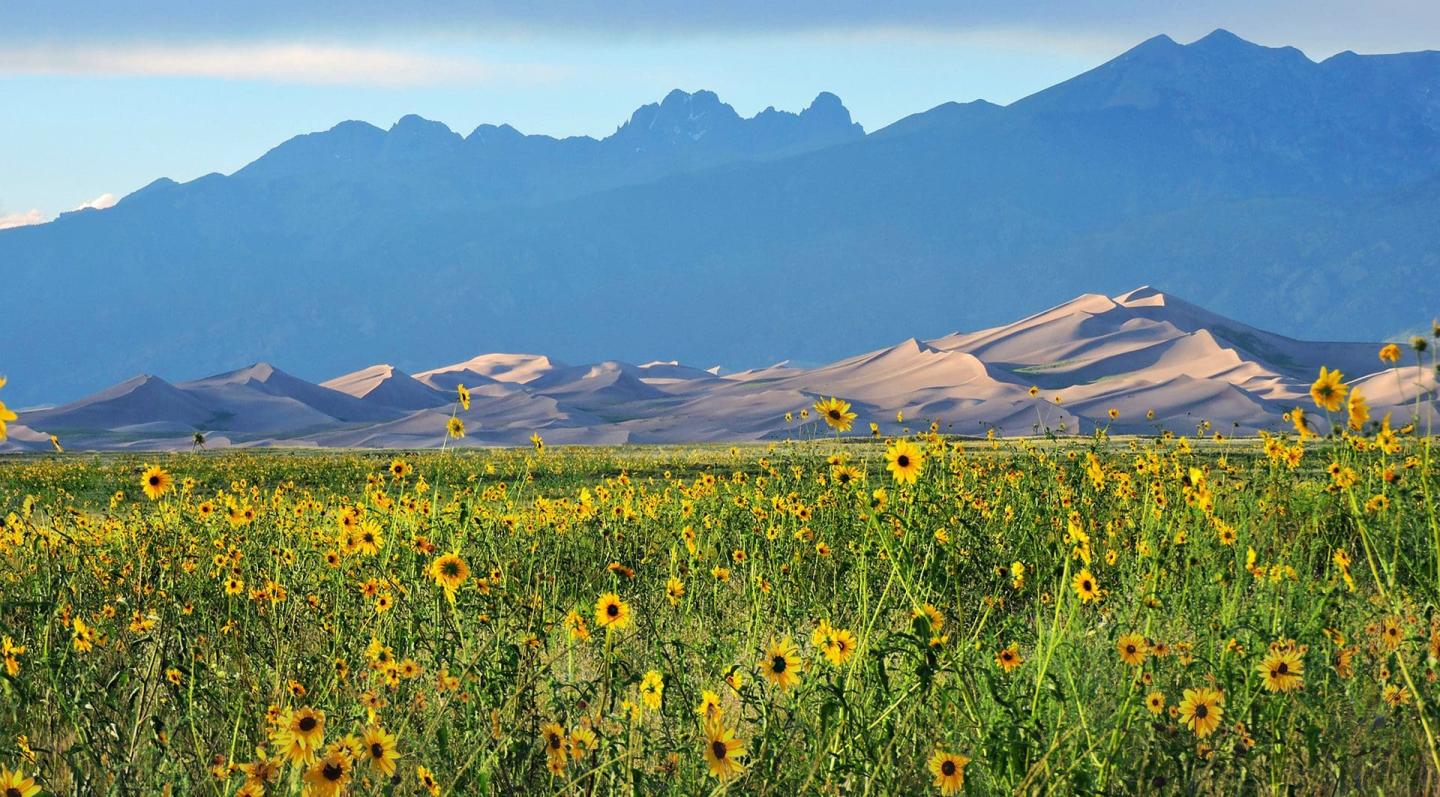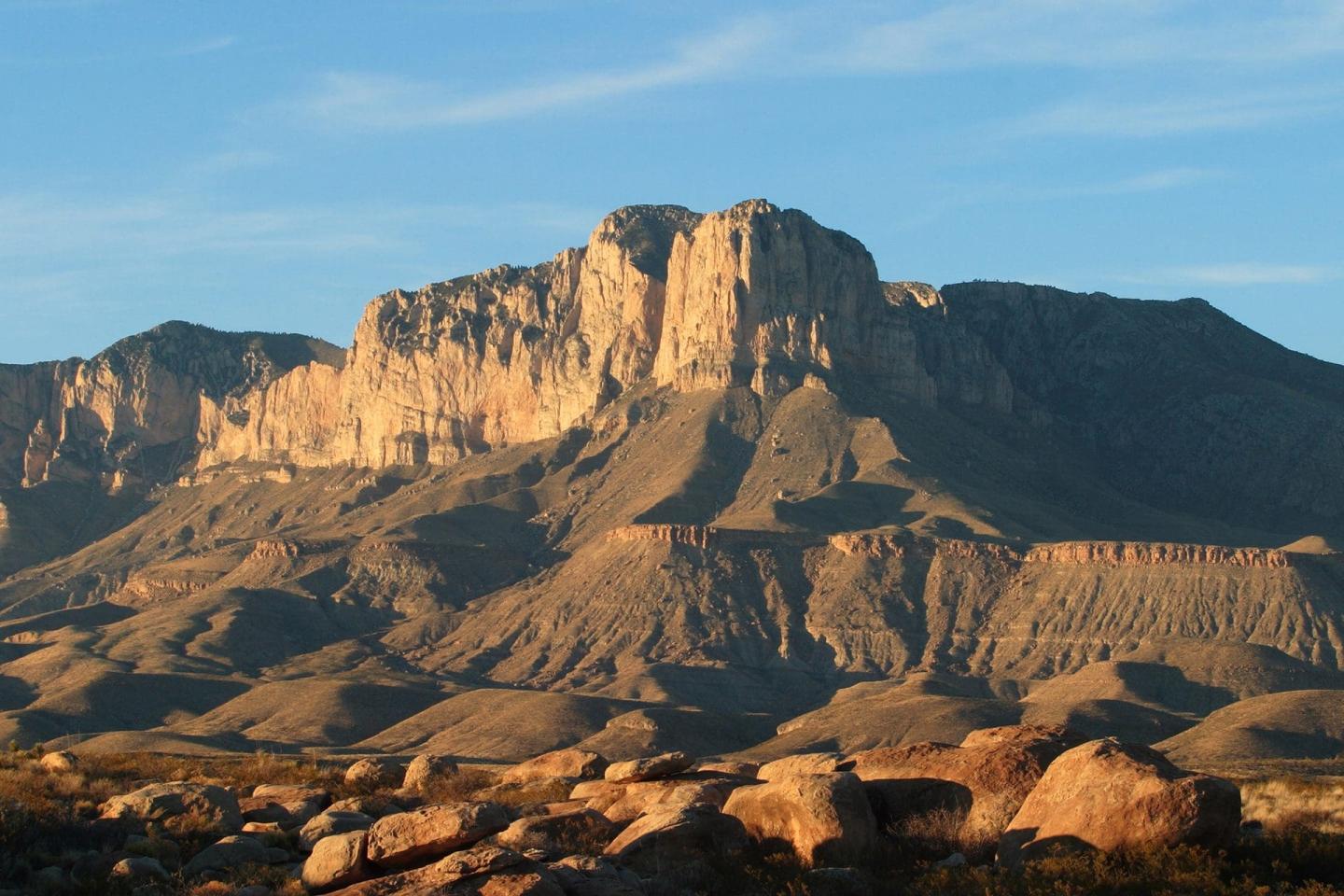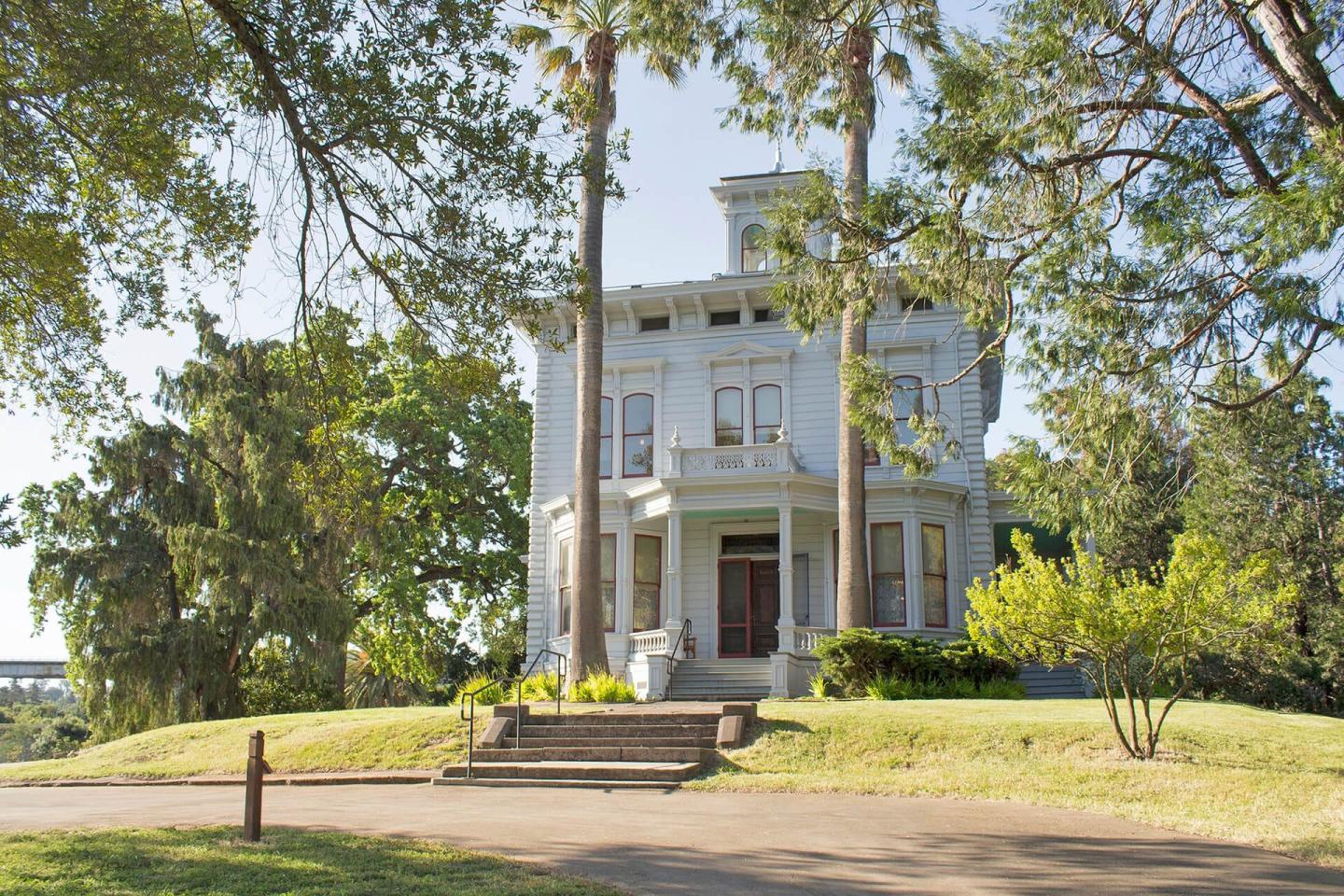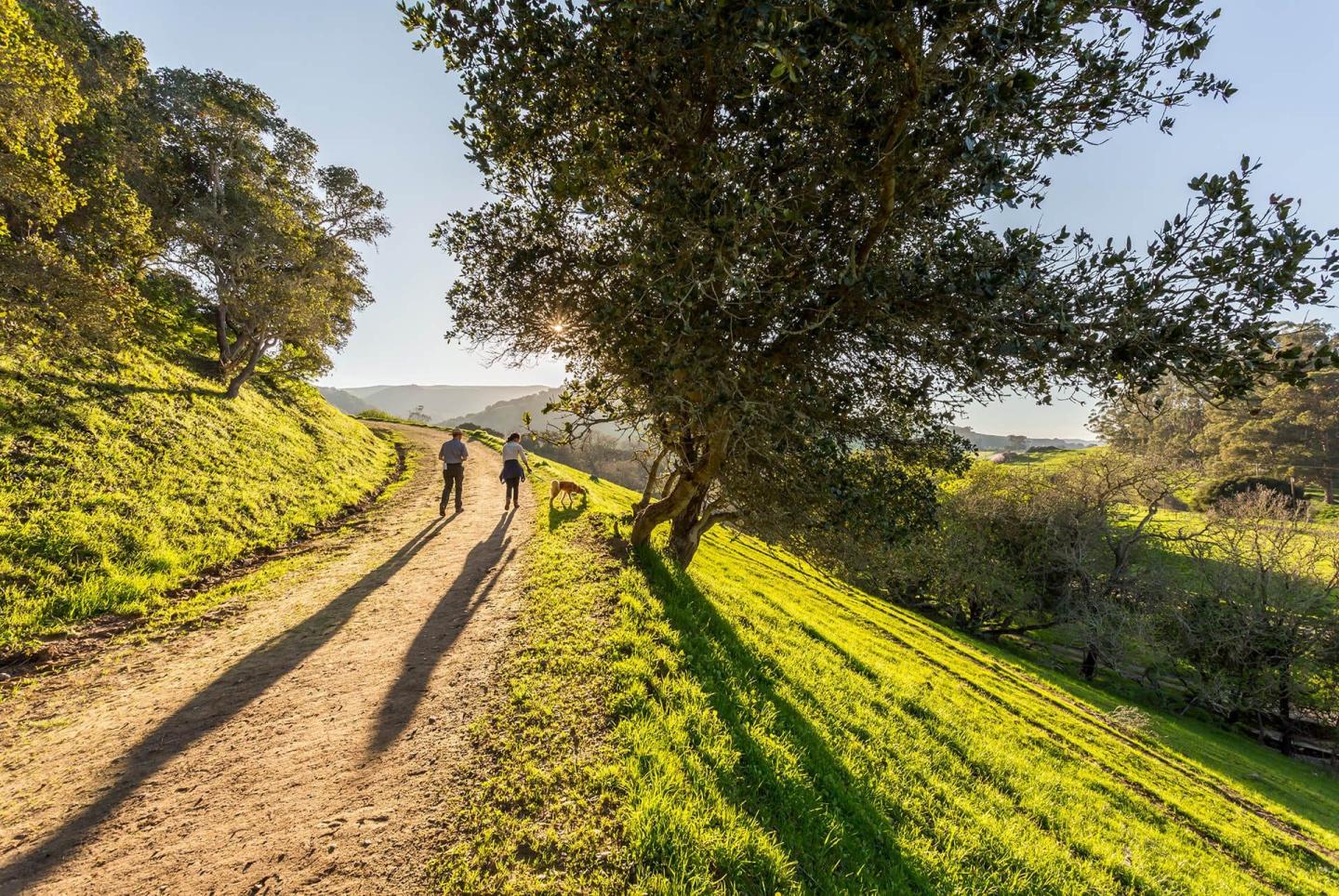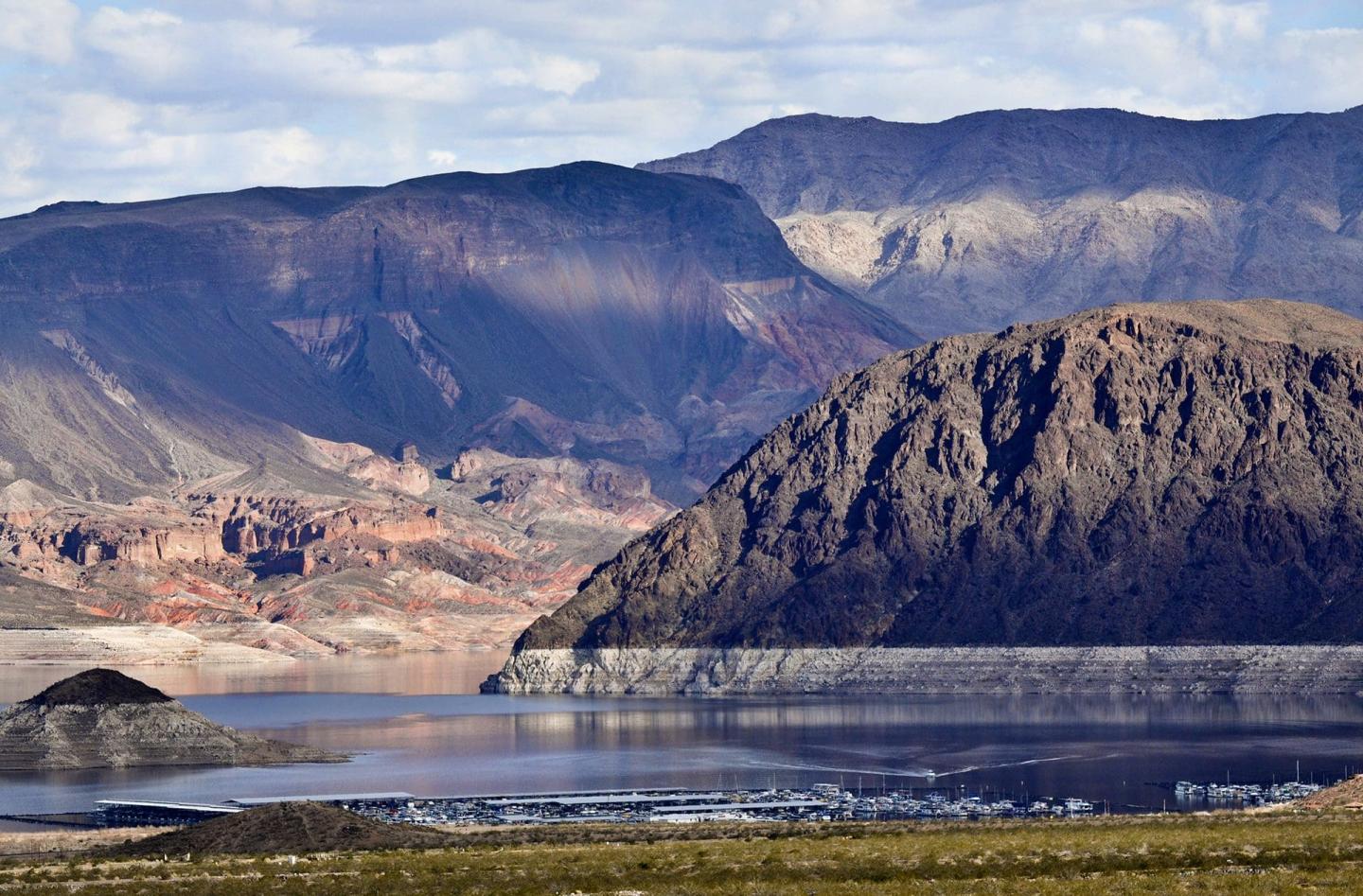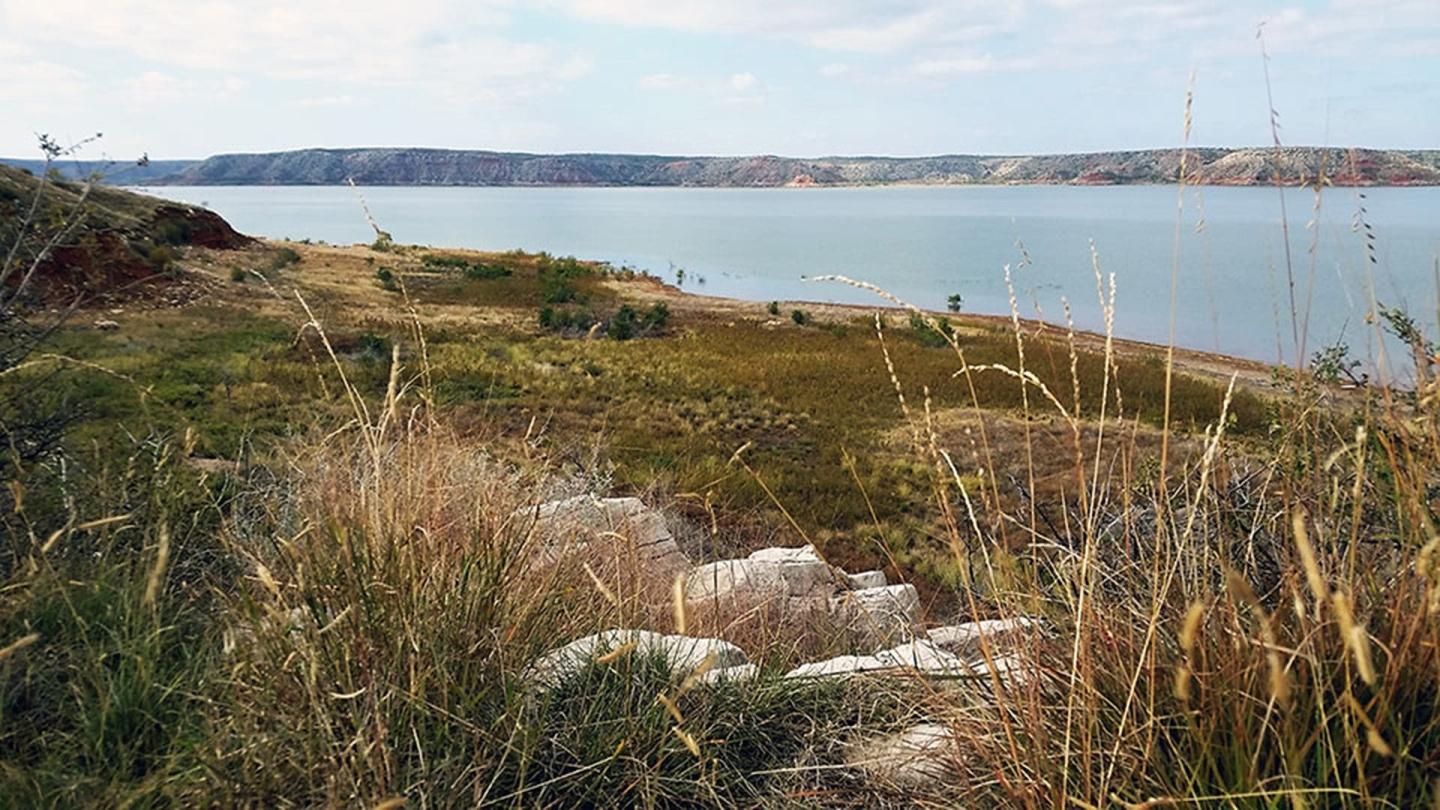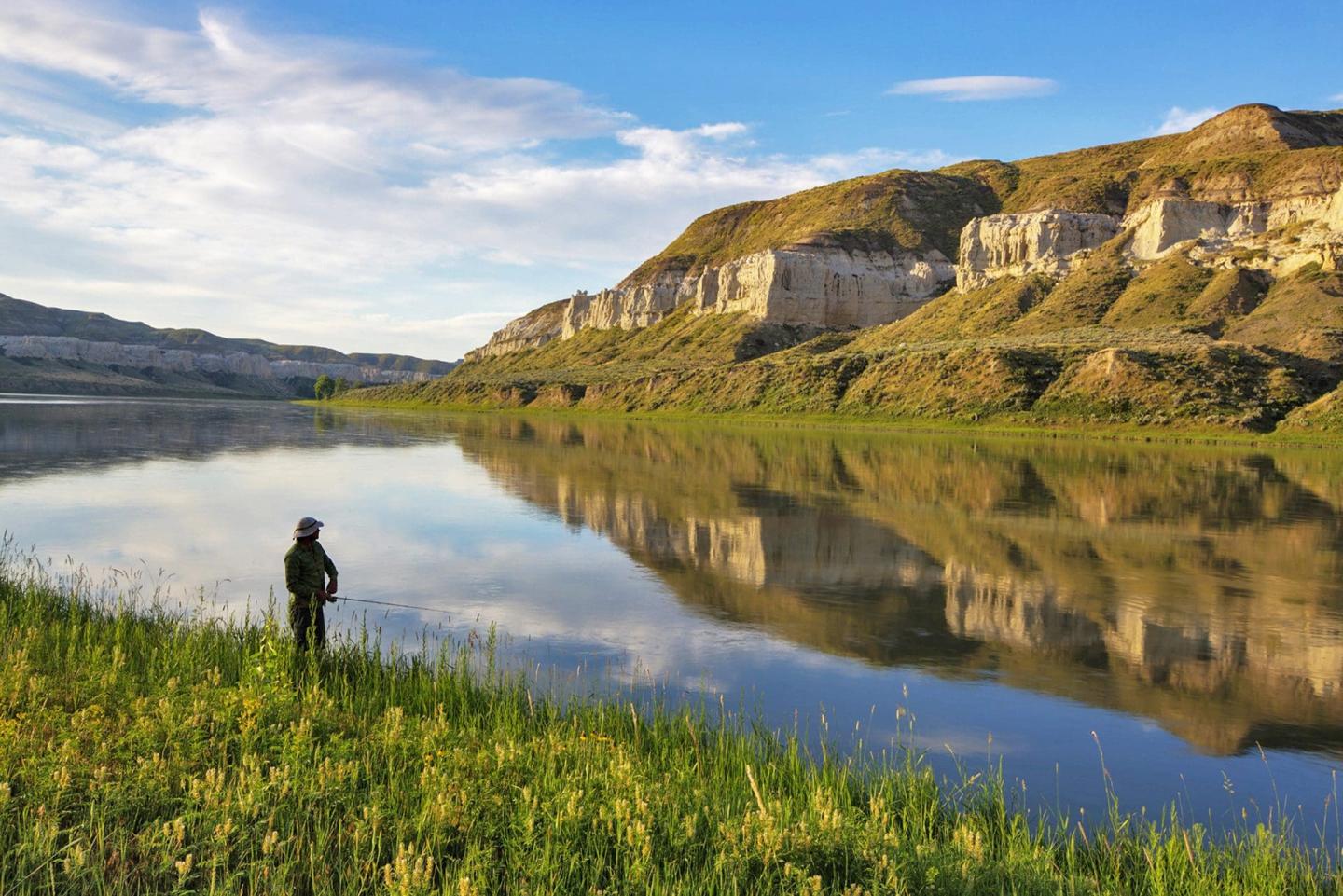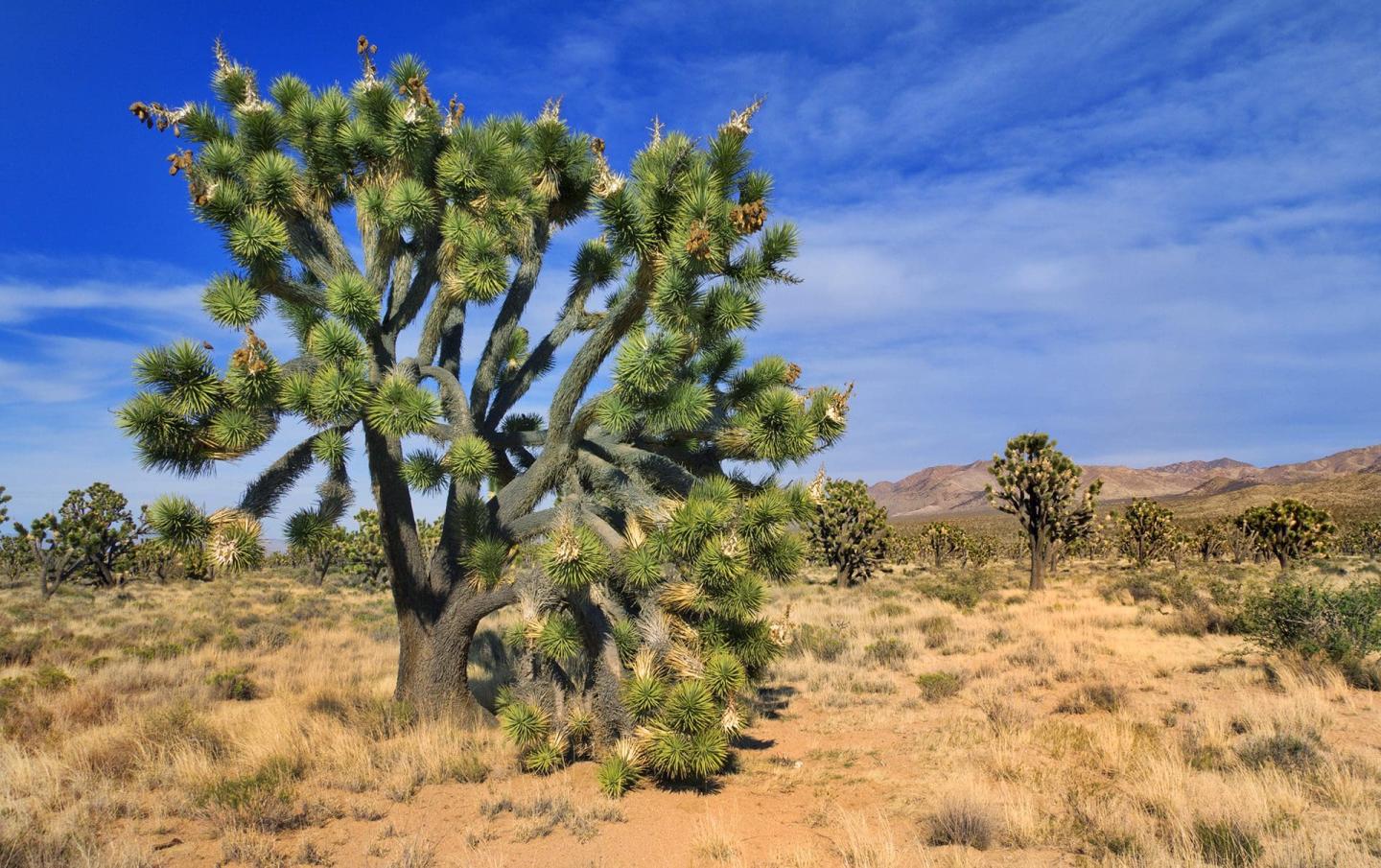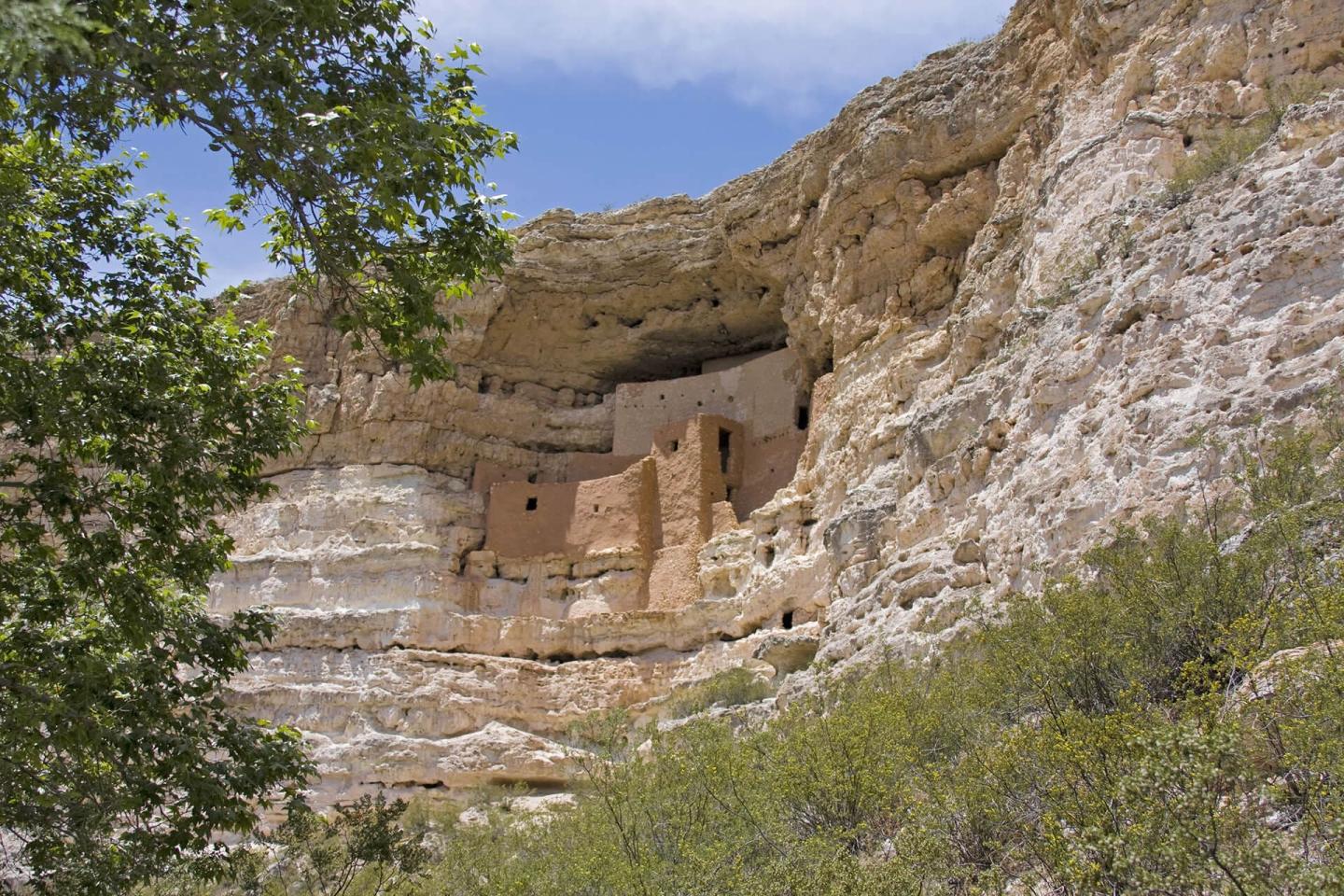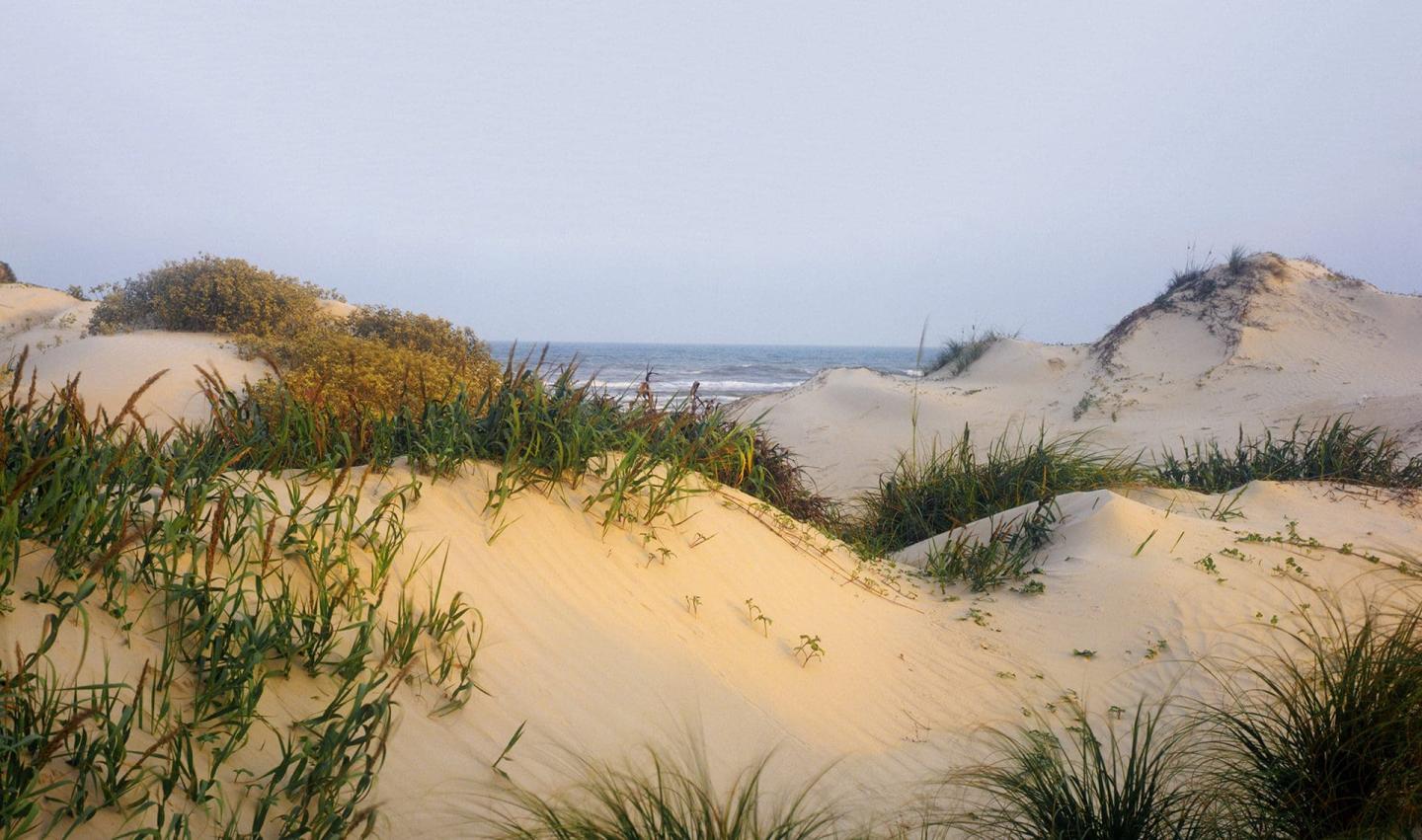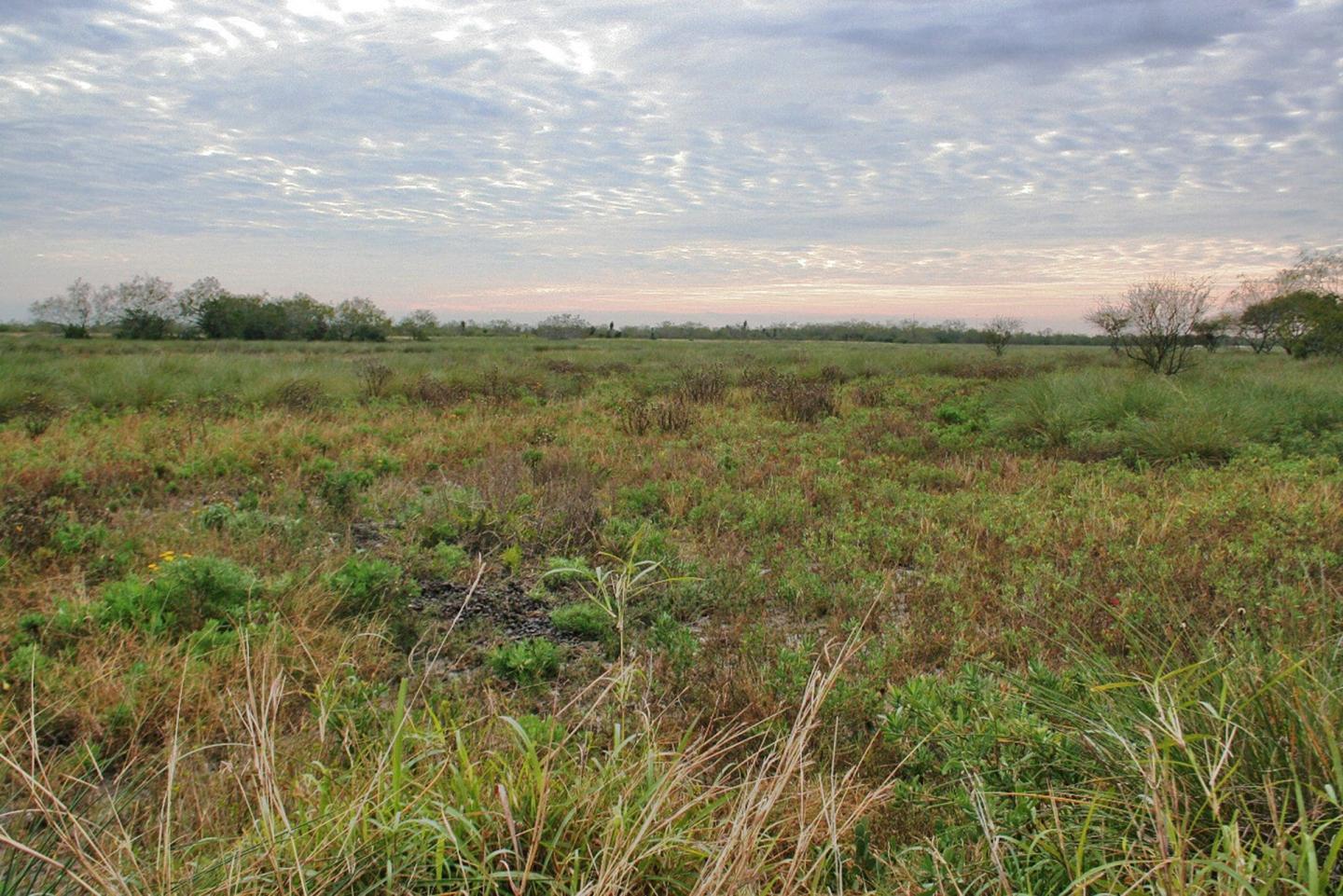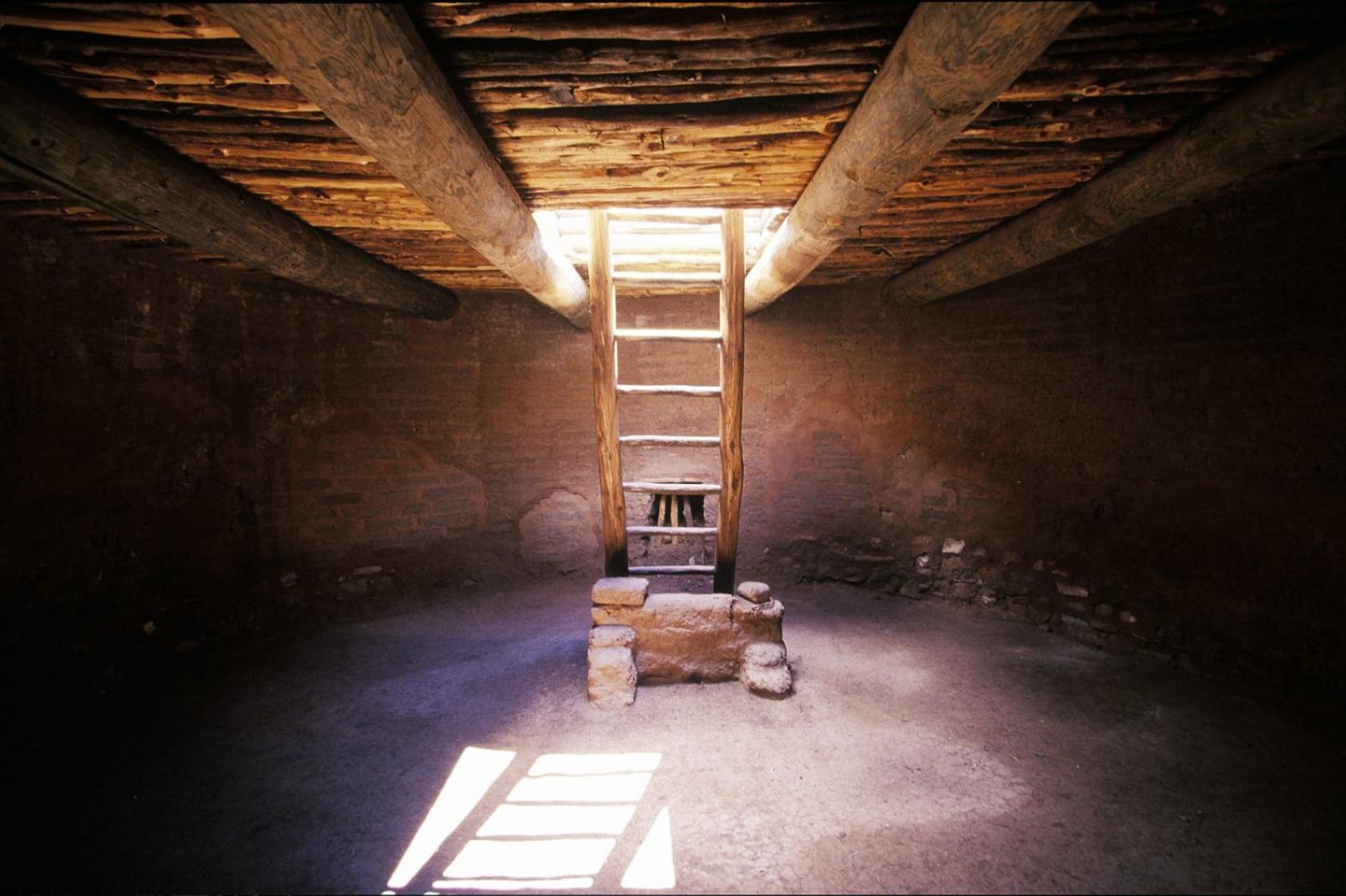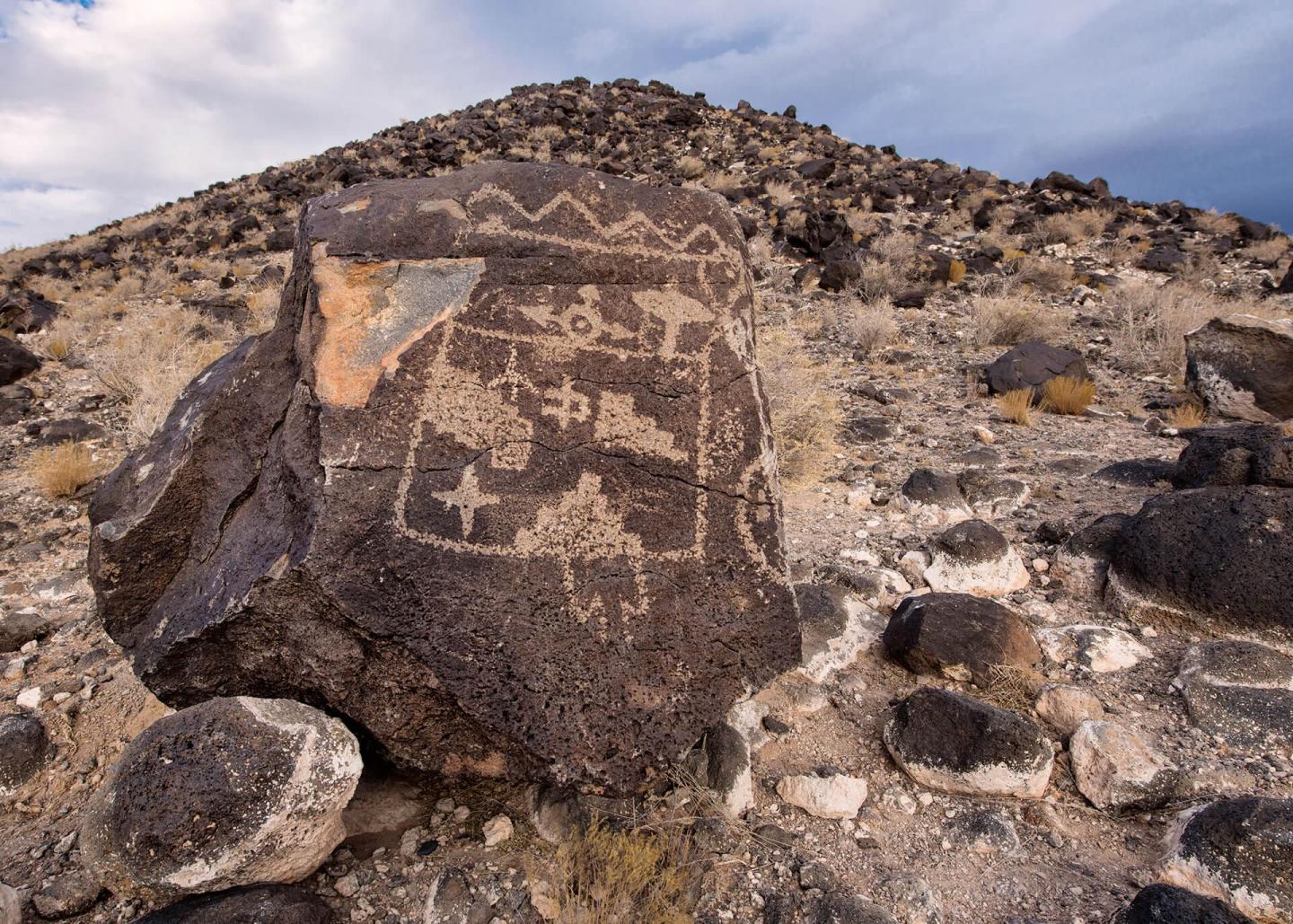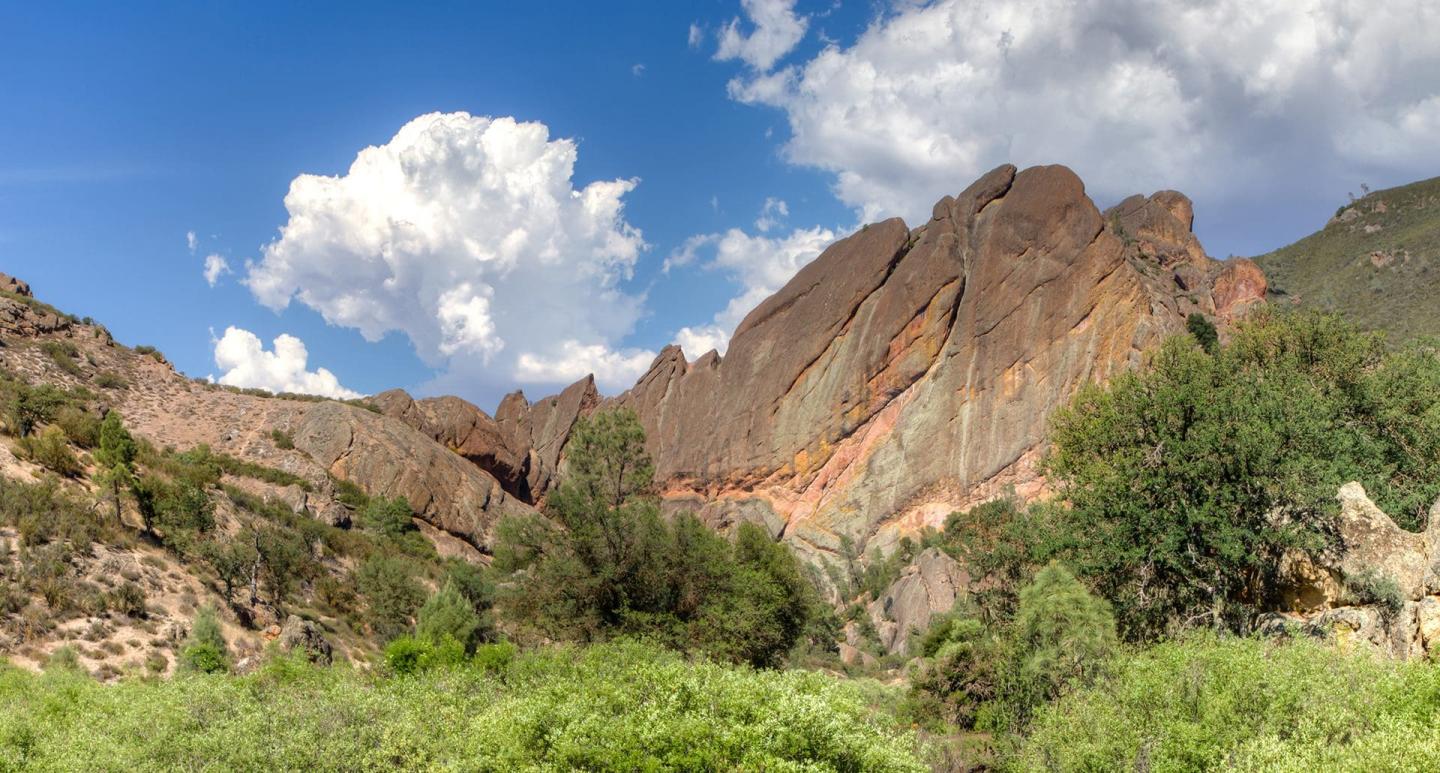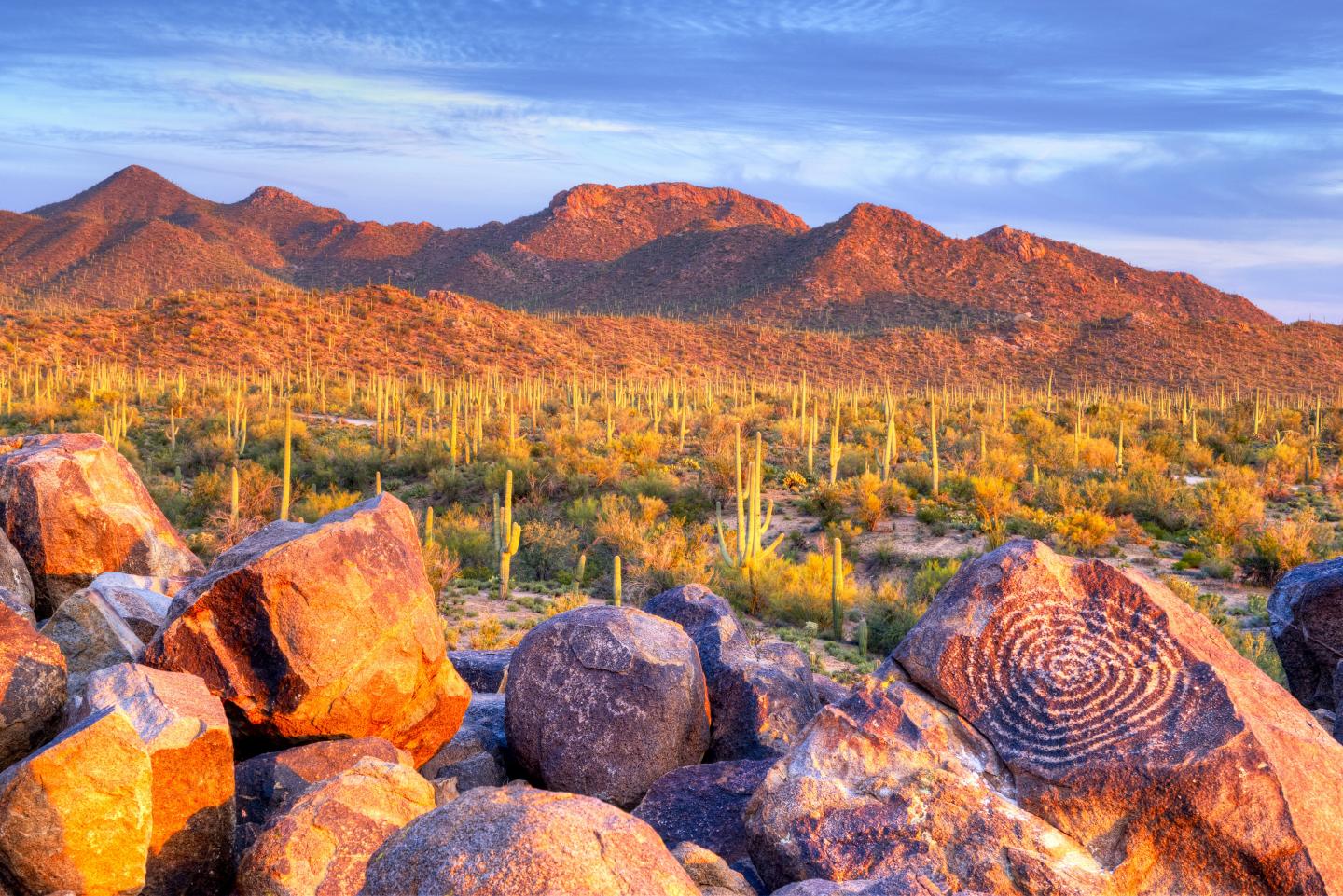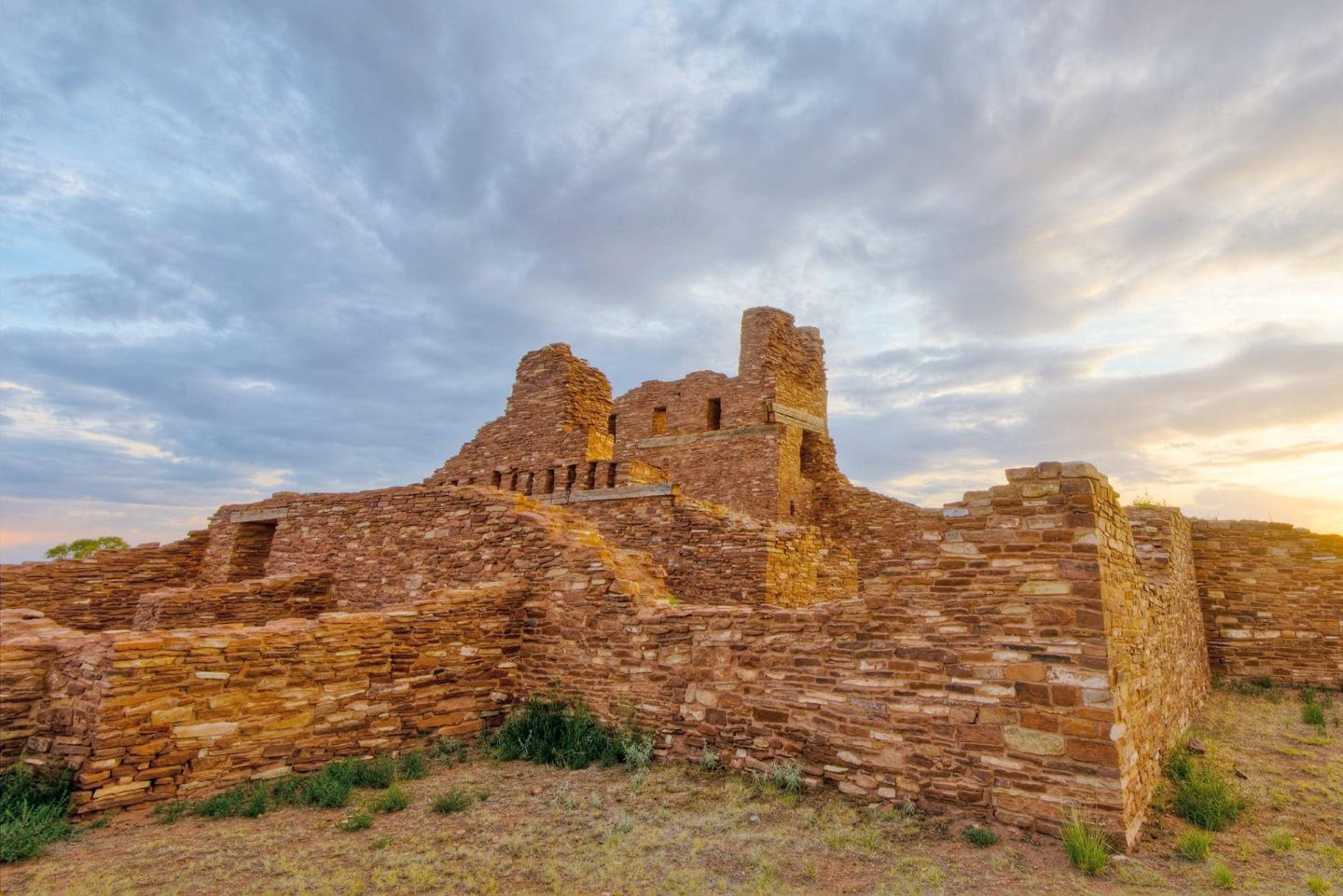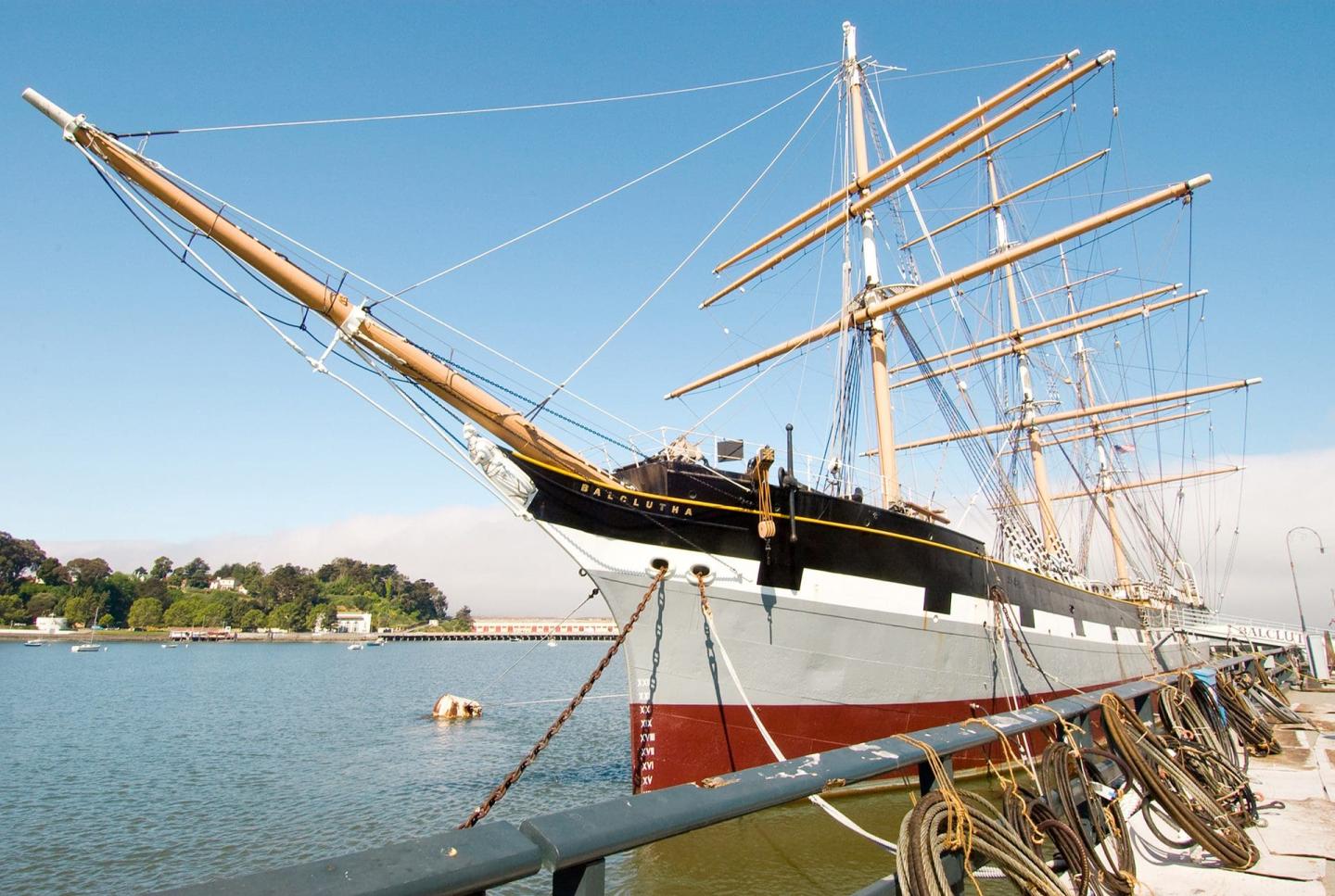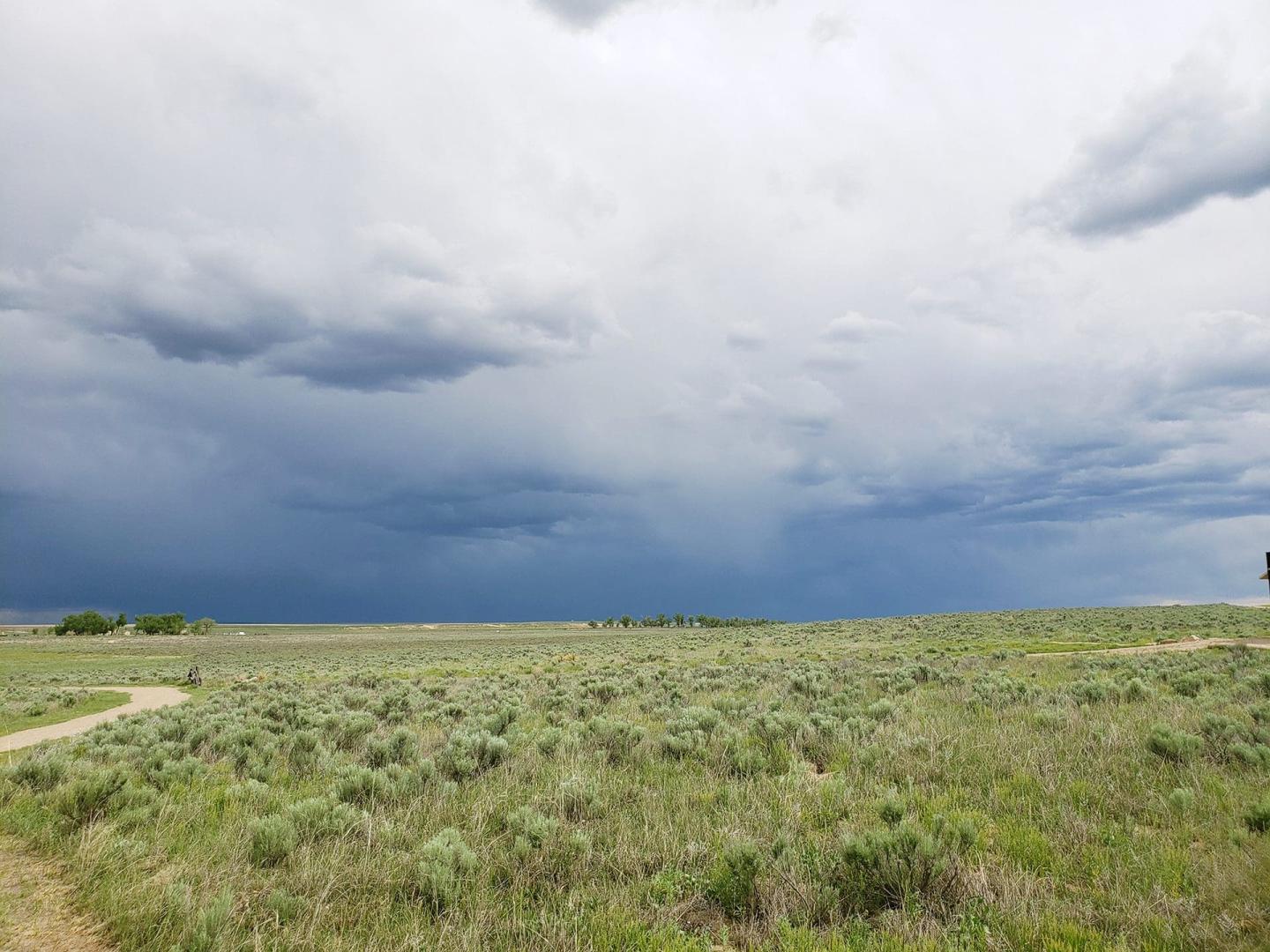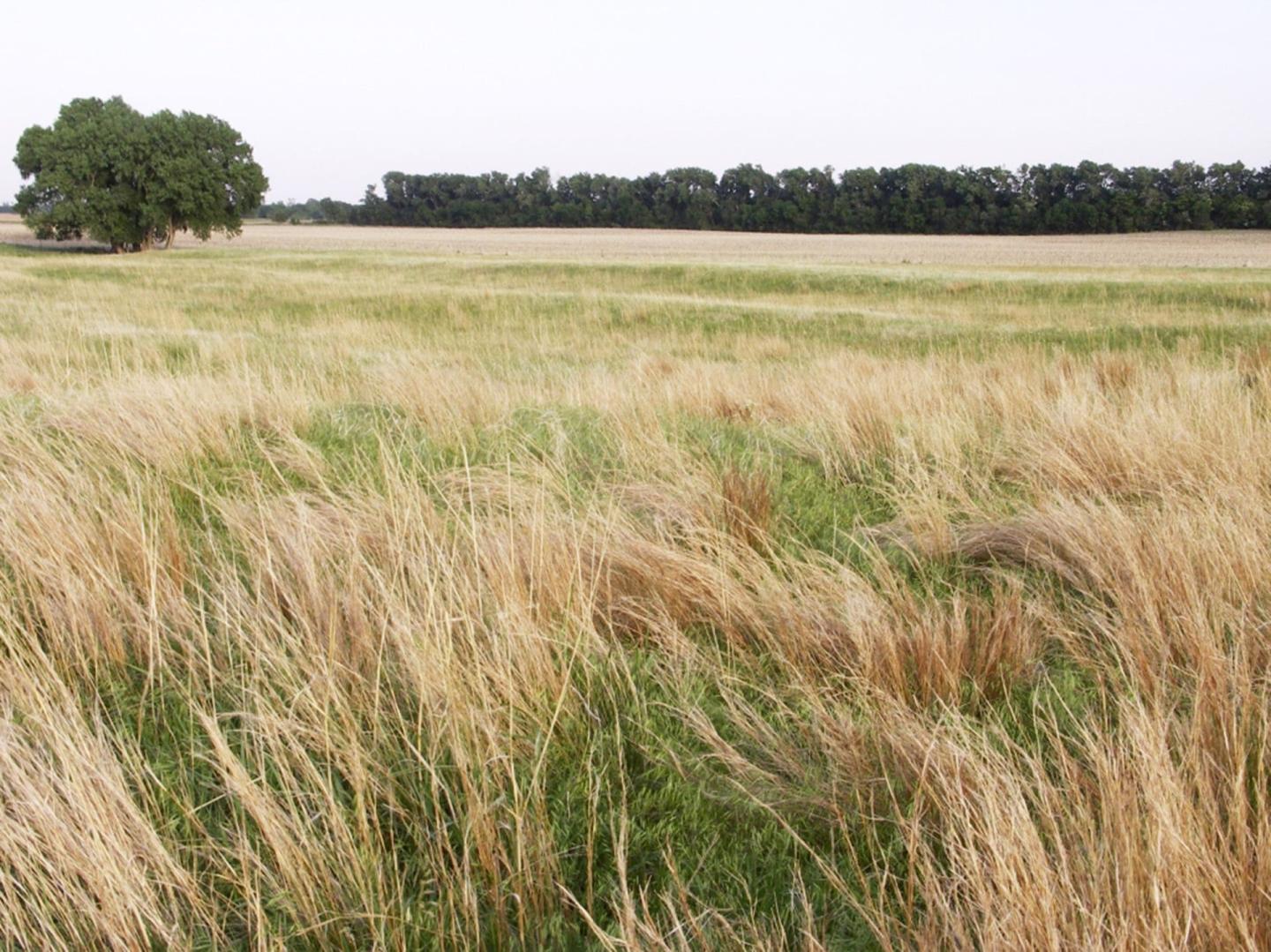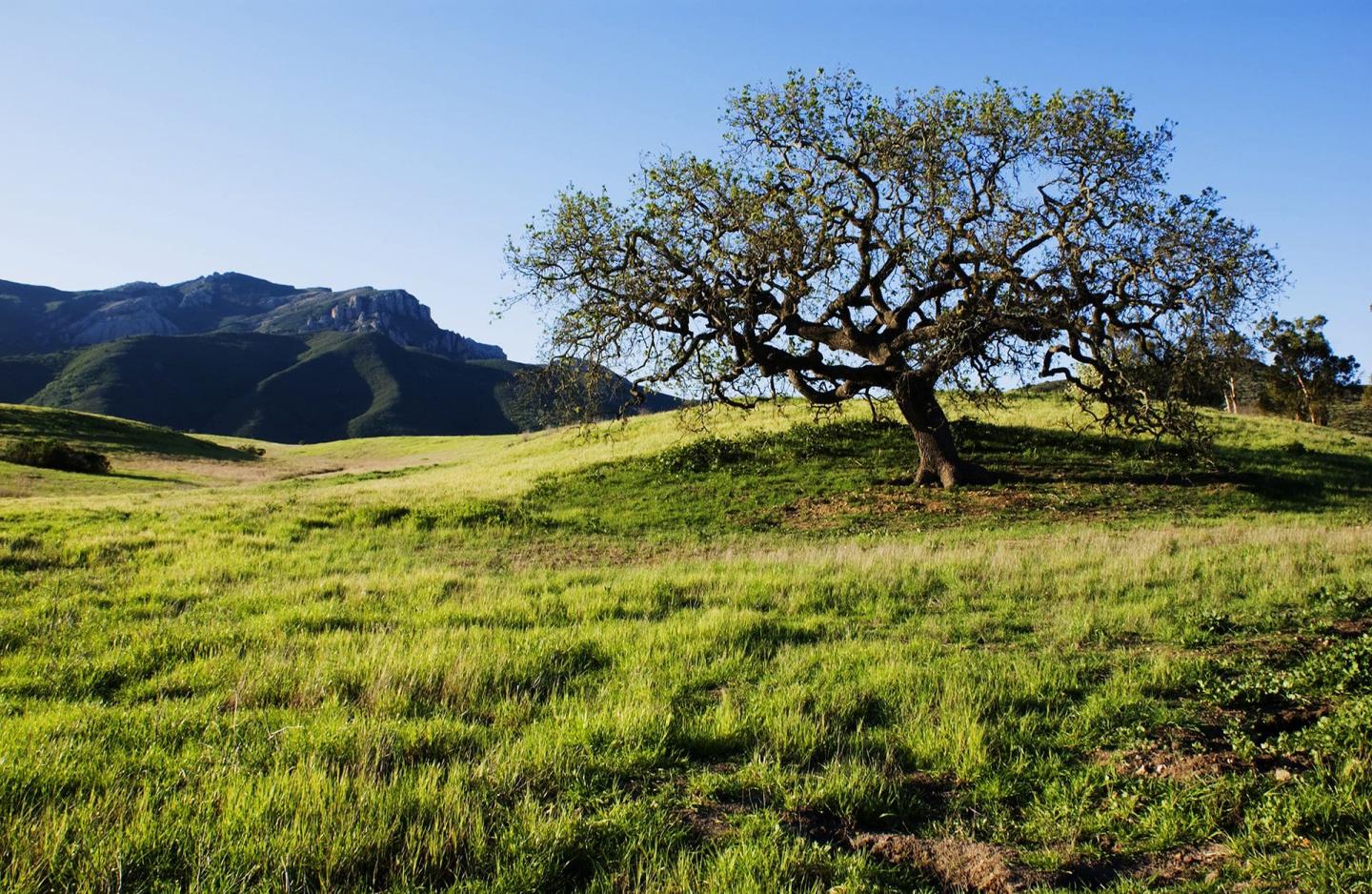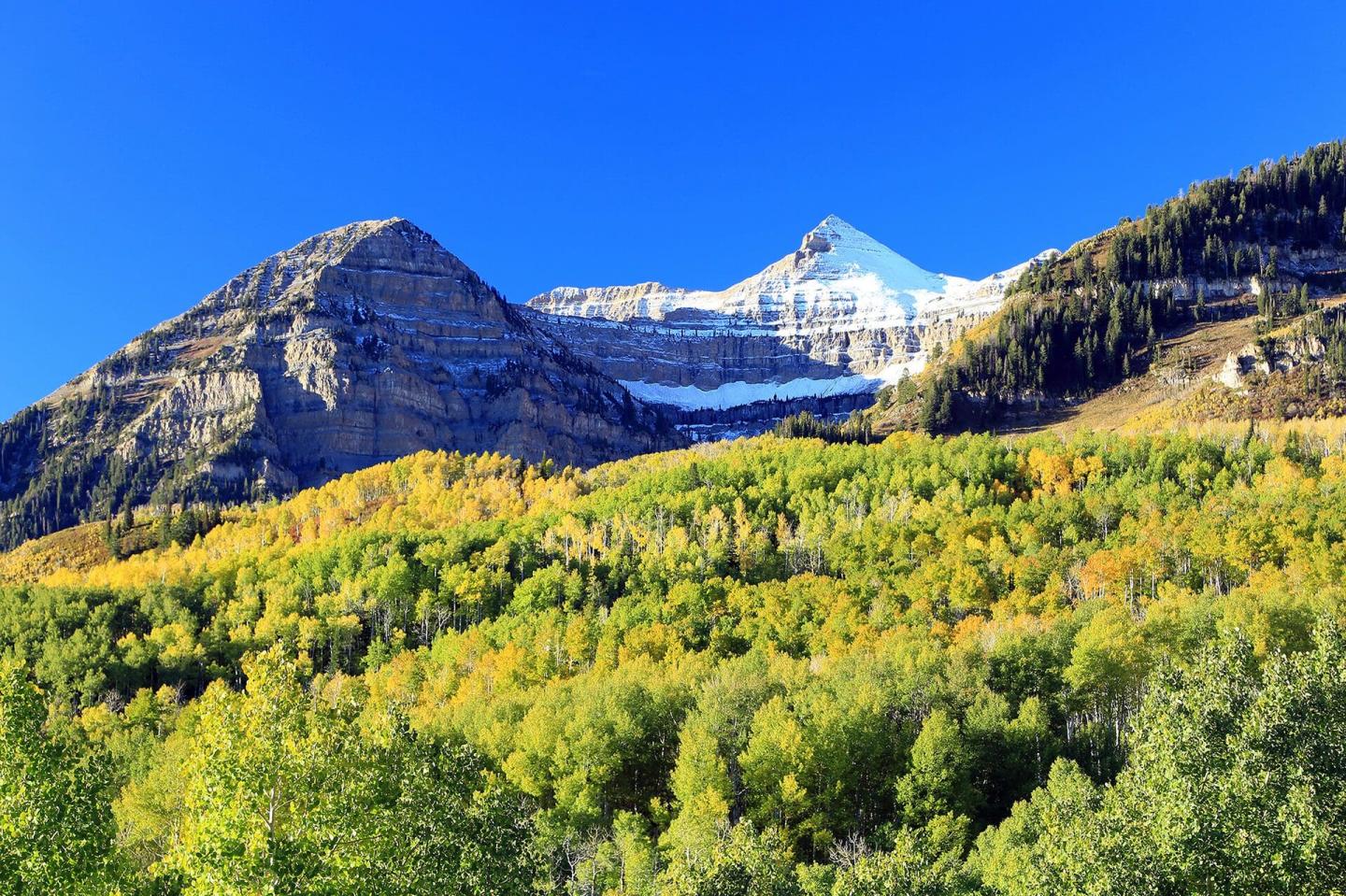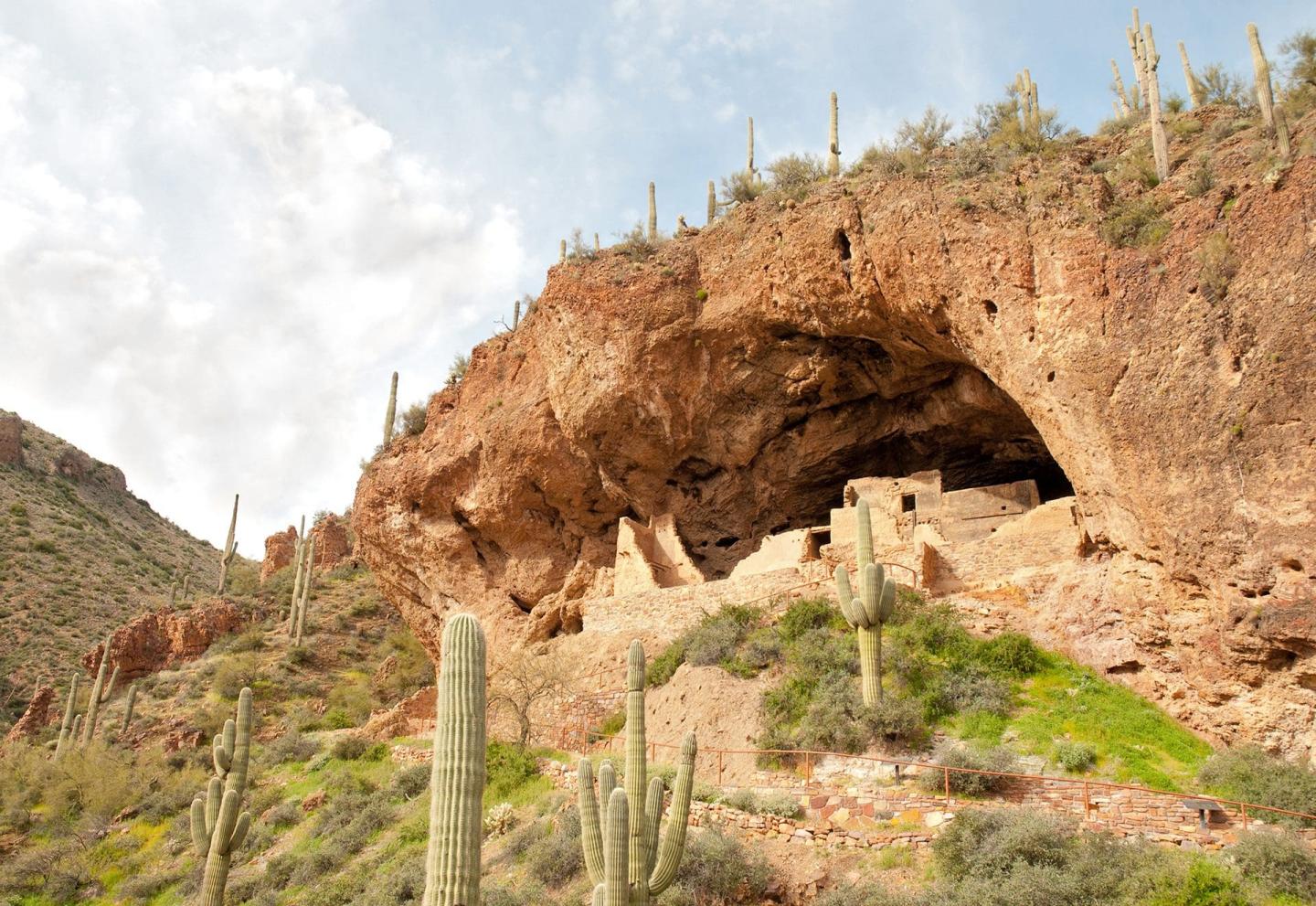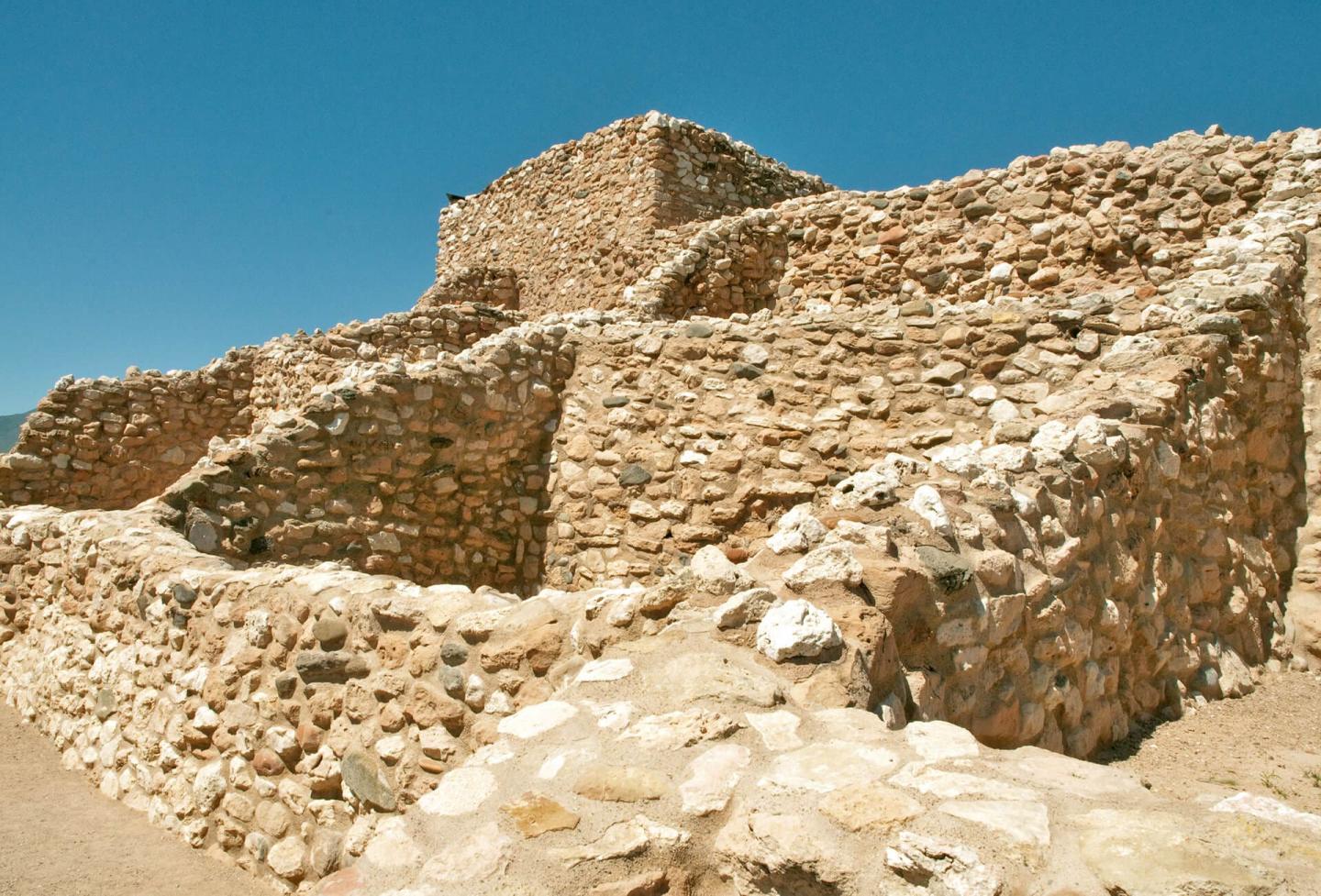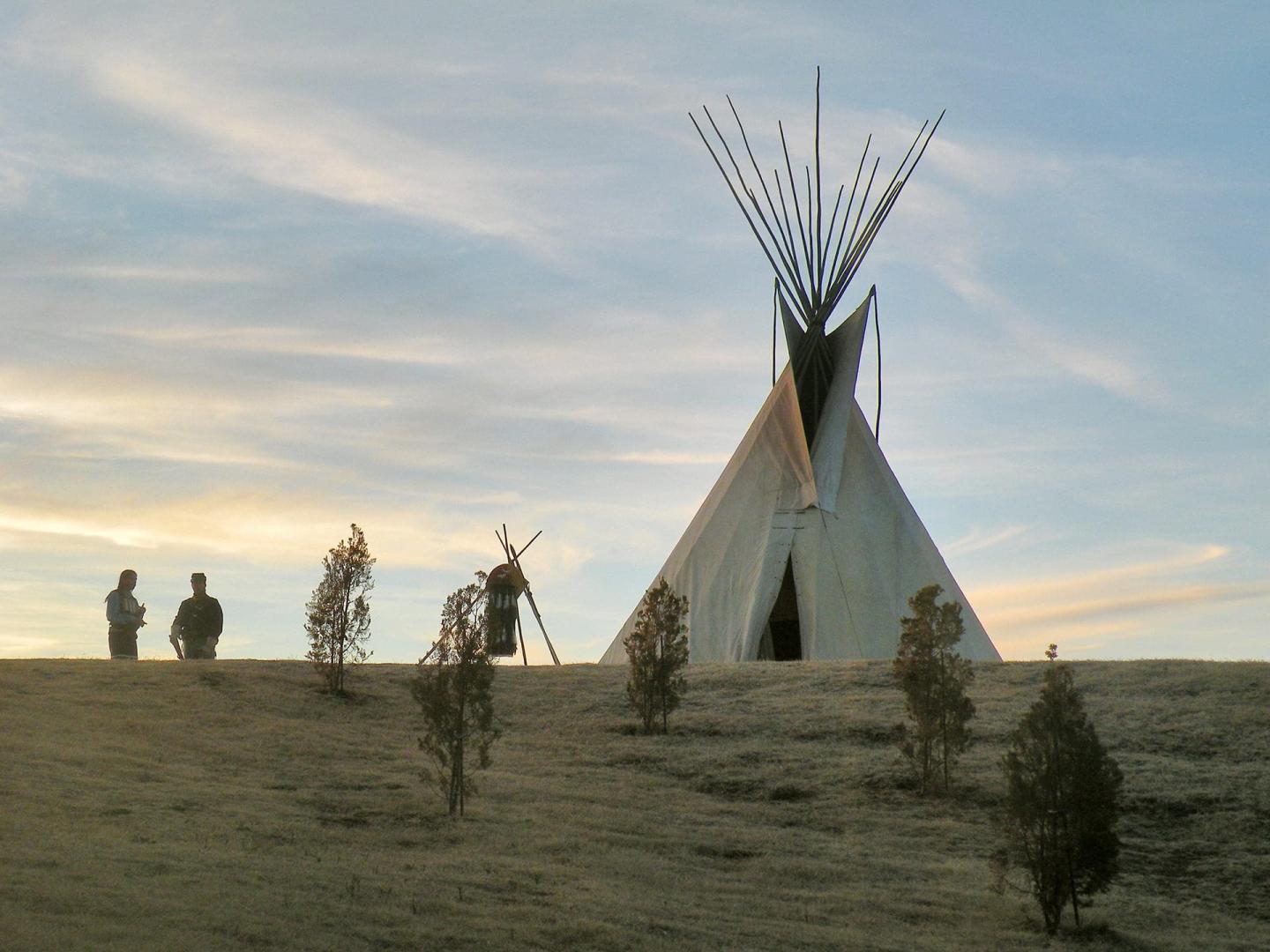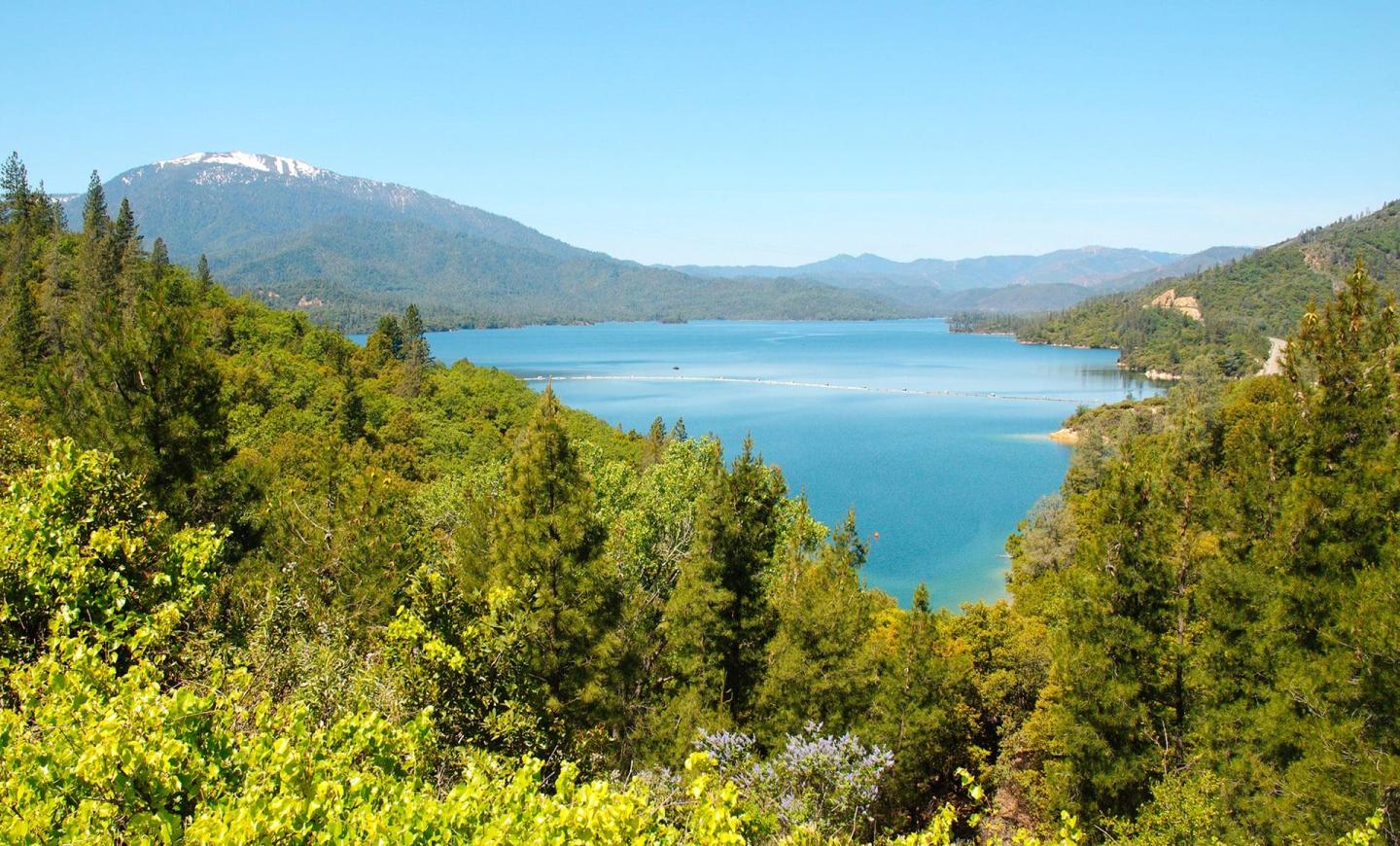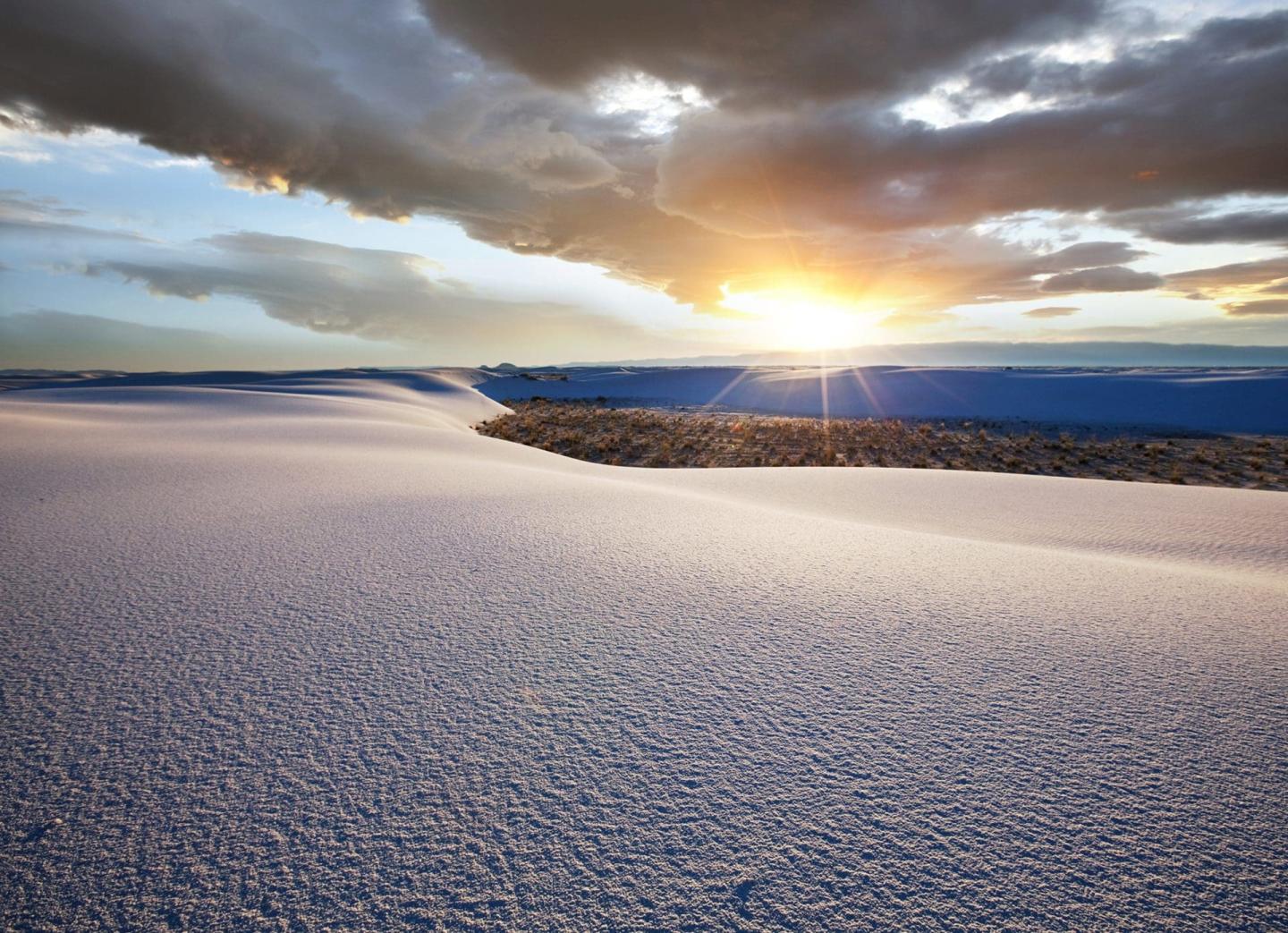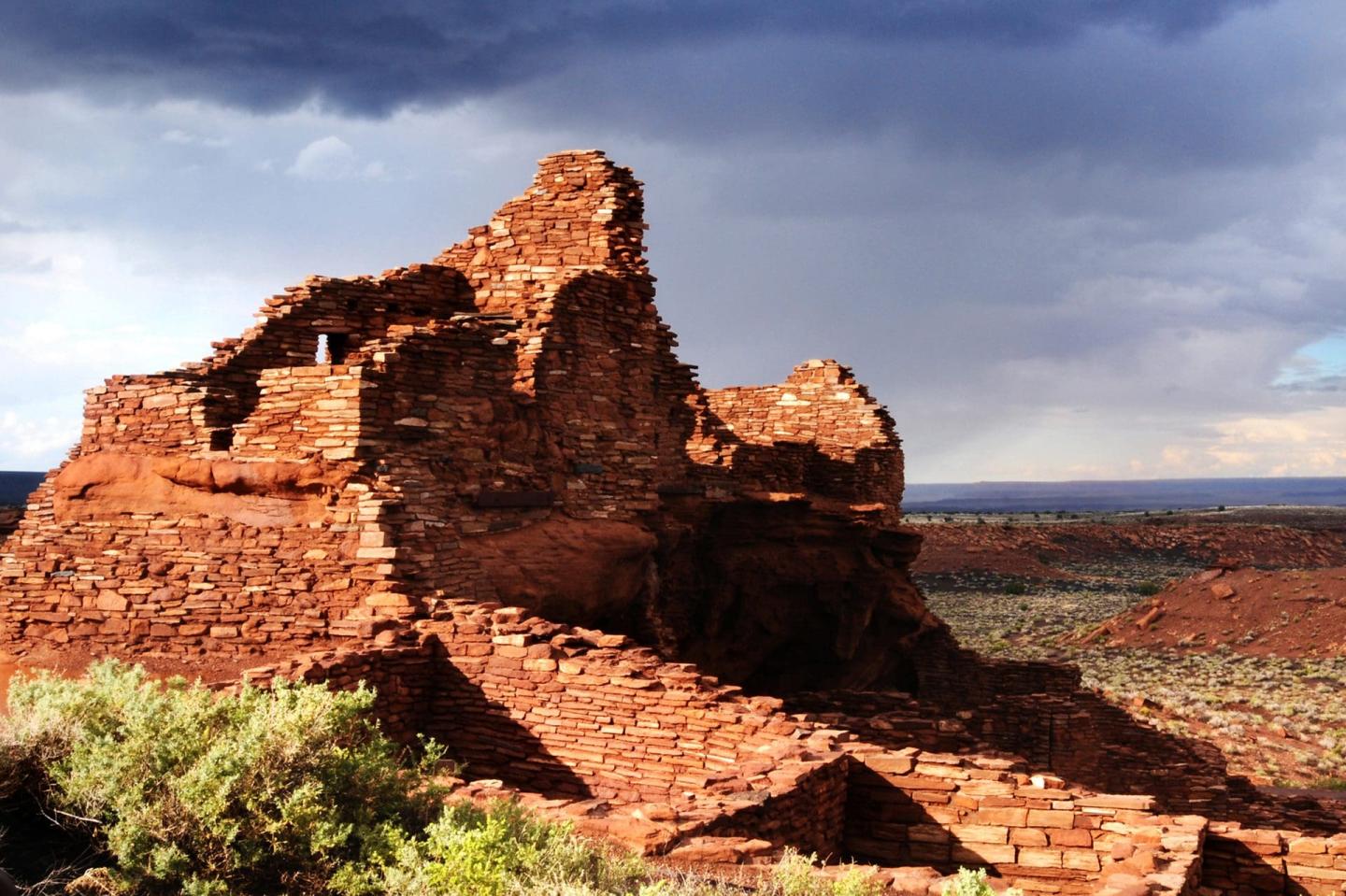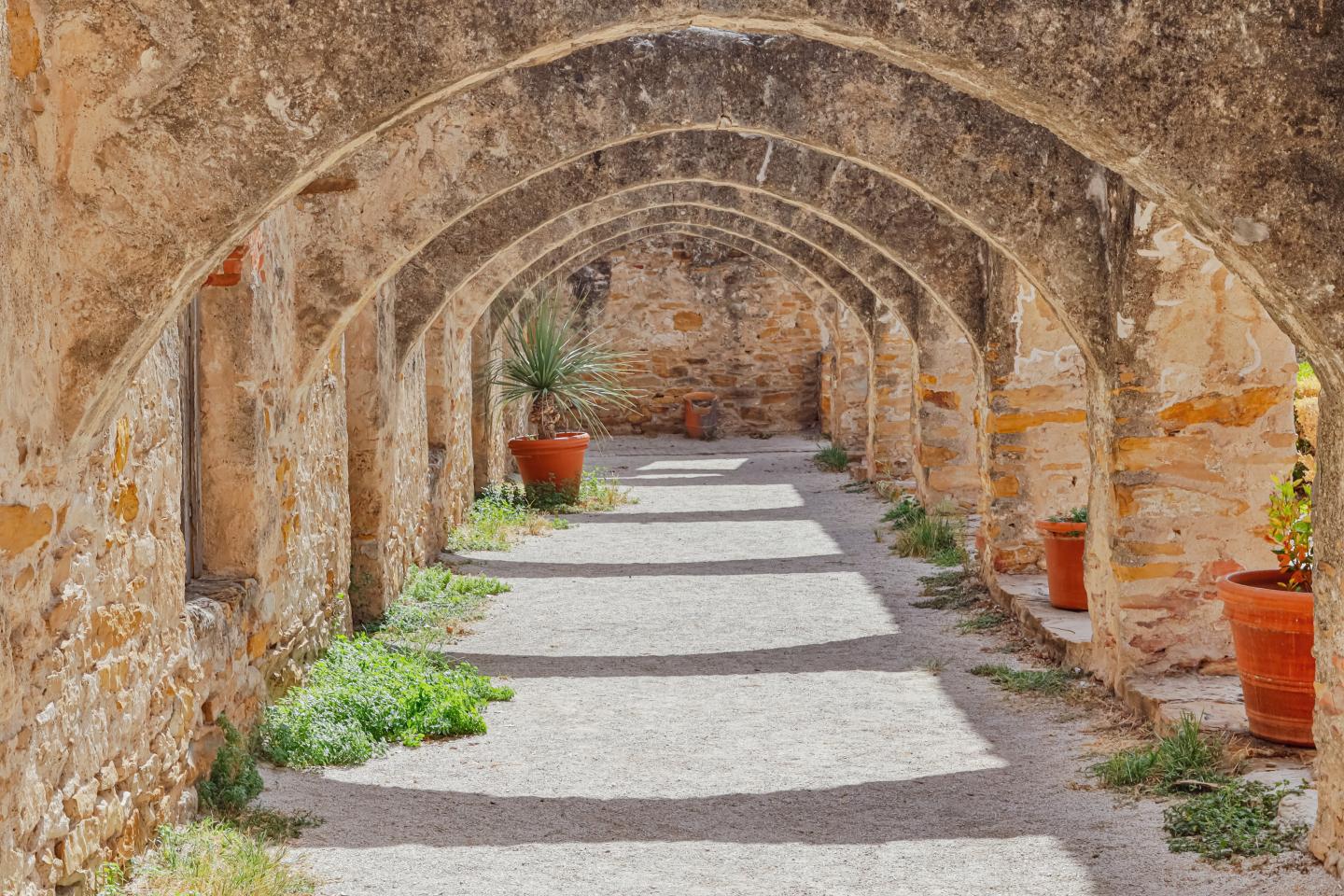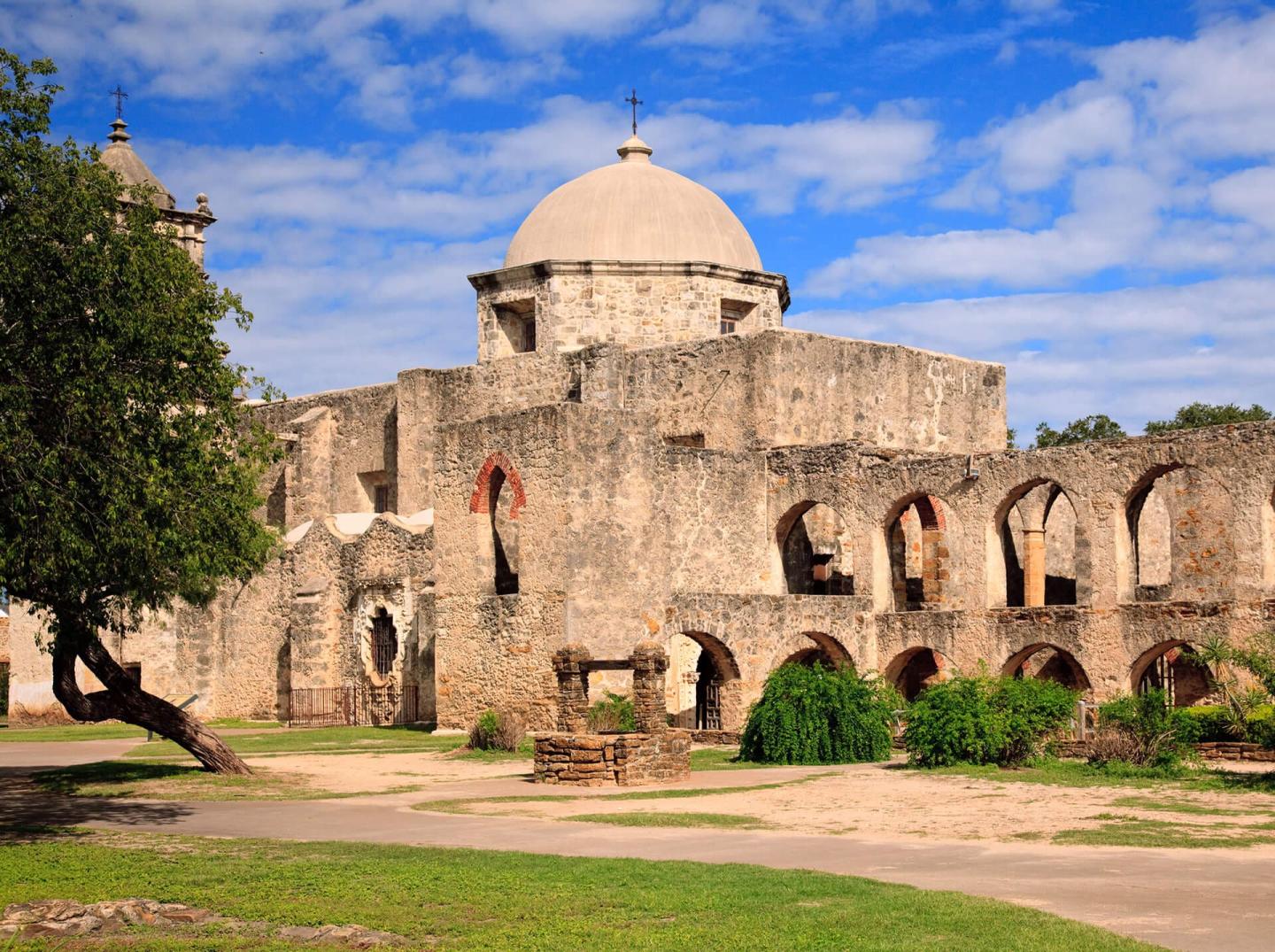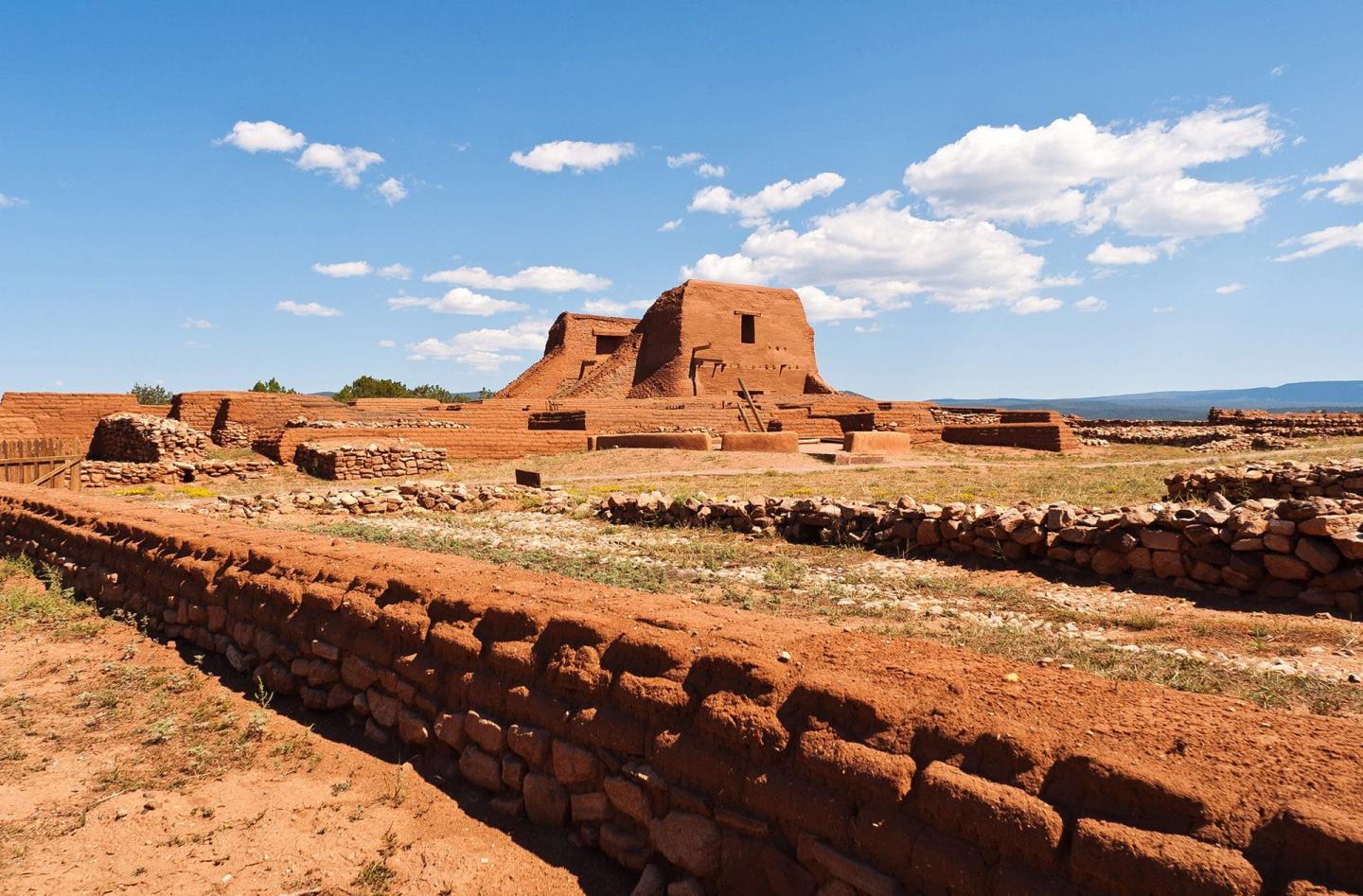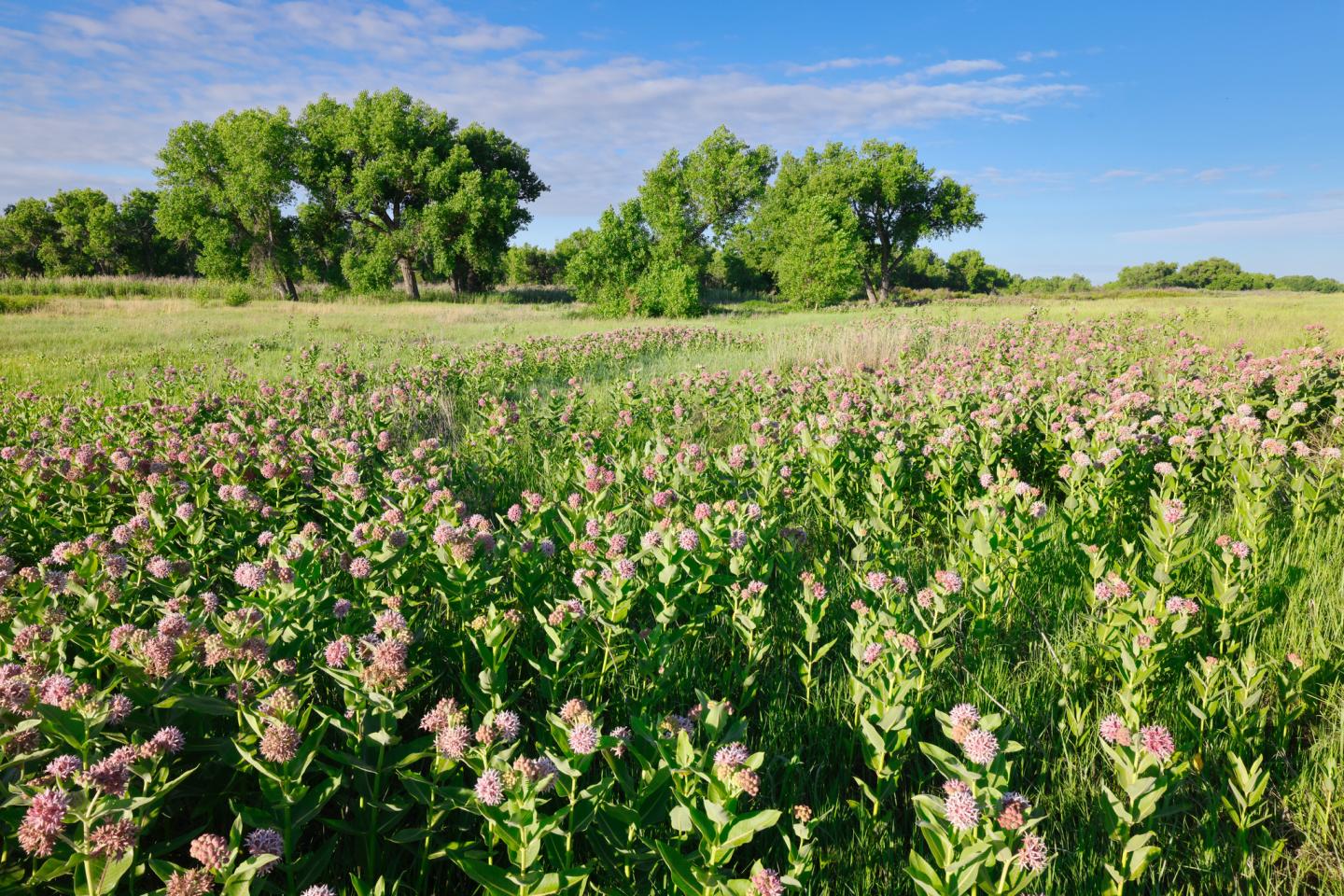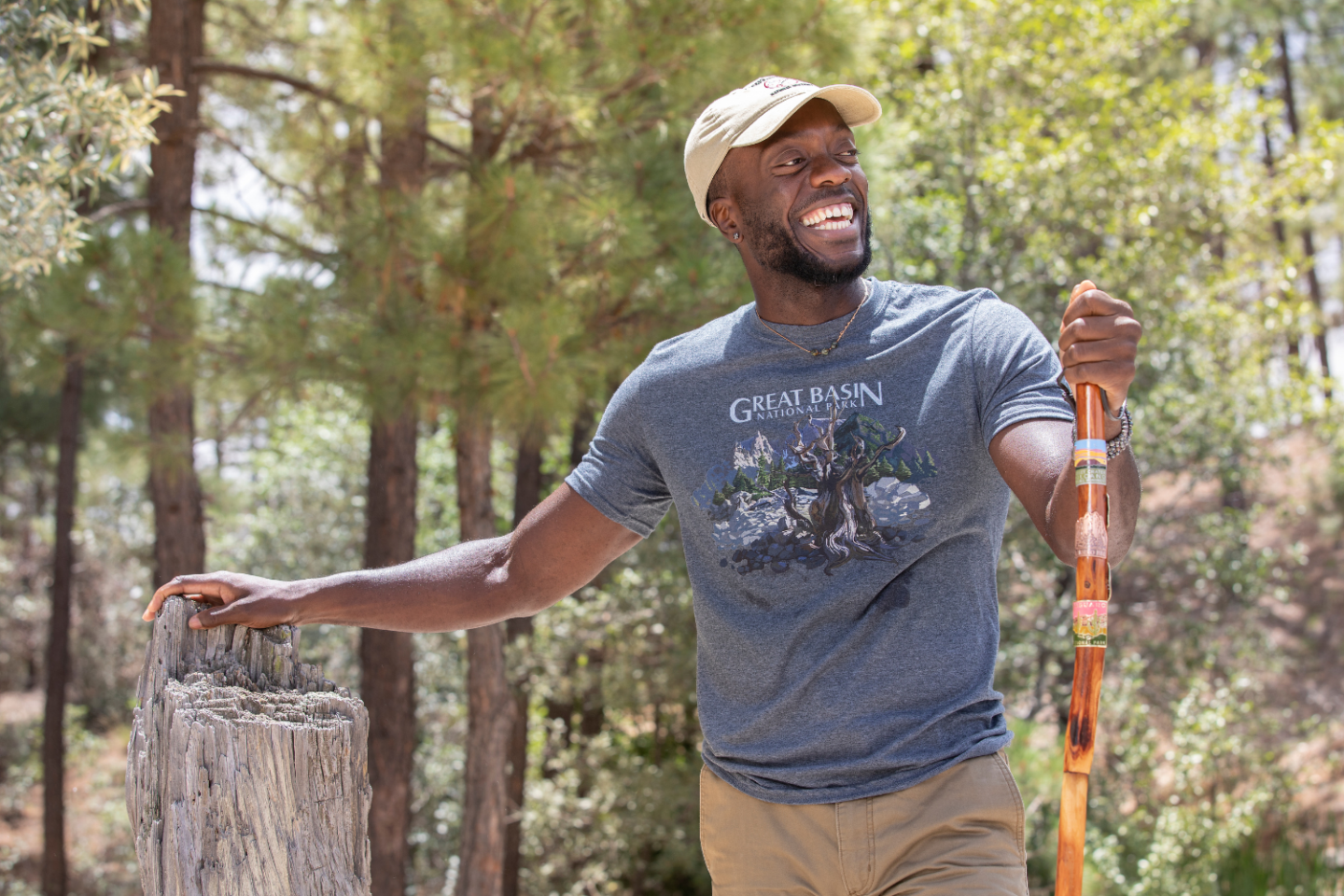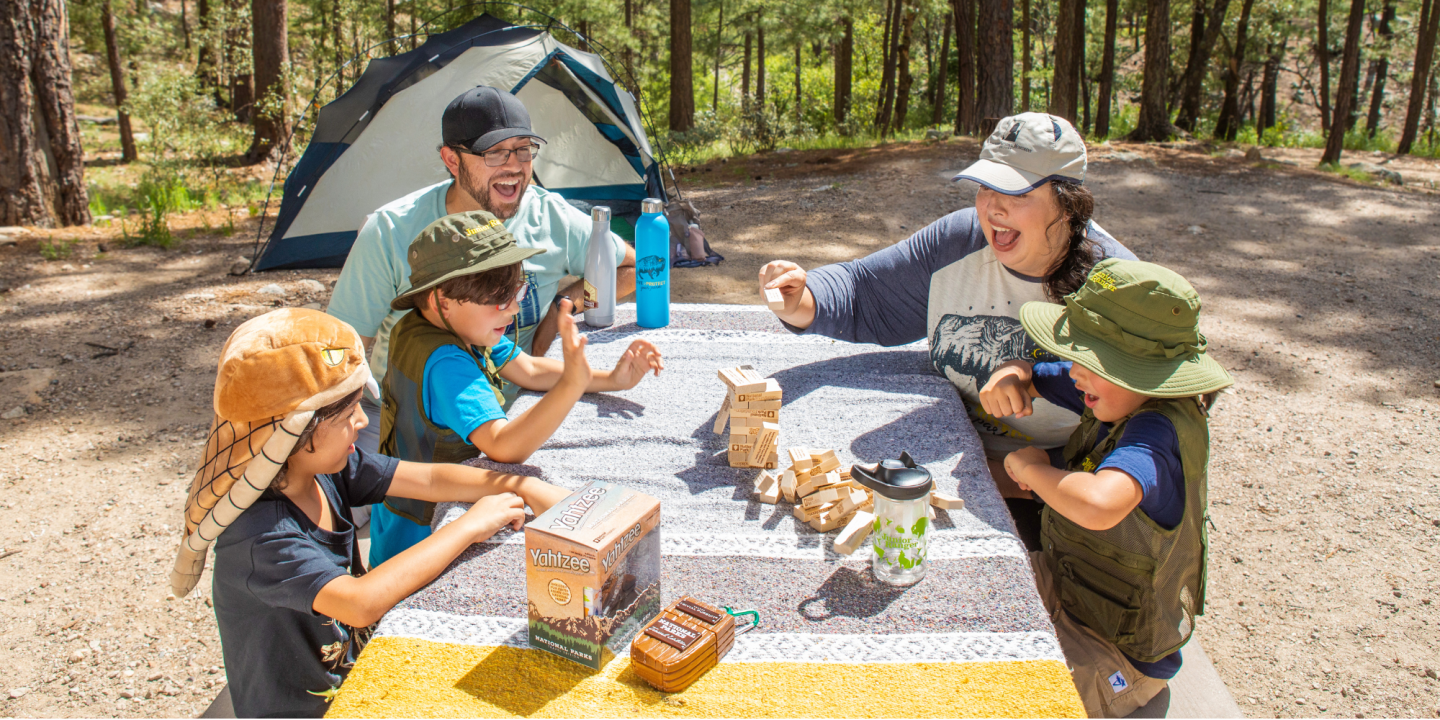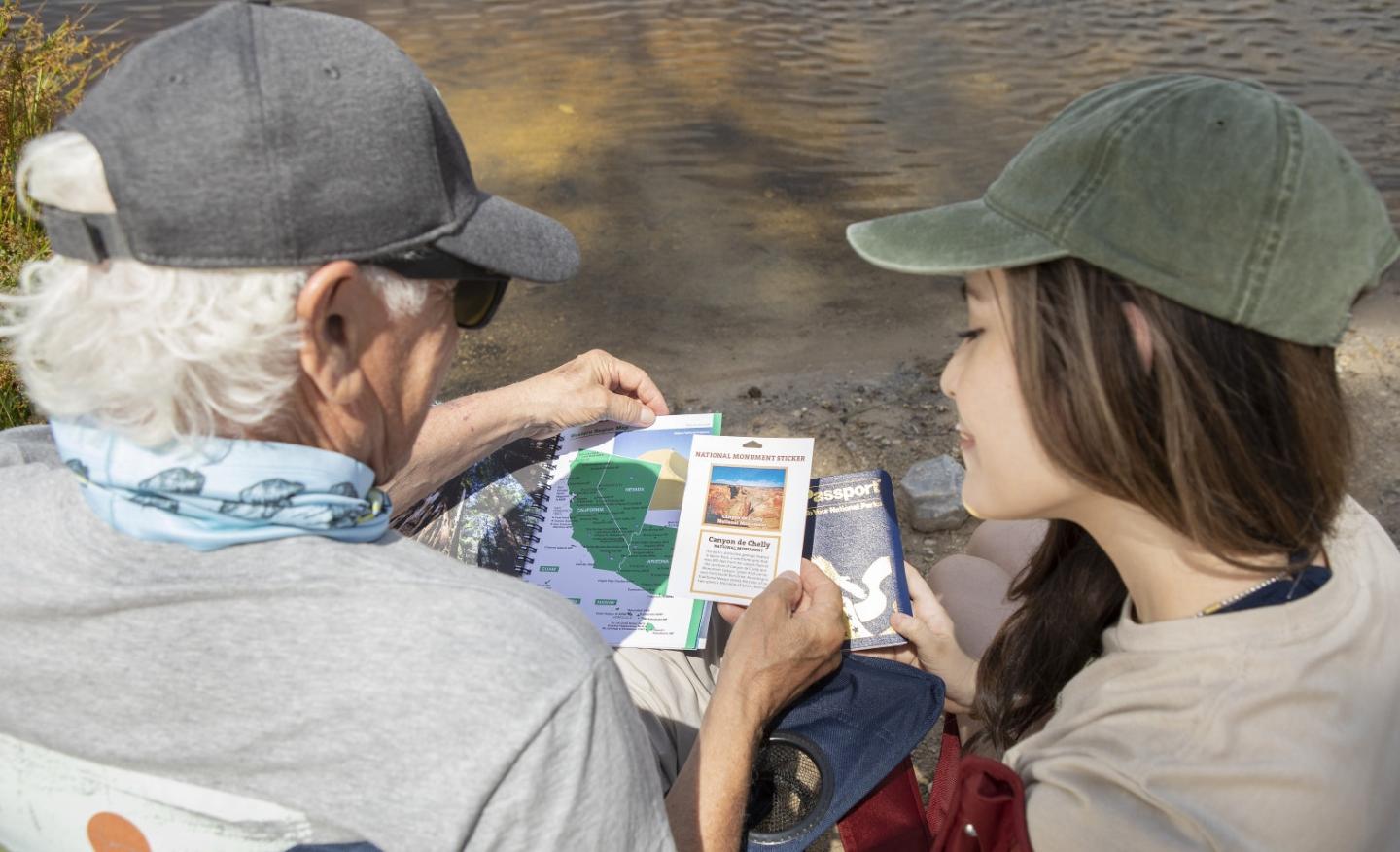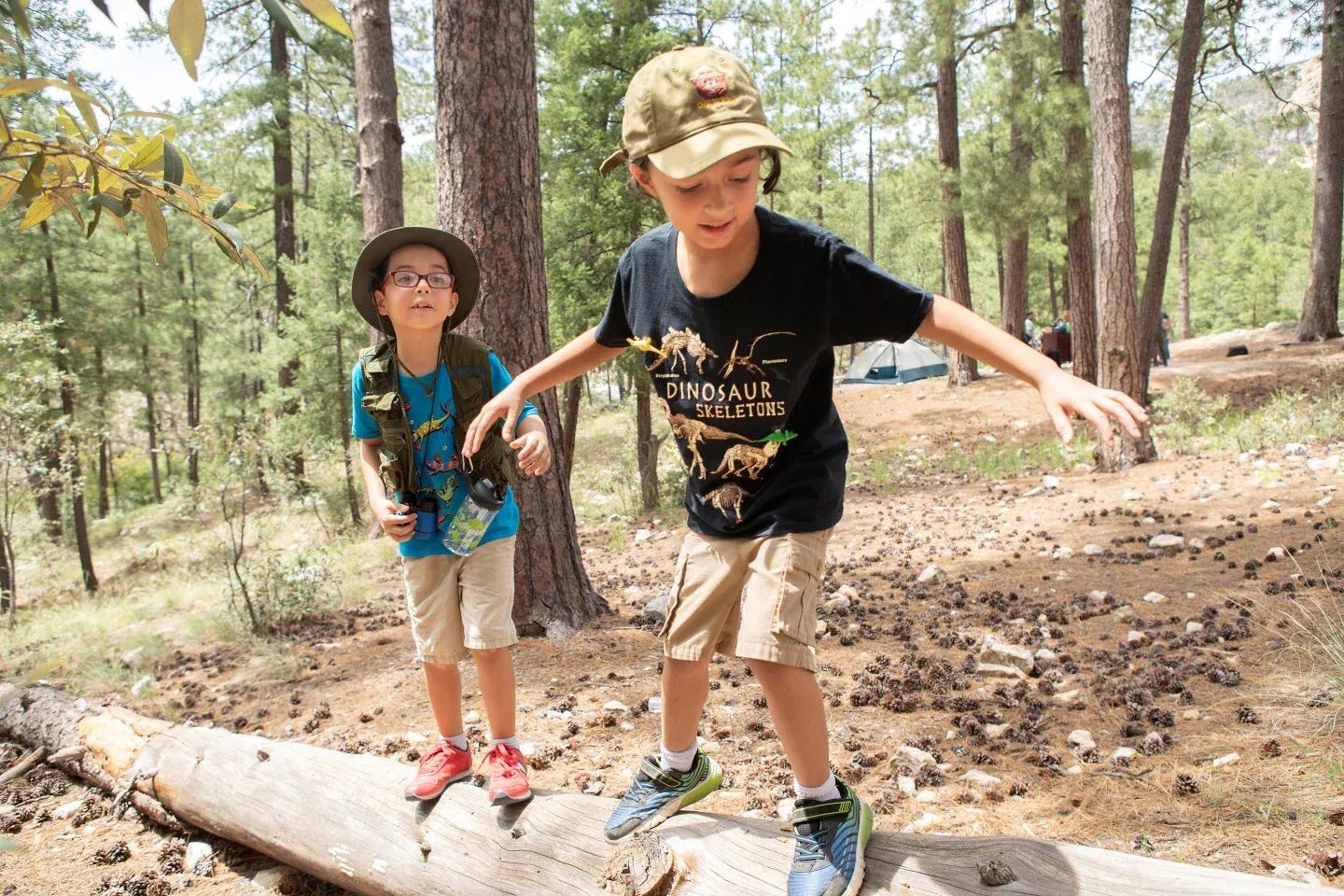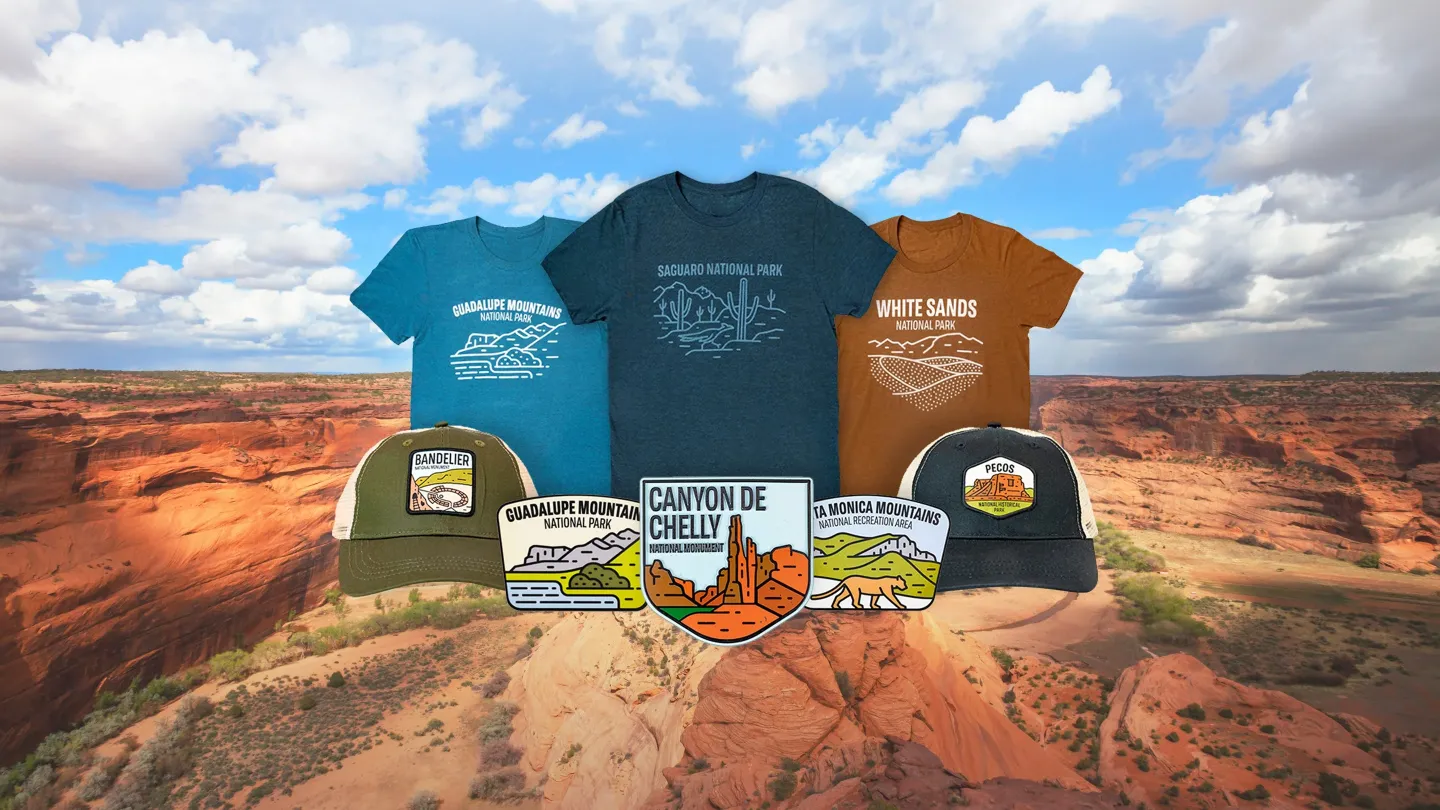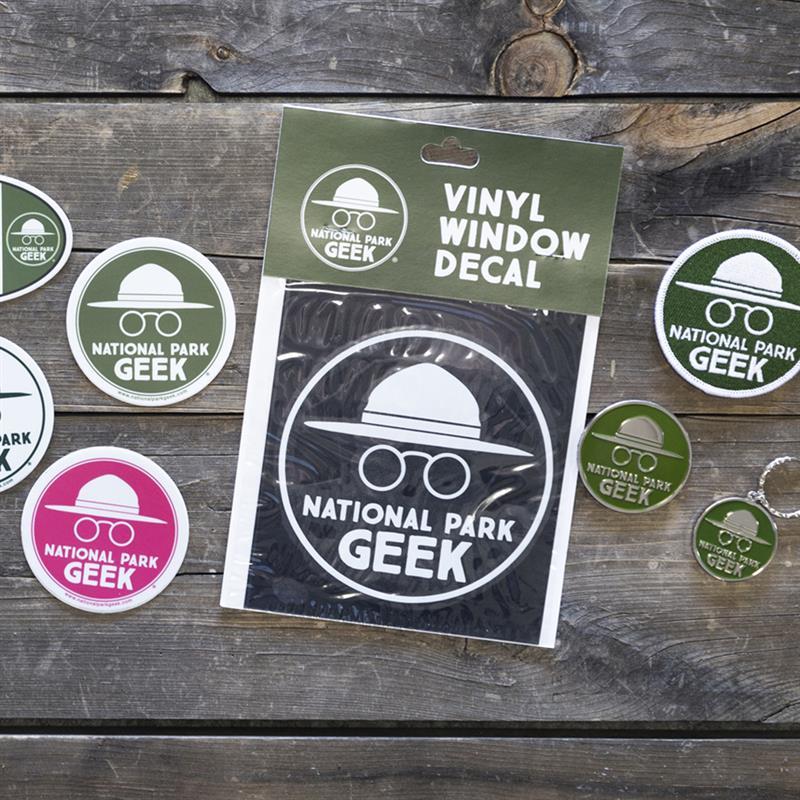
Bird watching

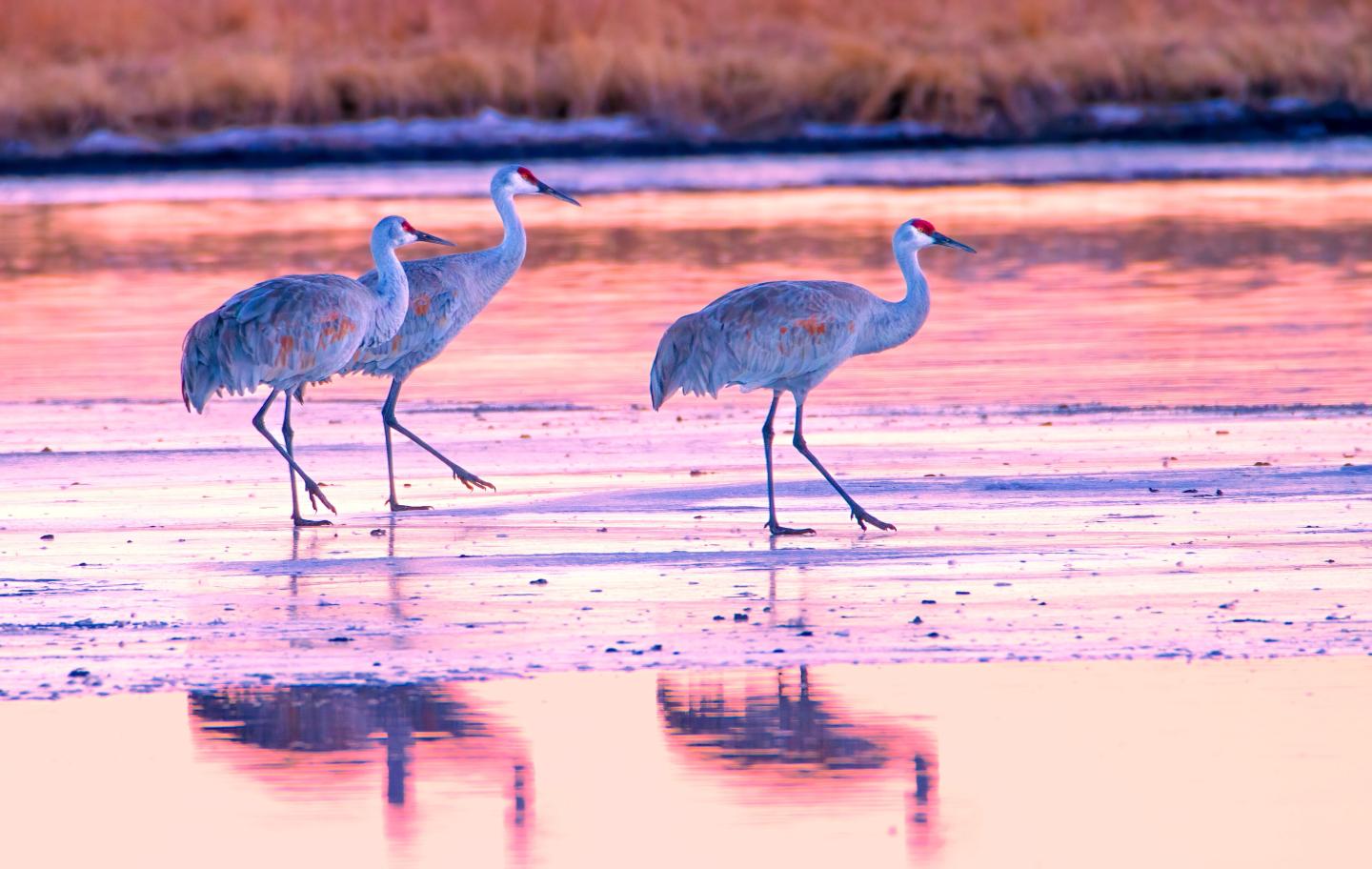
National parks are a birder's paradise.
Whether you're a seasoned birder, or just getting started, national parks are the perfect place to become more familiar with our feathered friends. With many of our parks providing year-round habitat to numerous species, and many others being along major migration routes, there's plenty of opportunity to connect with birds. And with the vibrant ecosystems that support them.
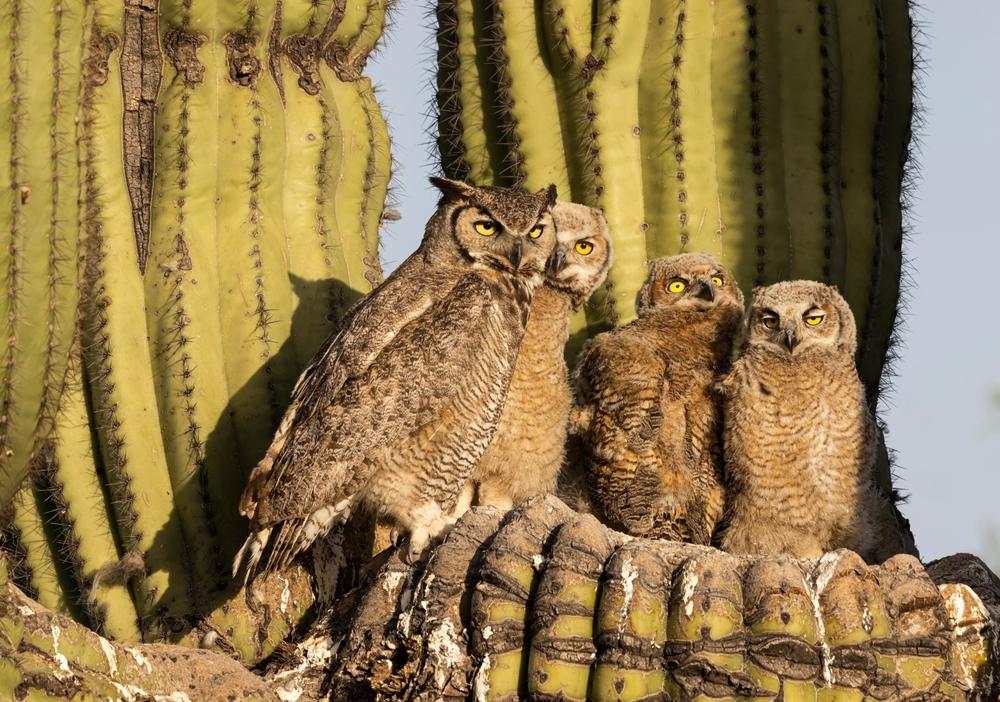
A bird in the hand.
The diversity of ecosystems across our parks means you'll find an equally diverse range of avian species, from birds of prey such as hawks and raptors, to songbirds like juncos and wrens. One of the best things about birding is that it forces you to slow down, be still, and stay quiet. In the process, you'll find yourself noticing more of what's happening in the natural world around you, and feeling more connected to these beautiful places.
A few things to consider
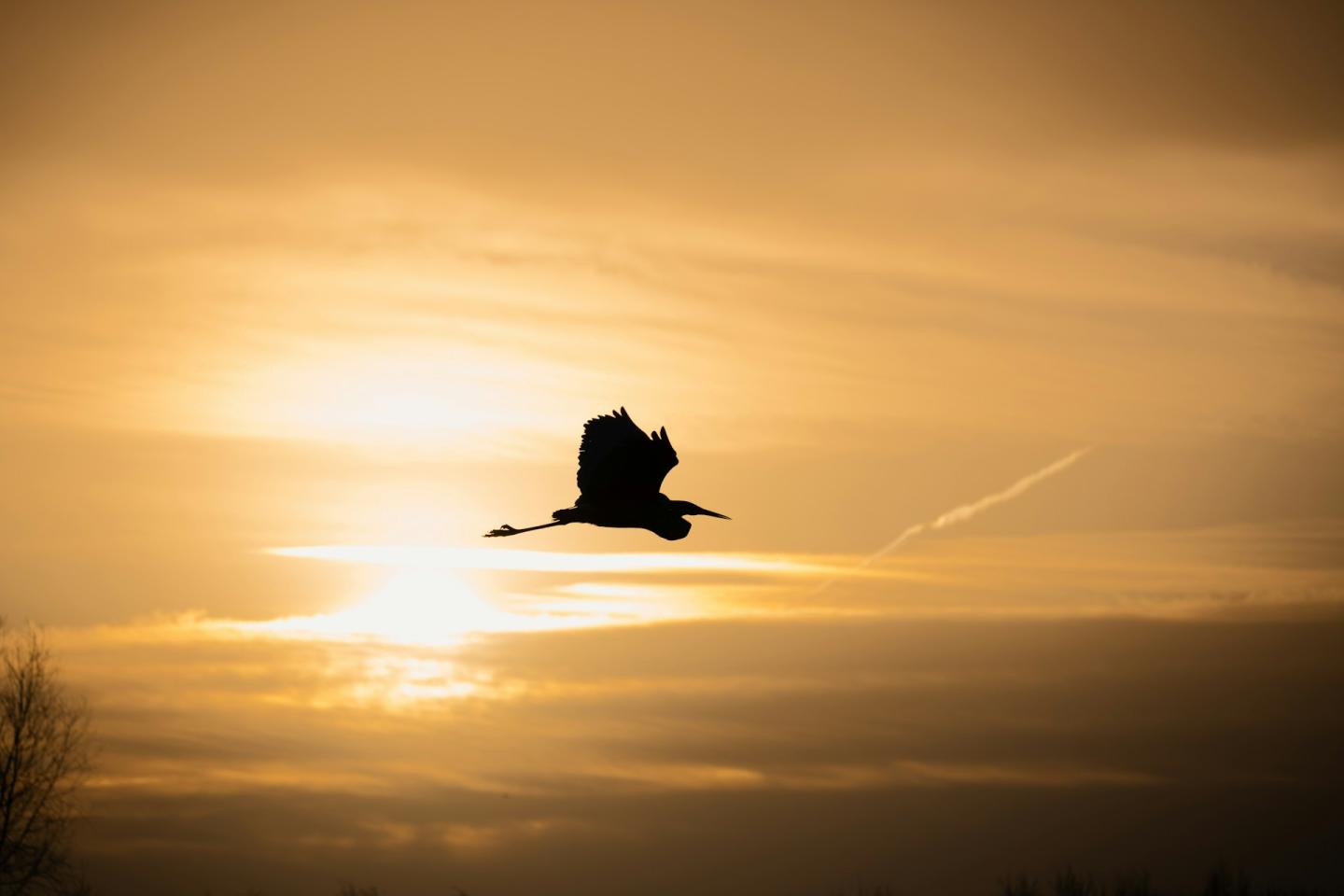
Arrive early for the best viewing
You've probably heard the saying "the early bird gets the worm." Well, it's true, and it's also why the early-to-rise birdwatcher sees the most birds.
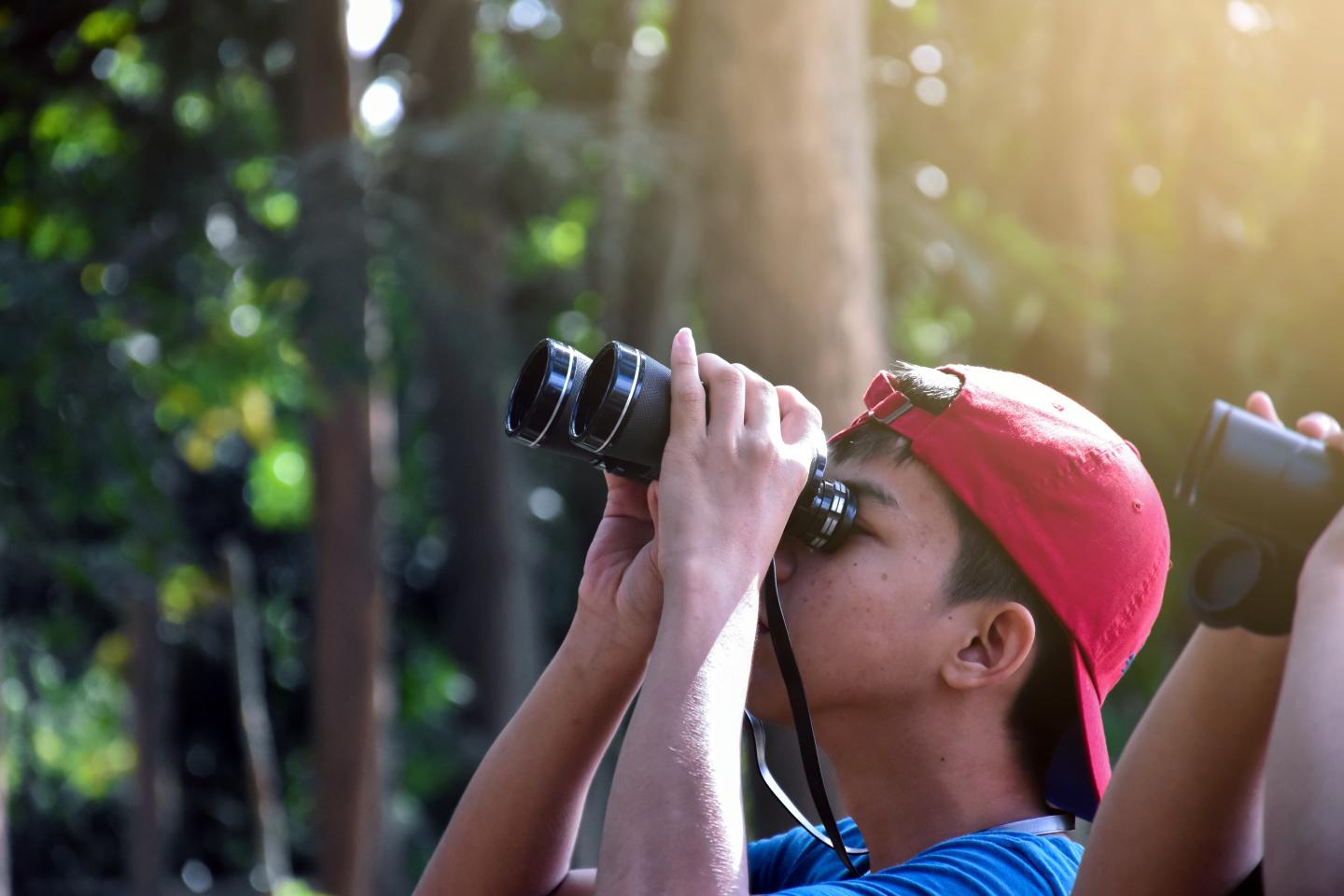
Don't forget your binoculars.
You don't need anything fancy; even a basic set will greatly increase your chances of spotting birds. And give you so much more to look at once you do.
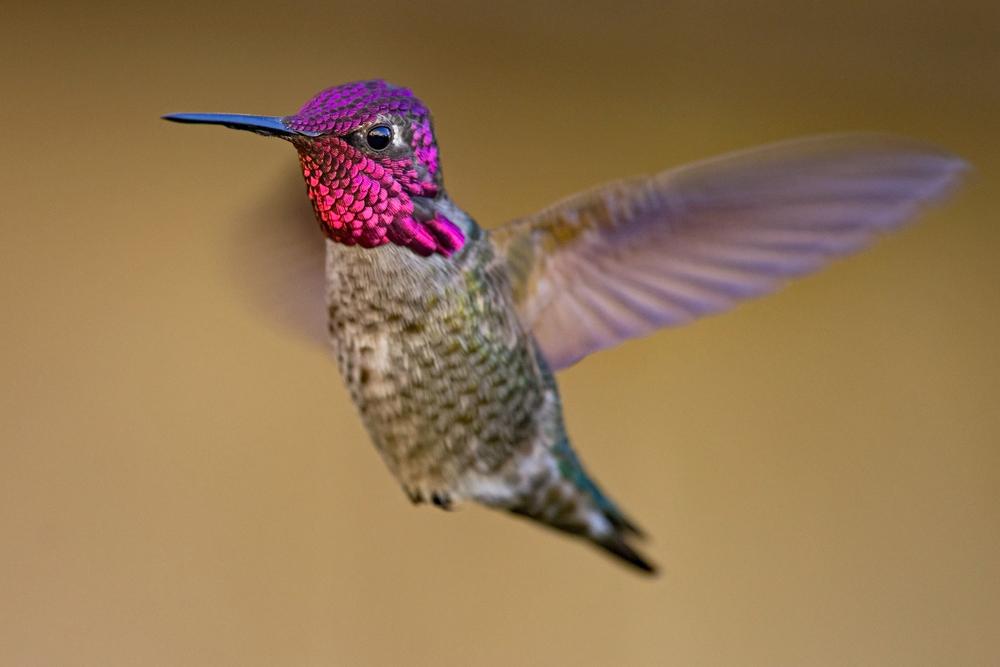
Do some research
Which species are common to a specific park, and which are less likely (but still possible) to be seen? Learn the names of at least three common species and try to find them.

Bring a notebook
Bring a notebook for recording any sightings and other observations. Feel free to take note of anything that strikes your fancy; after all, there's more to life than birds.

Keep your snacks for yourself
While it's certainly tempting to feed the birds, please keep your snacks for yourself, and let them continue to nourish themselves from the surrounding landscape, just as they have for millennia.
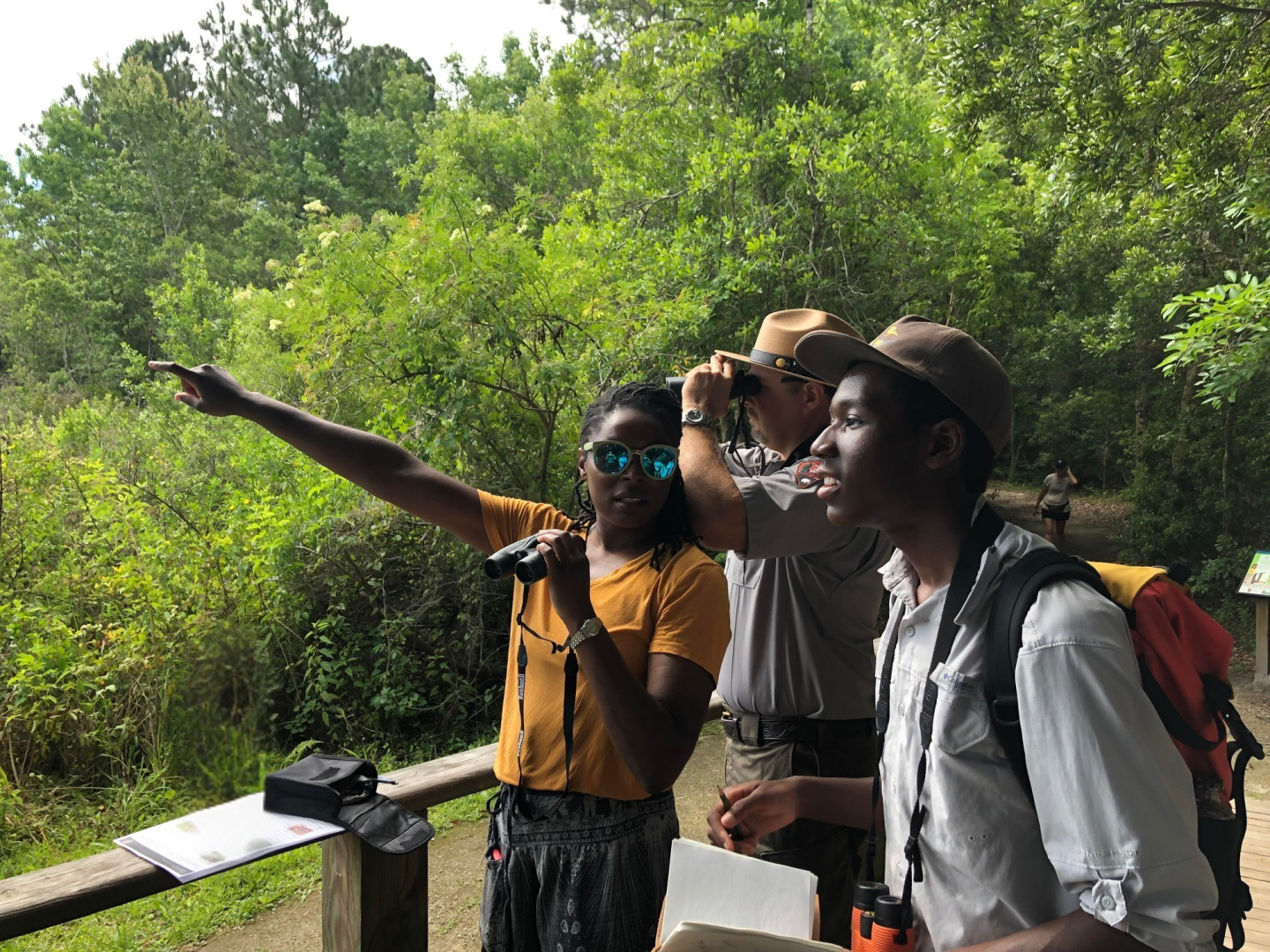
Find a program
If you're new to birding (or even if you're not), you might like to join a ranger-led group to learn more about the local bird population. Check with the specific parks you're visiting to find out what they offer.
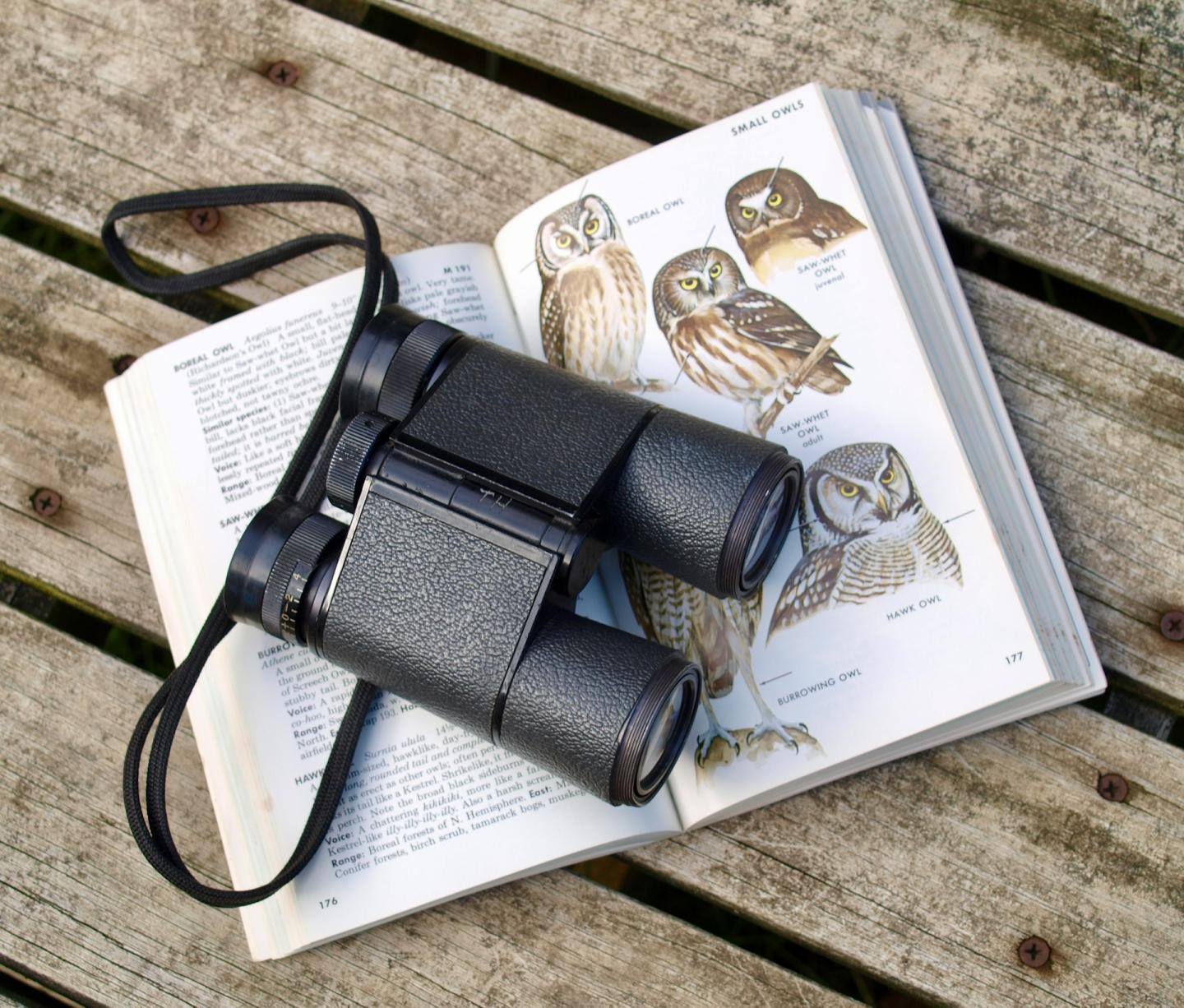
Grab a guidebook
A good, regional guidebook will not only help you identify bird species, but also teach you lots about how they live.
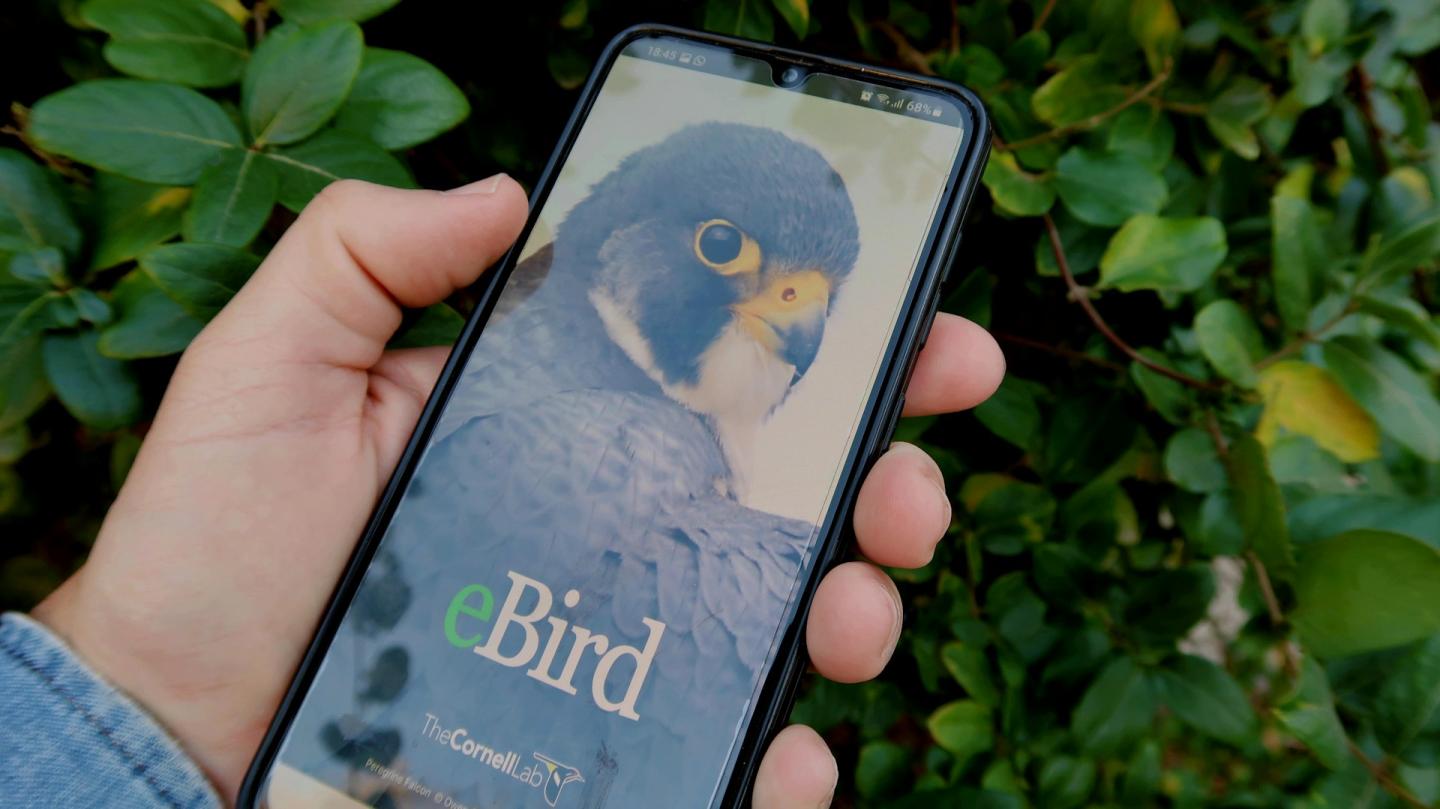
Download a mobile app
Although it can't replace a printed guidebook, a mobile app can help identify specific bird calls, while helping you learn more about each species you spot.
So many birds. So many parks.
It's hard to find a national park without a few feathered friends chirping nearby. However, some parks are known for their incredible diversity in bird species. Here are a few that should be on the top of every birder's list.
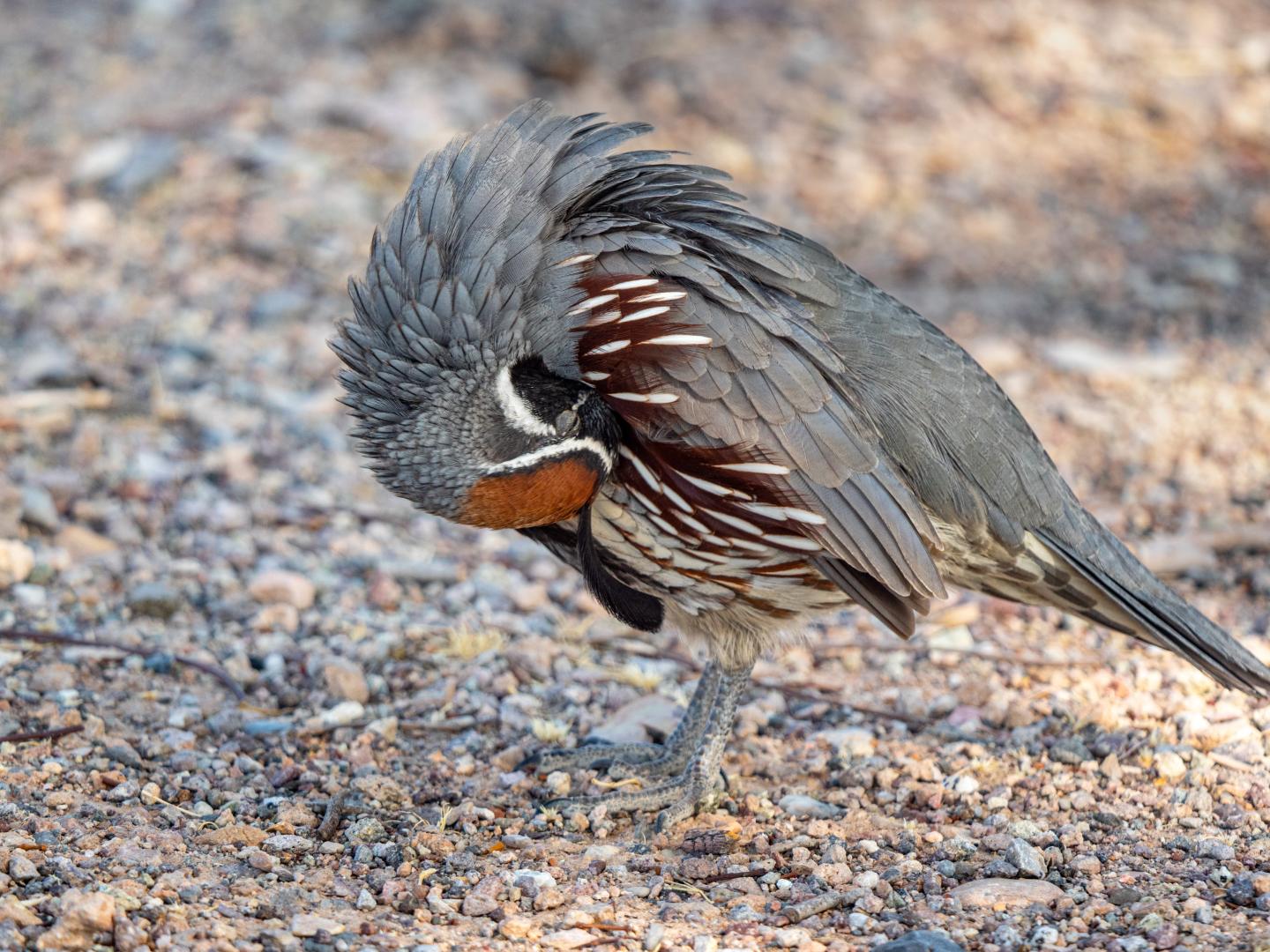
Lake Mead National Recreation Area
It's hard to find a national park without a few feathered friends chirping nearby. However, some parks are known for their incredible diversity in bird species. Here are a few that should be on the top of every birder's list.
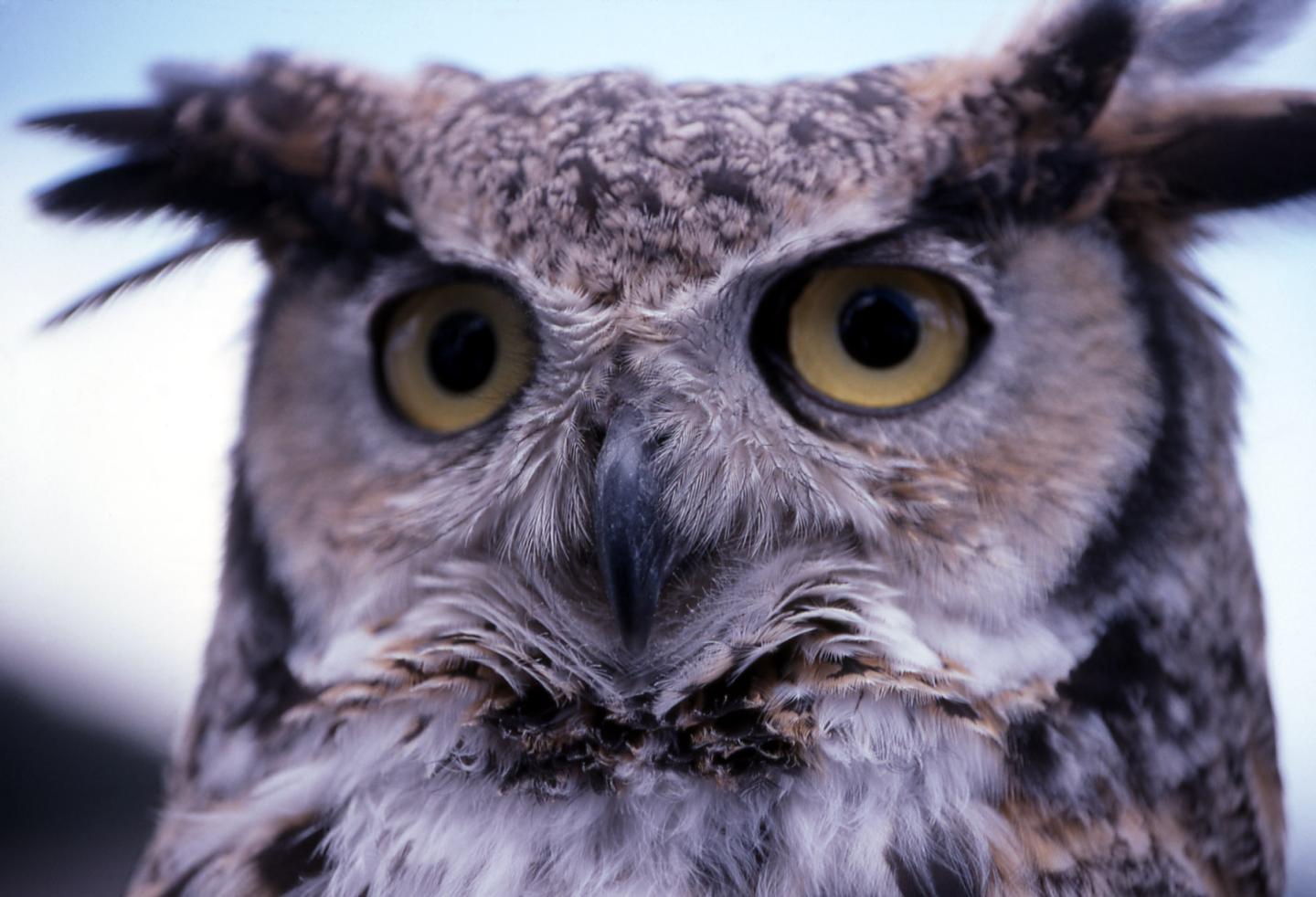
Carlsbad Caverns National Park
Sure, there are bats here. But there are birds, too, and plenty of them! From ladder-backed woodpeckers to great-horned owls, Carlsbad features birds both big and small all year long.
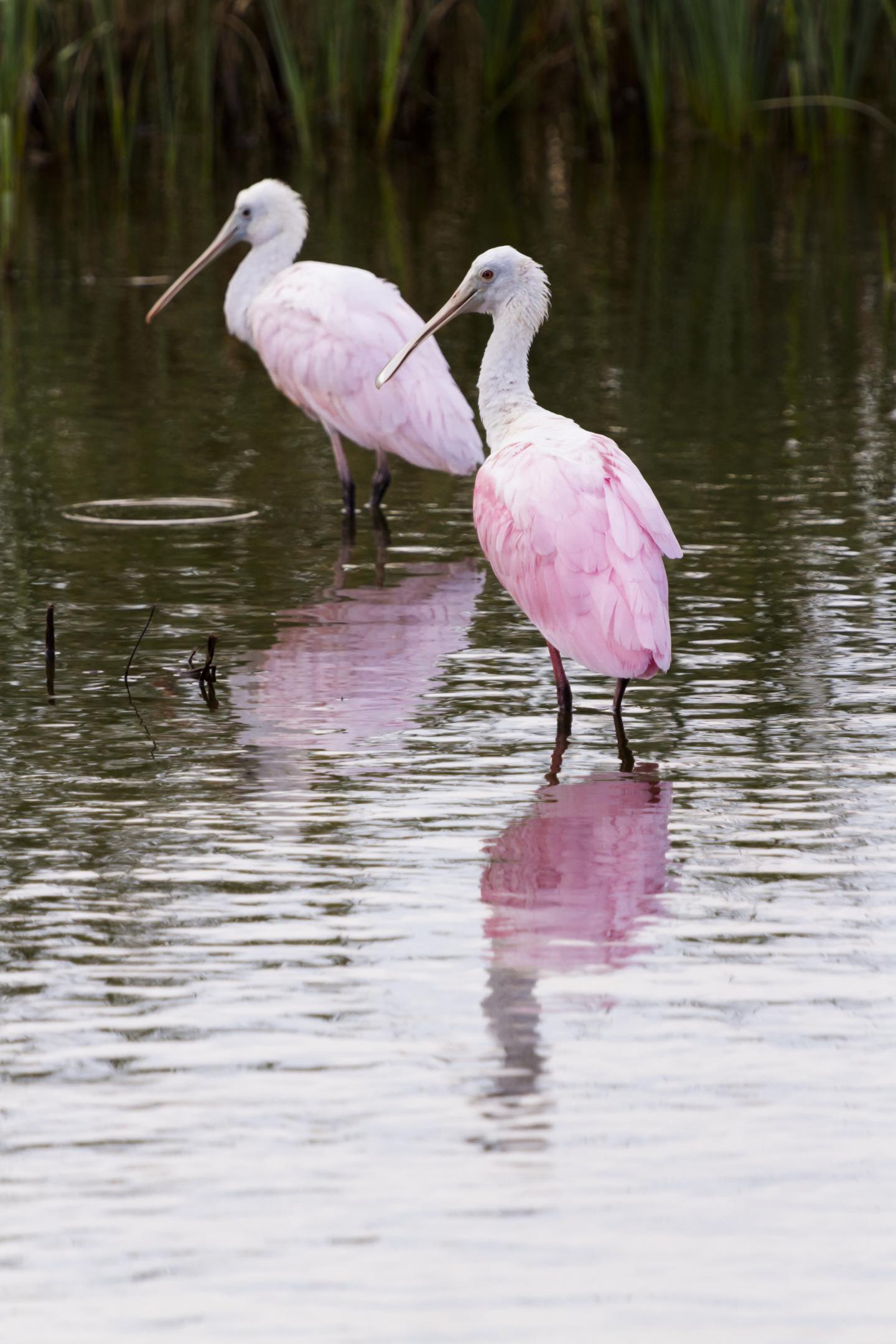
Padre Island National Seashore
Padre Island might be known for its serene beaches and the protection of the endangered Kemp's ridley sea turtle, but it is also home to hundreds of unique bird species.
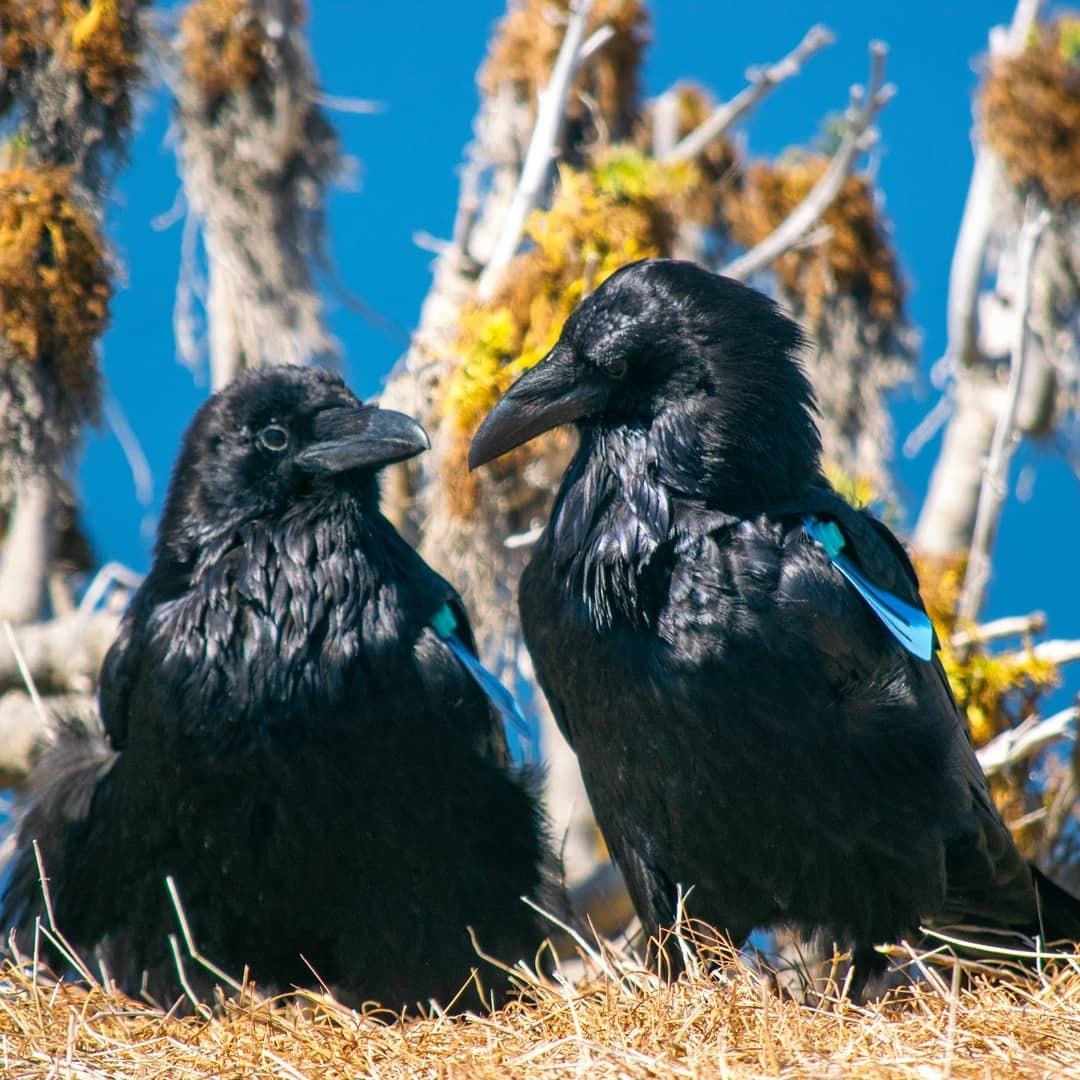
Channel Islands National Park
This island park is known for protecting the nesting grounds of both land and water fowl alike! Birds of all colors and sizes will amaze you whether they're over the water or in the trees.
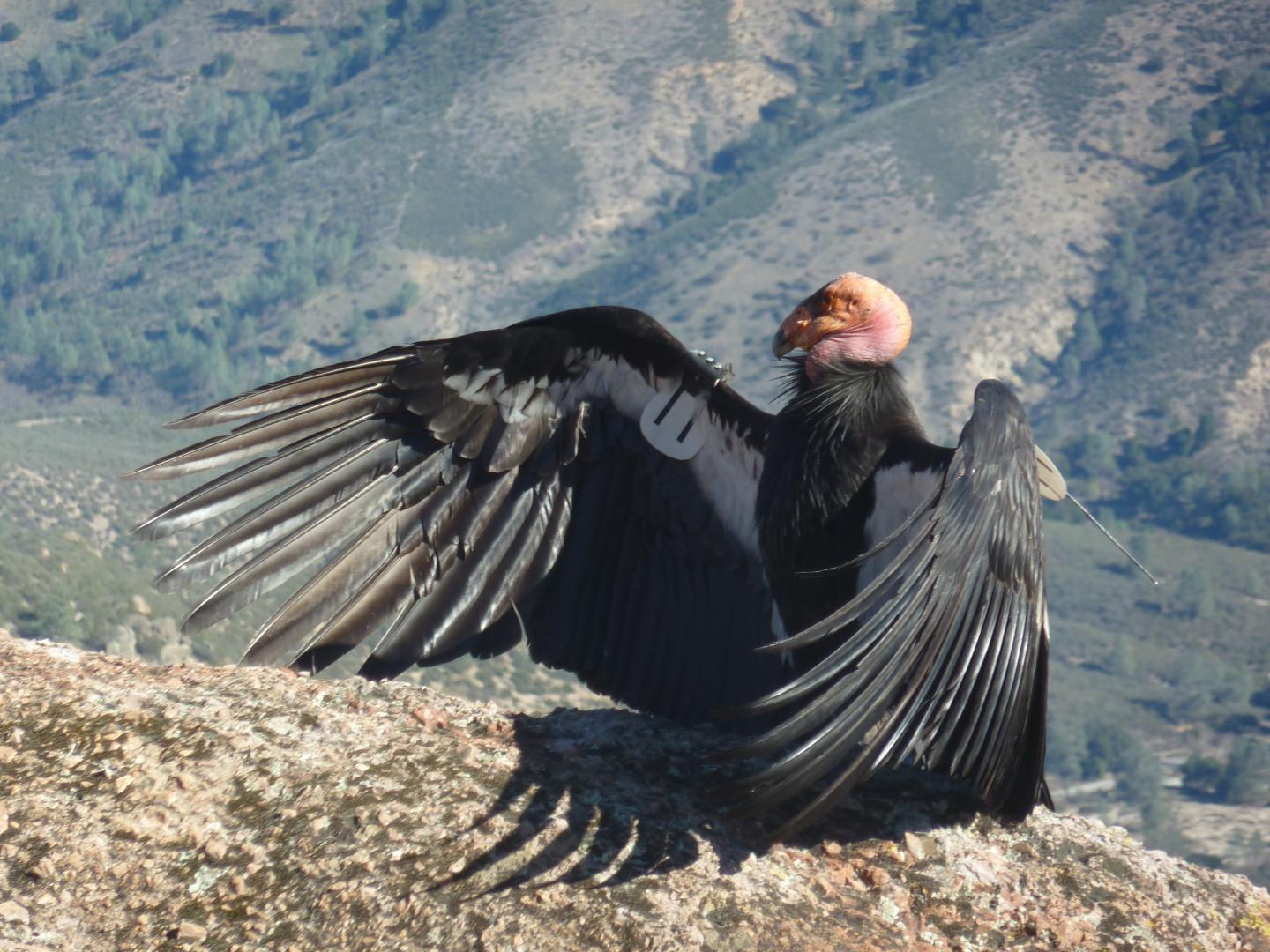
Pinnacles National Park
While Pinnacles may not have the most bird species, its featured bird, the California condor, certainly makes it a must-visit. The park is integral to preserving this endangered species.
Explore parks for bird watching
National parks are a birder's paradise. Whether you're an experienced birder, or a never-ever, there's no better place to get closer to birds than our partner parks.
Legend
- Partner Park
- Gateway City



